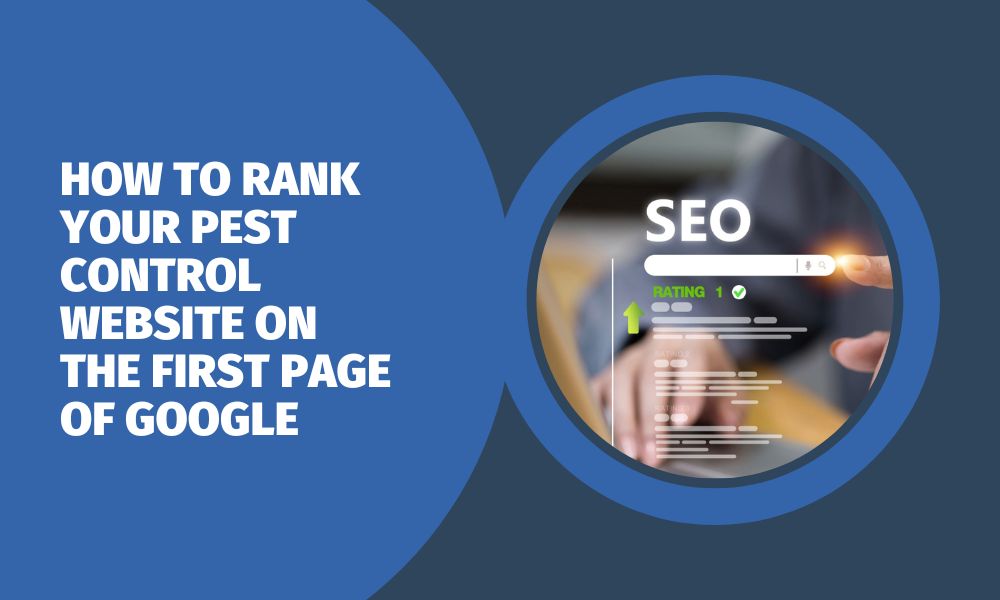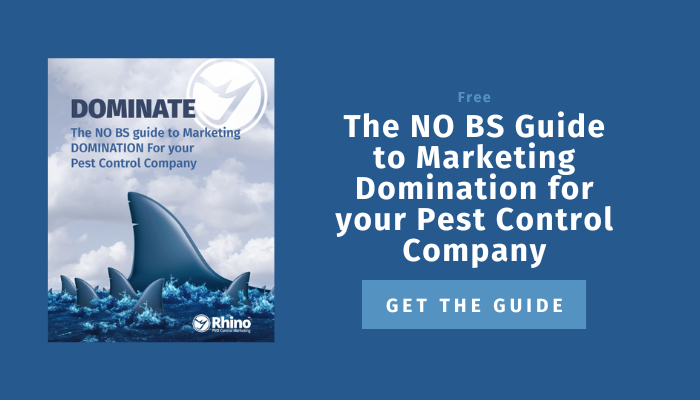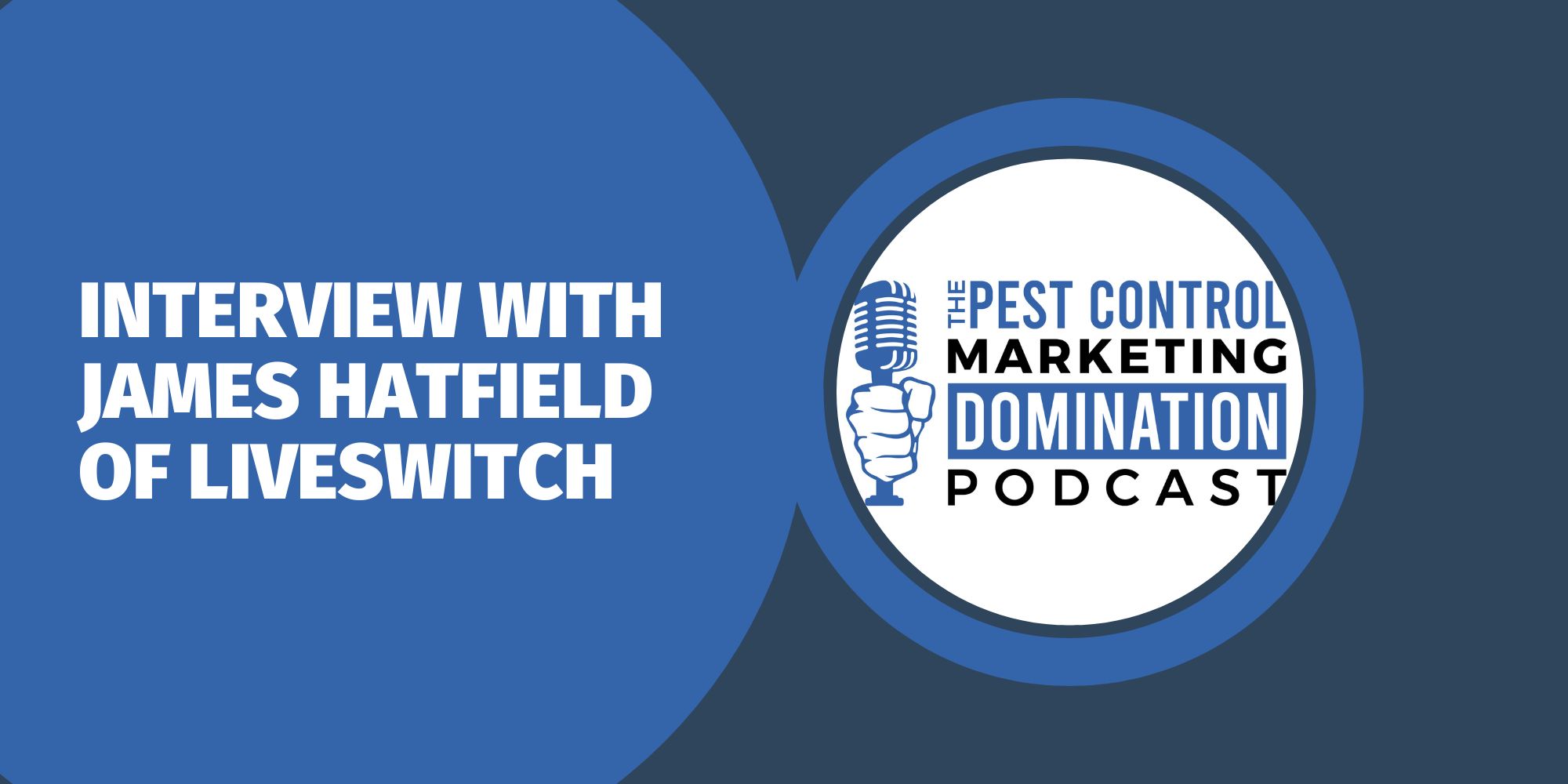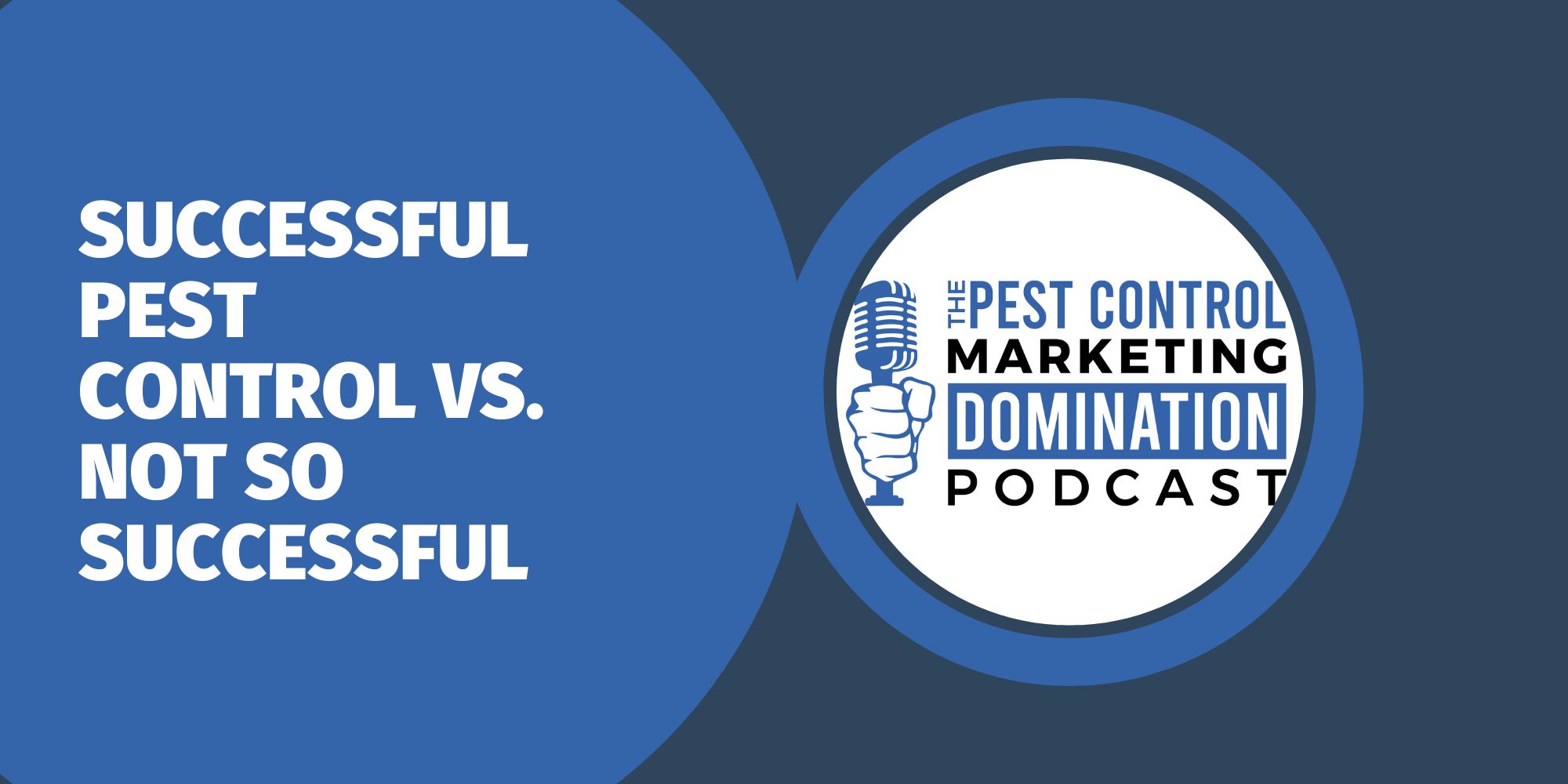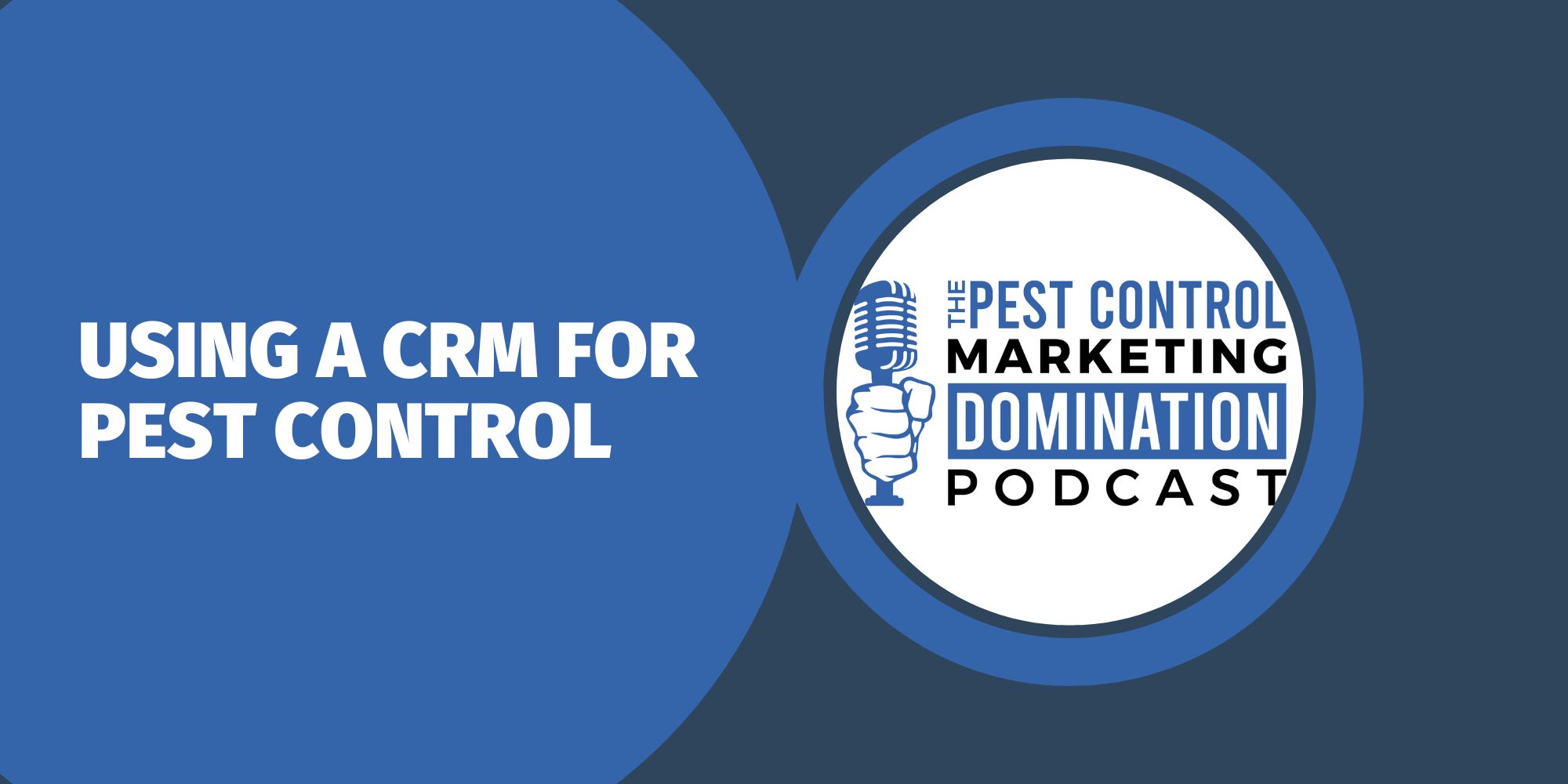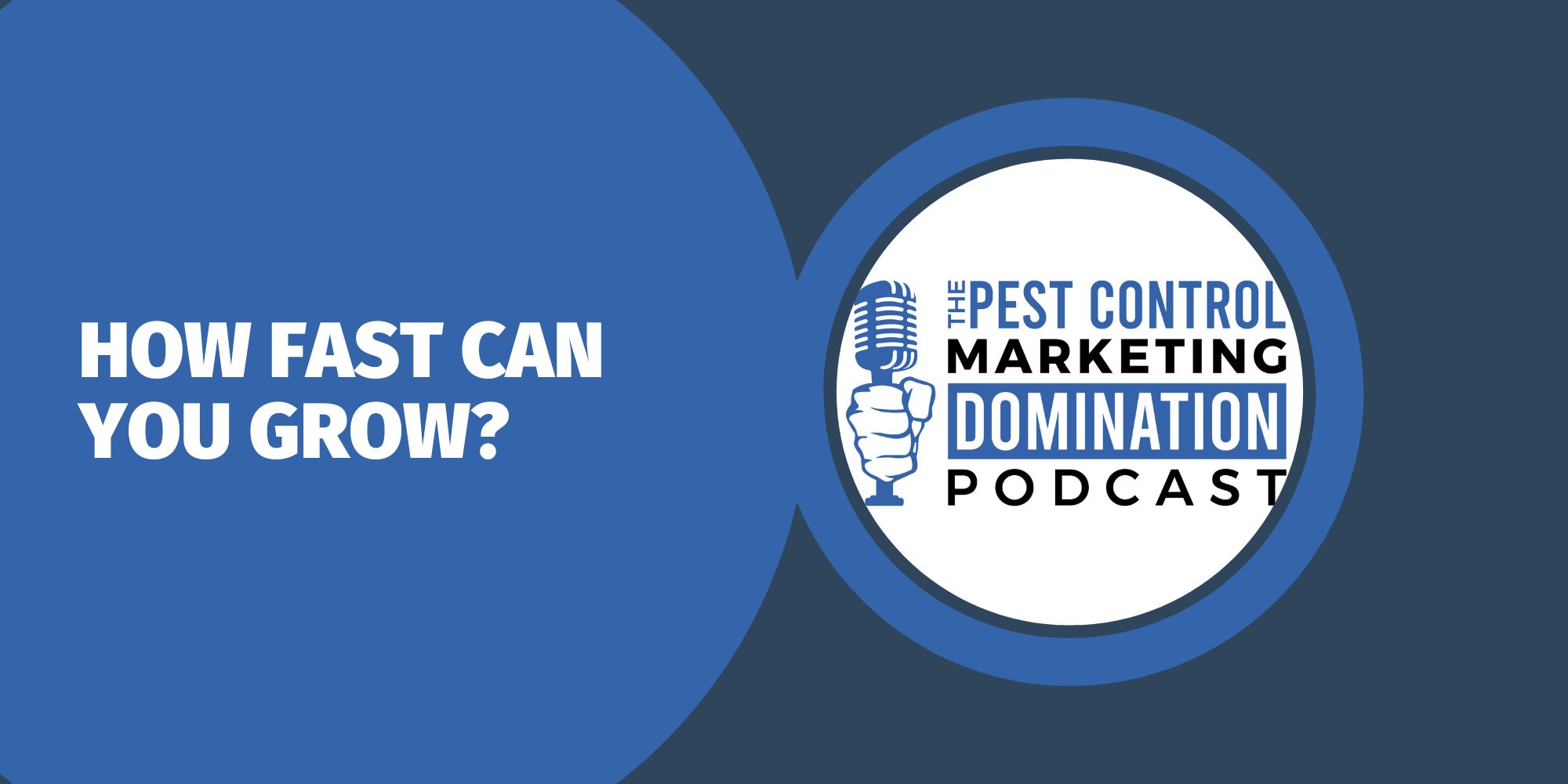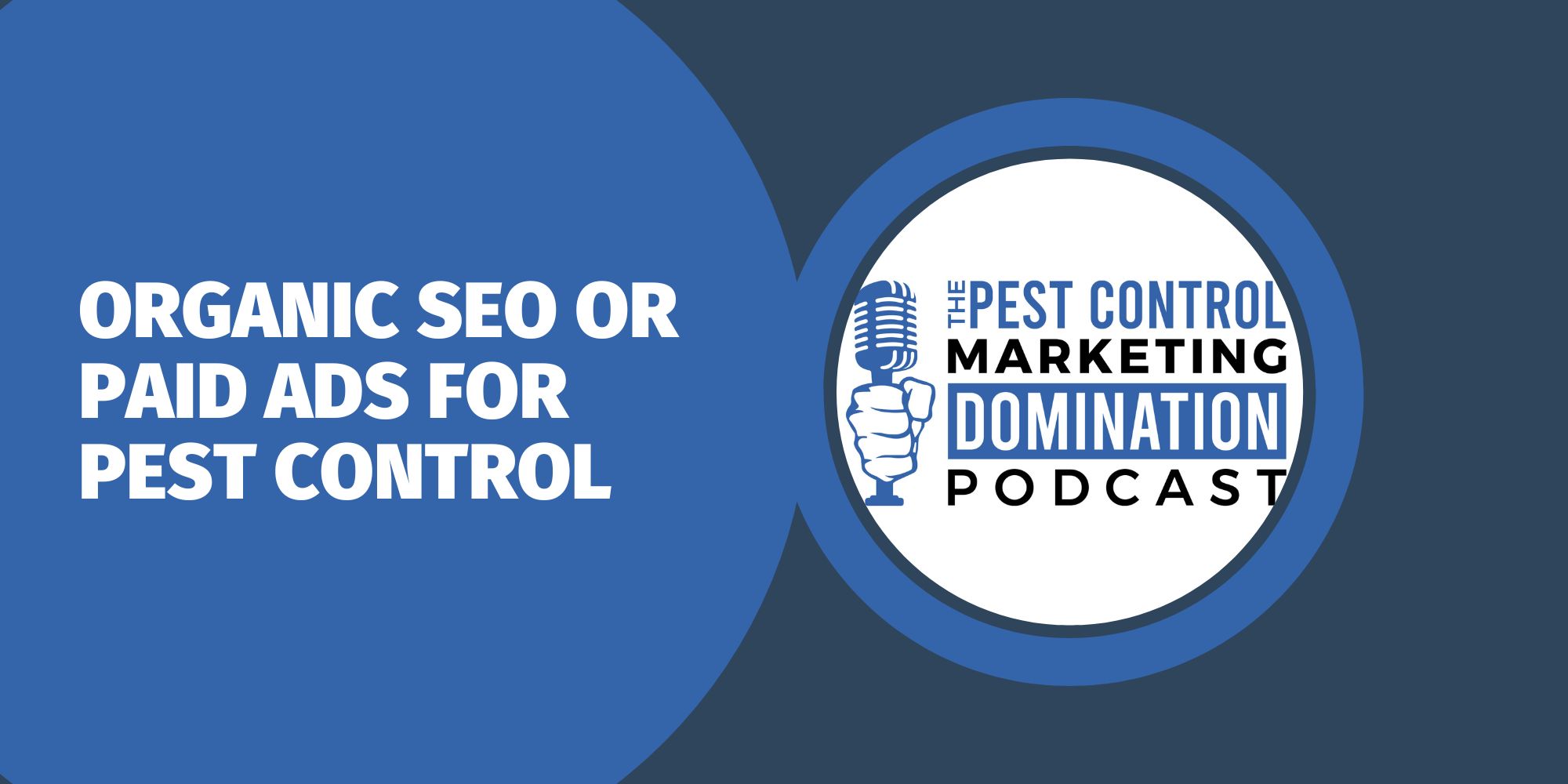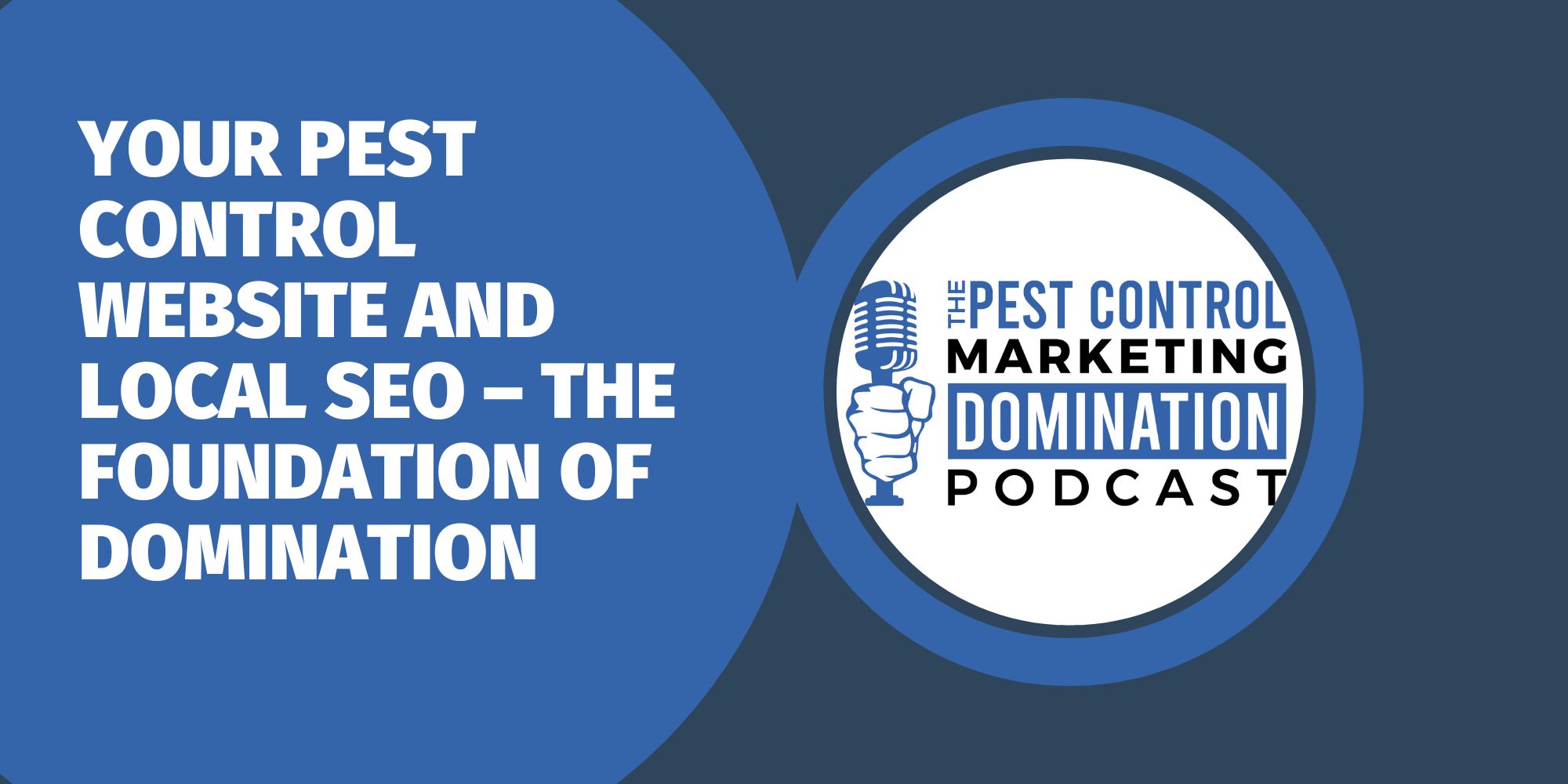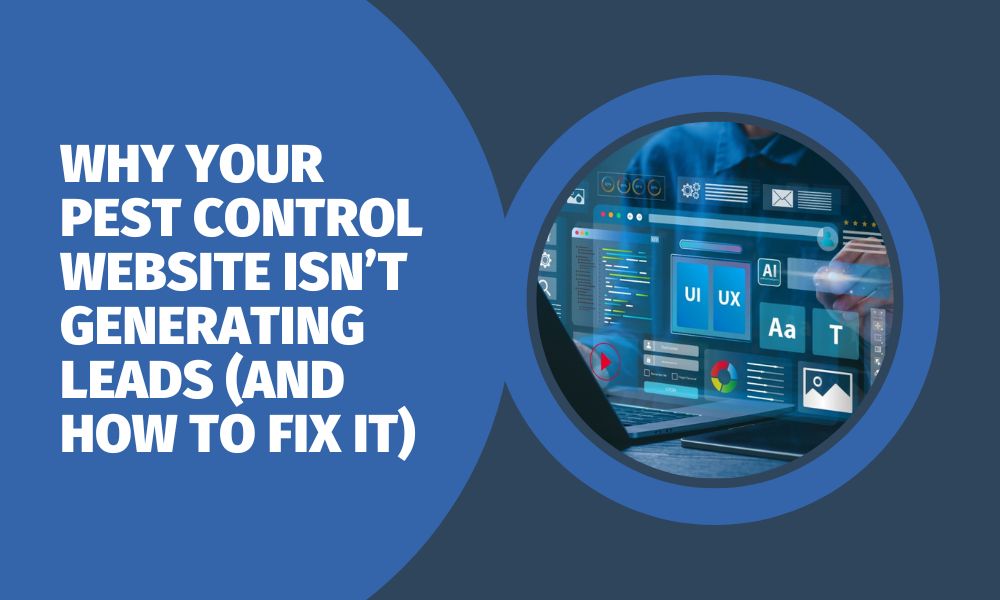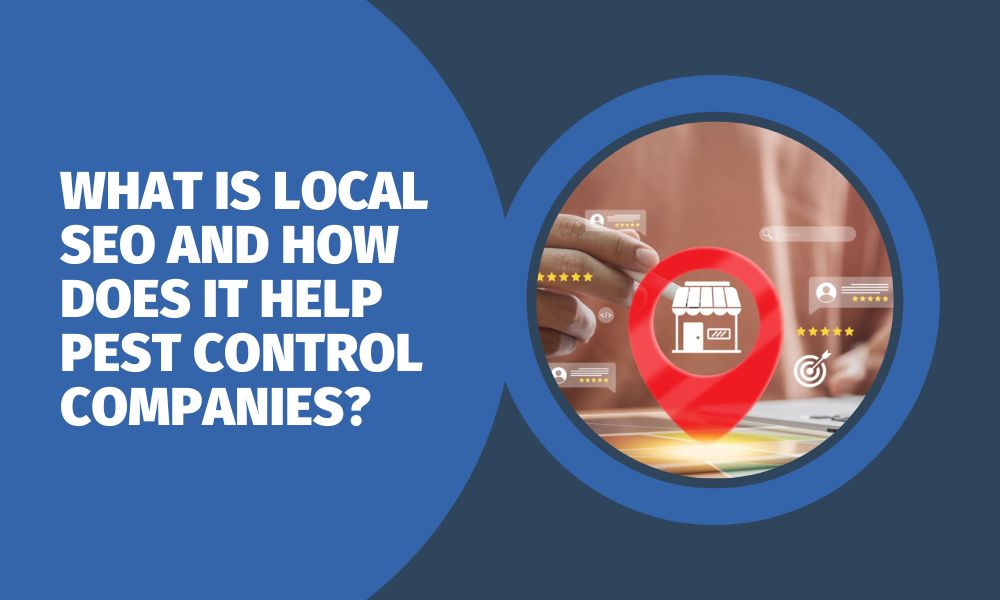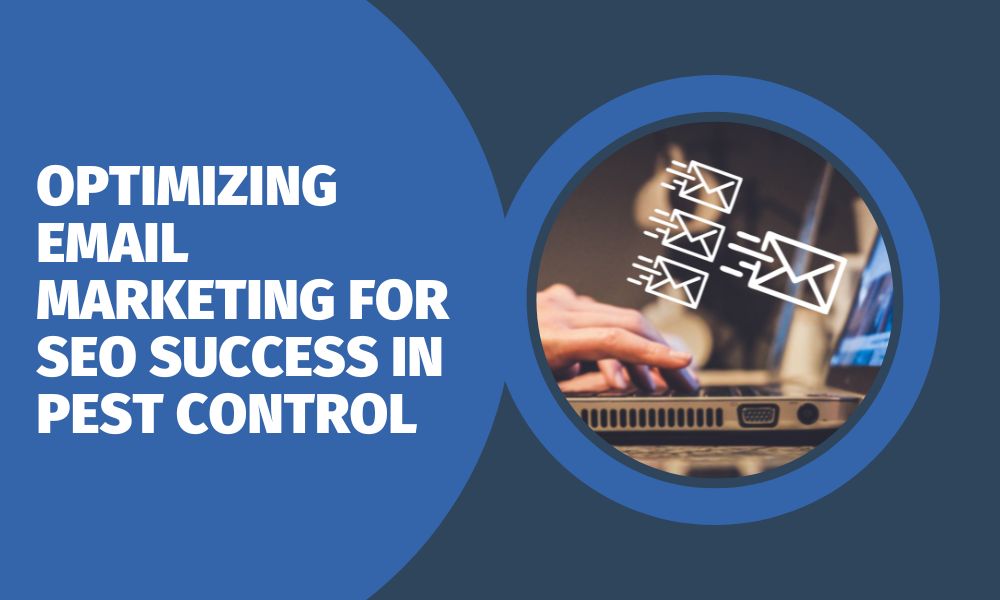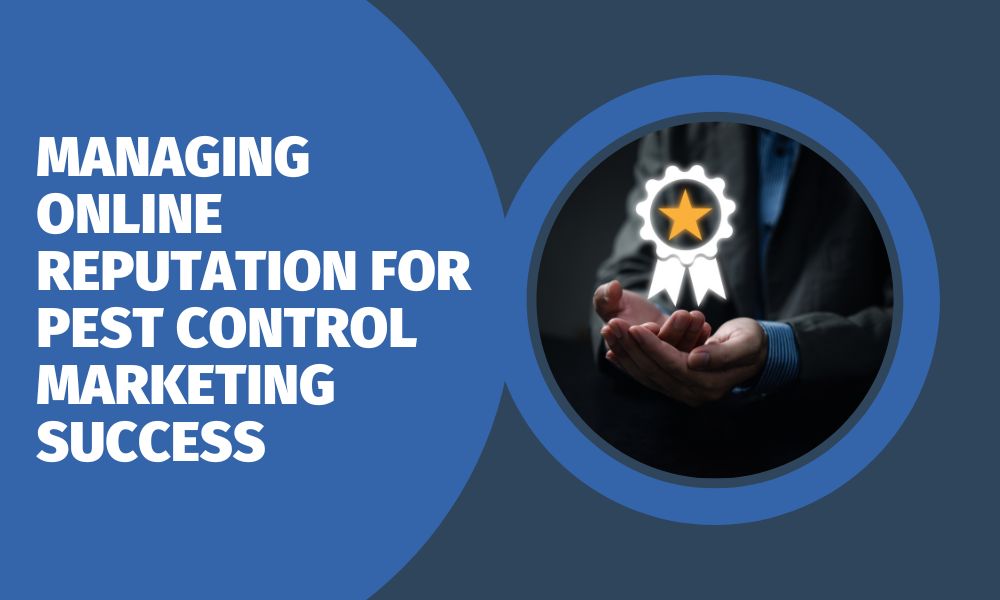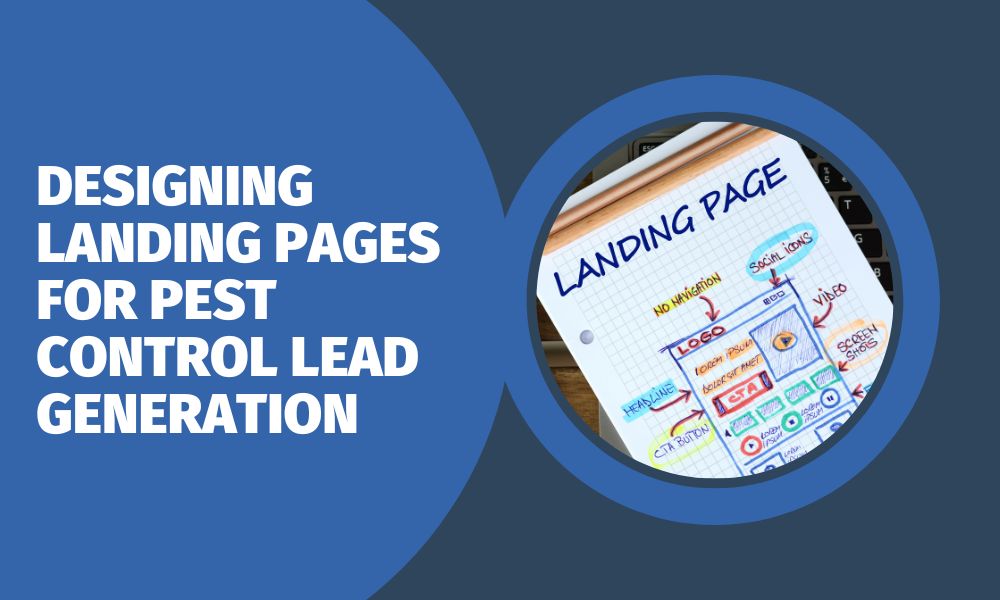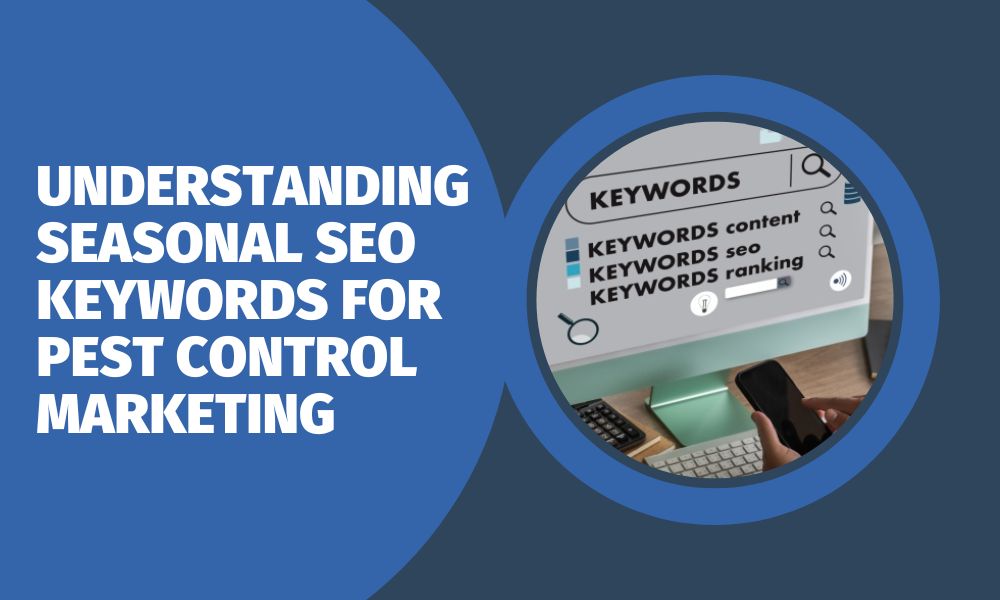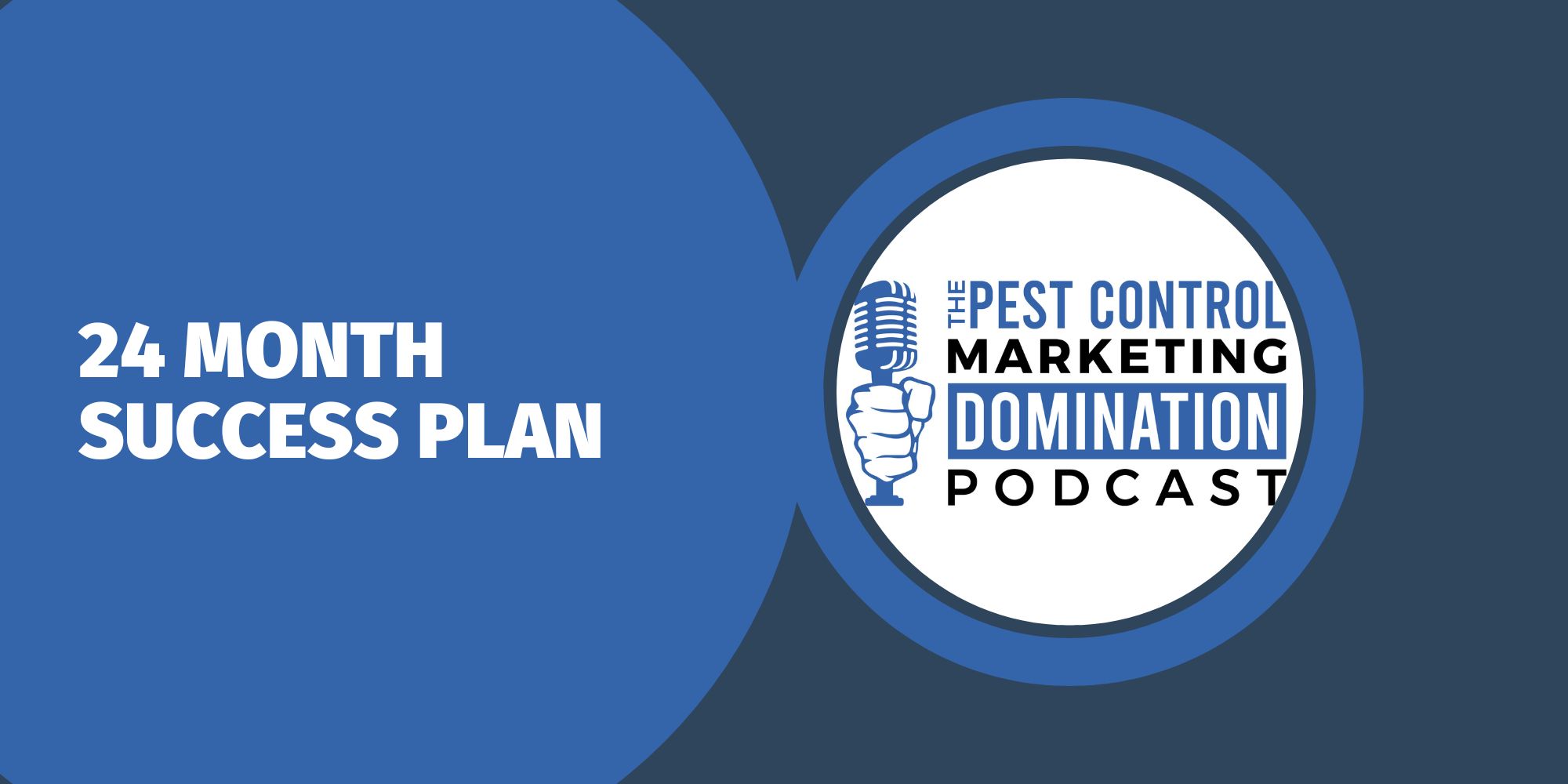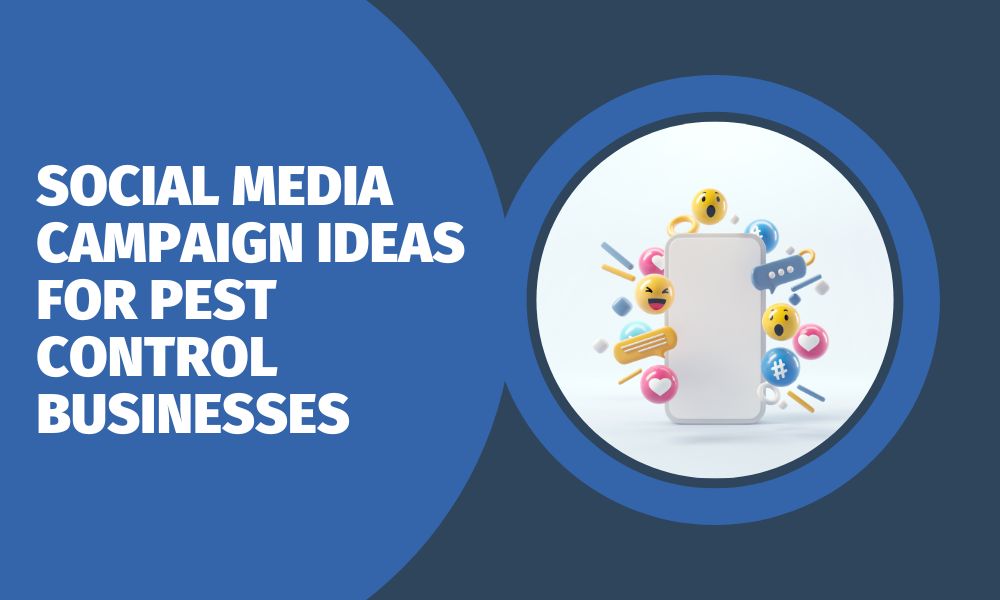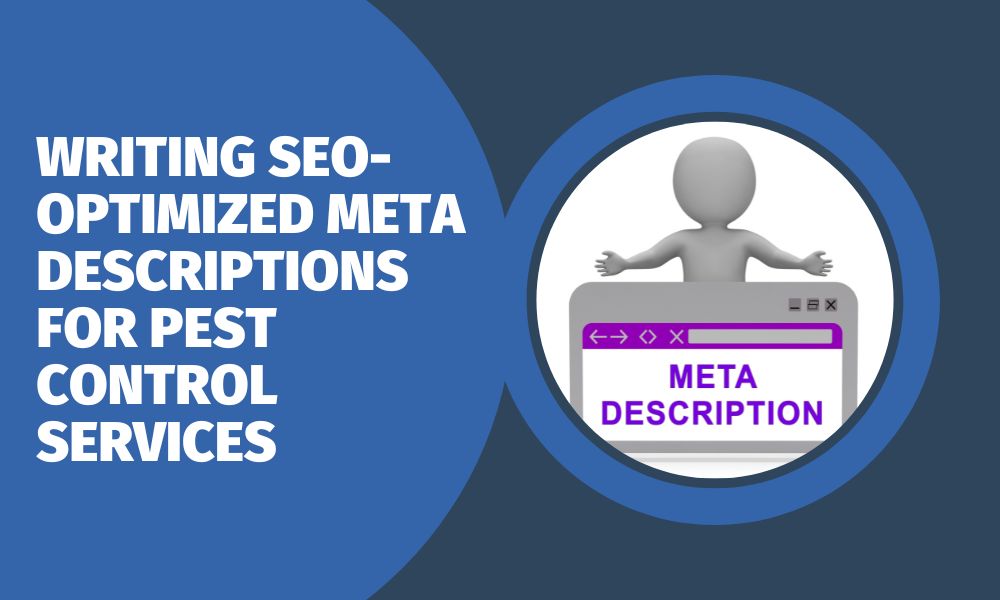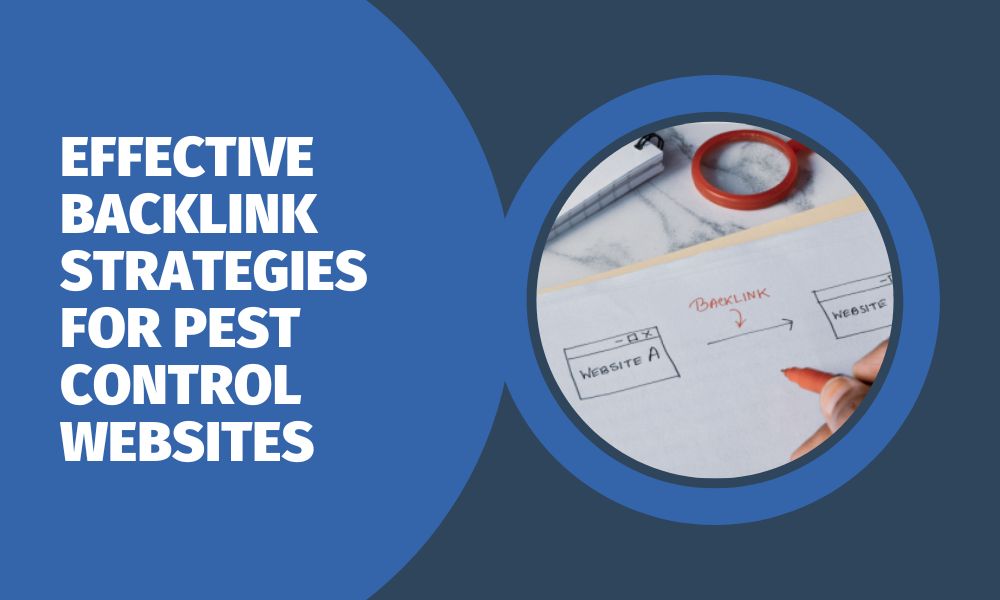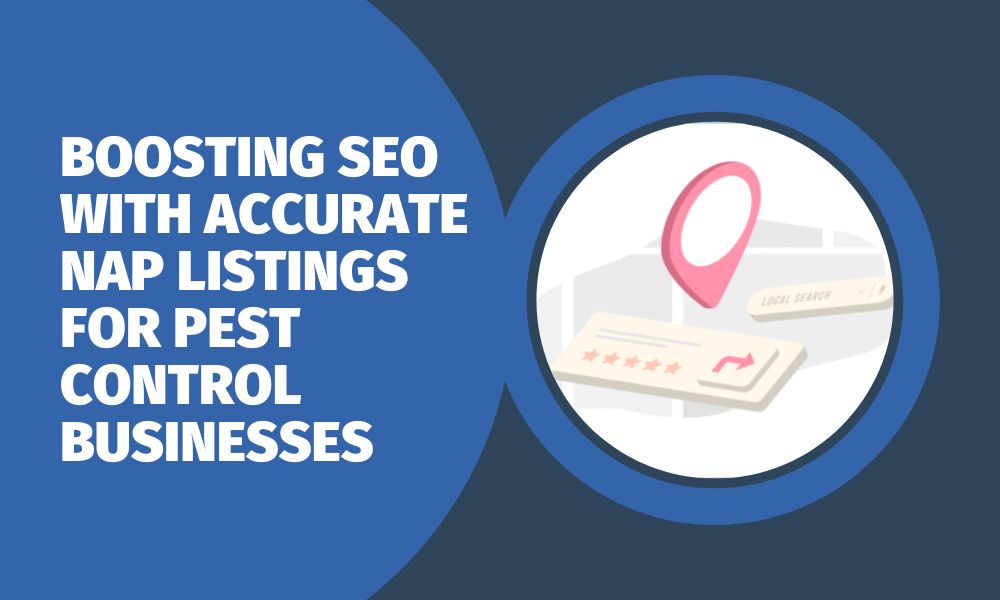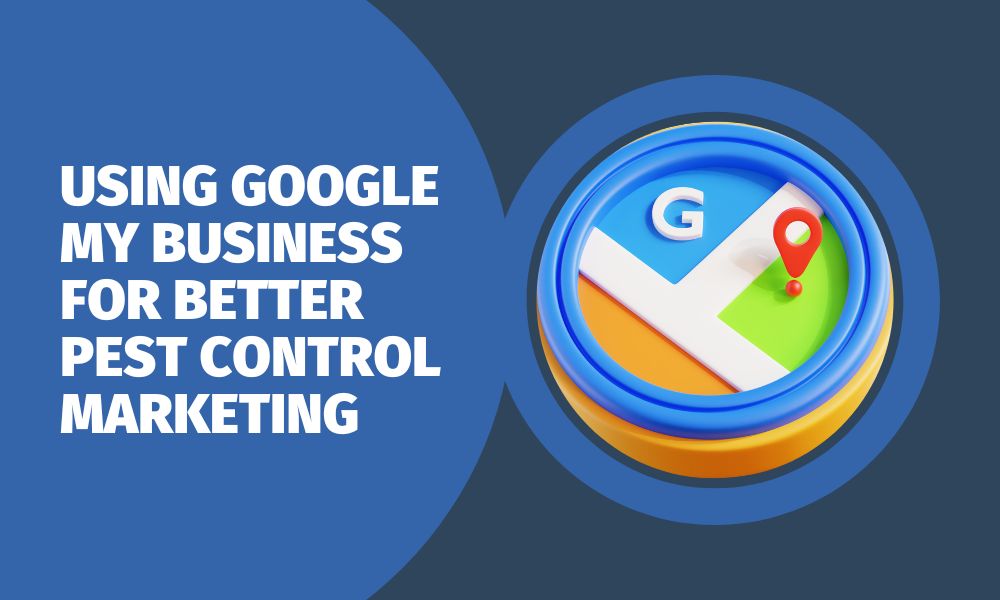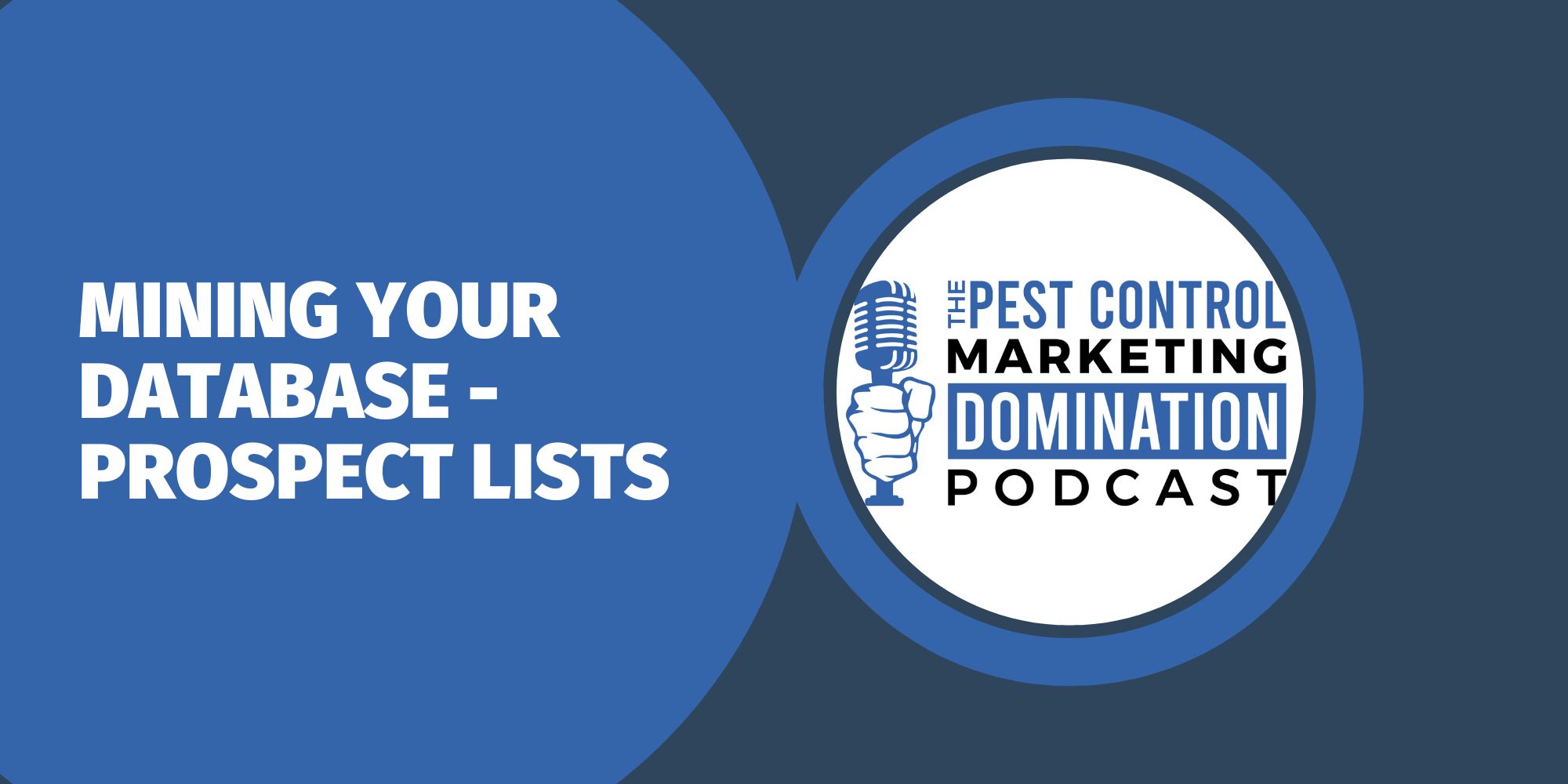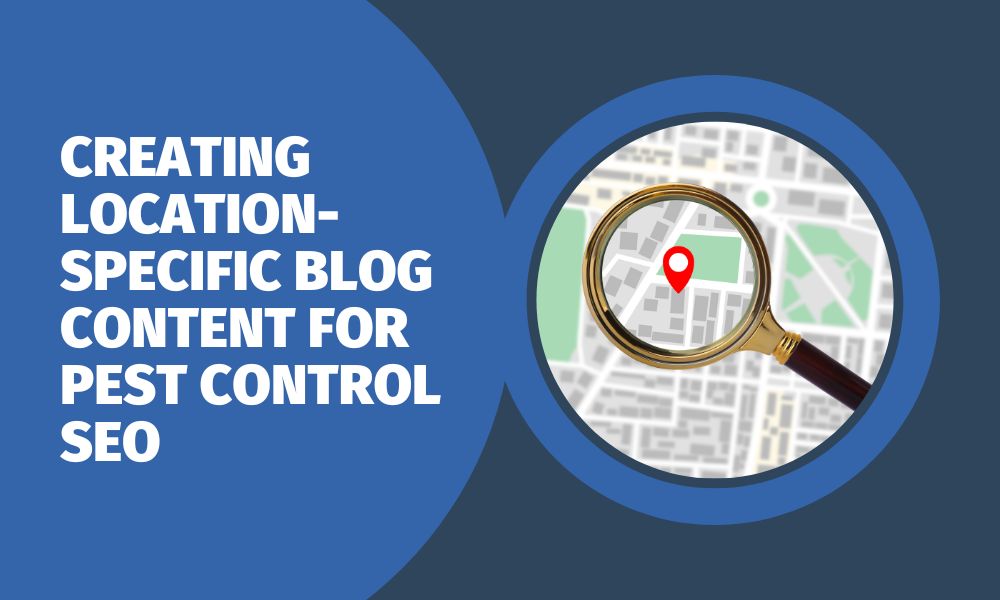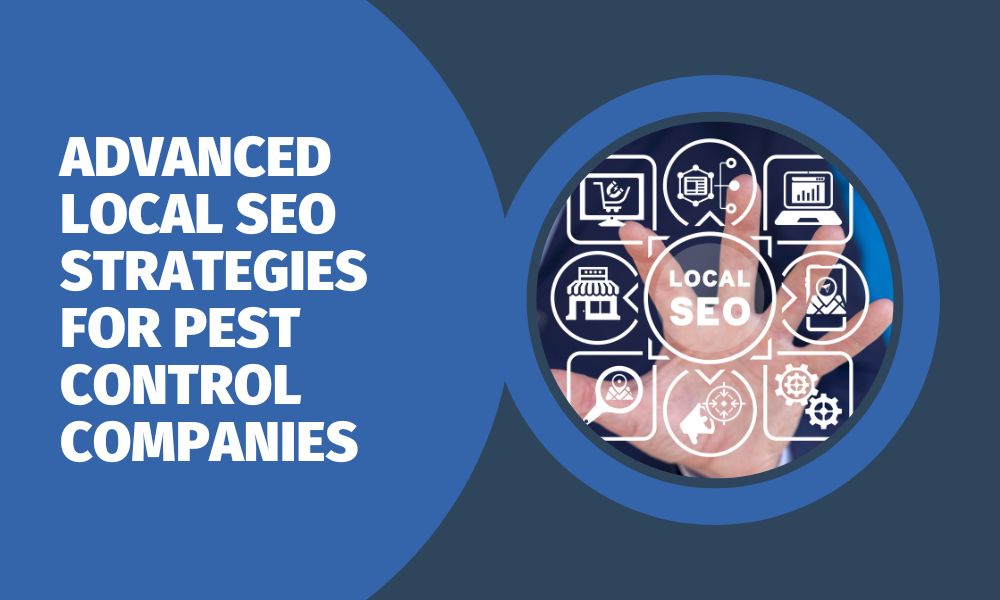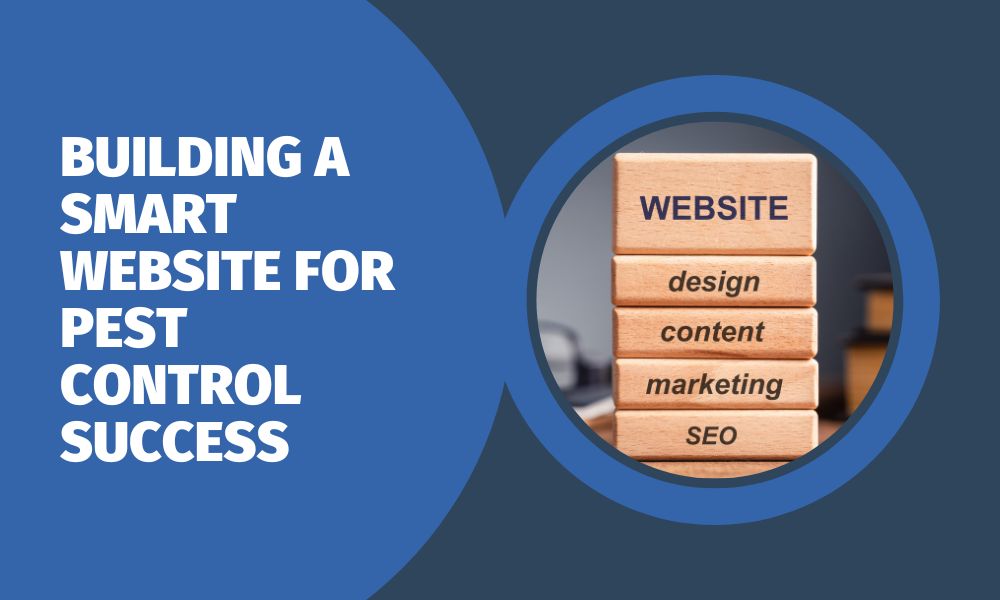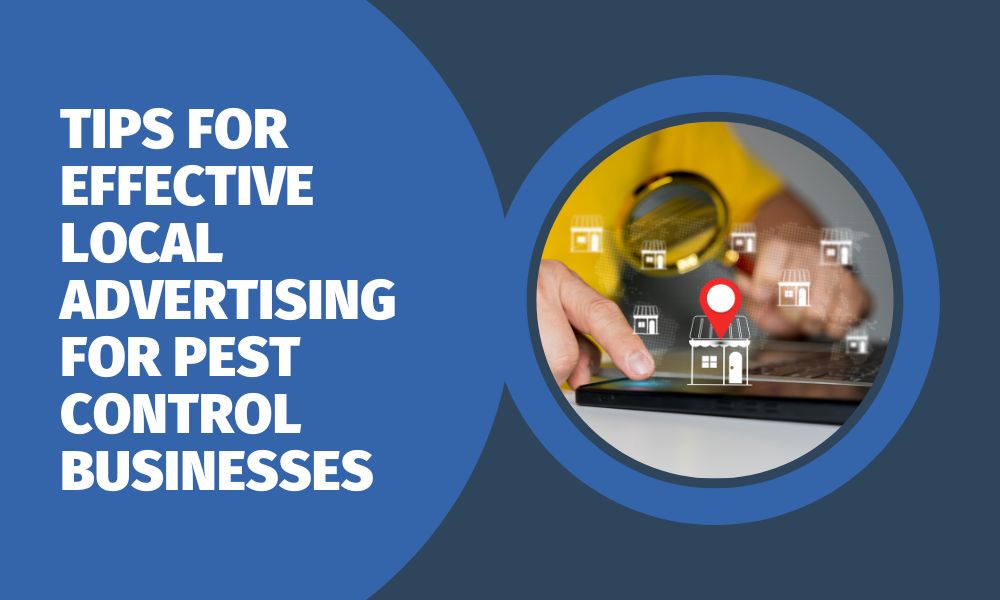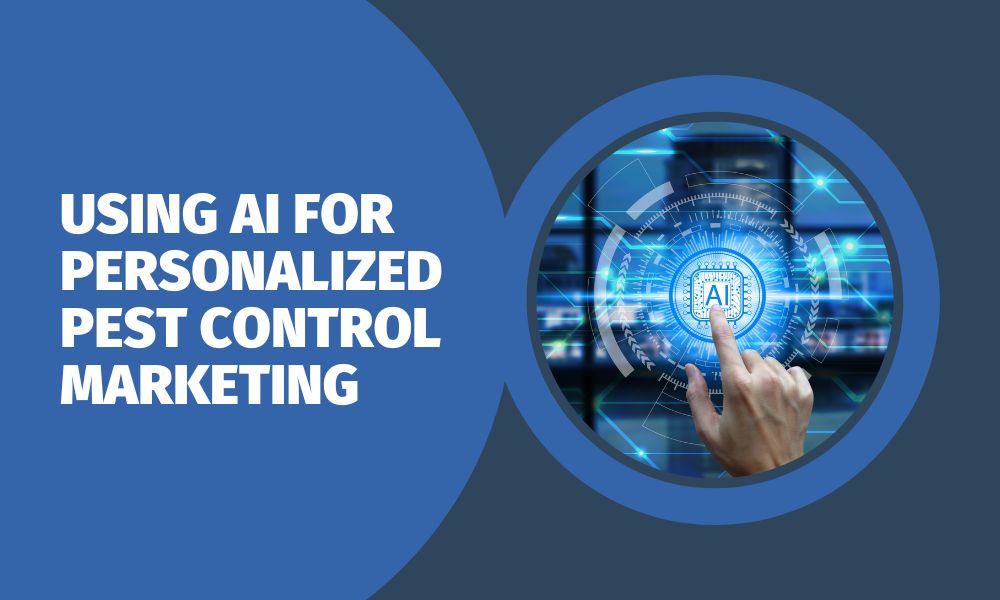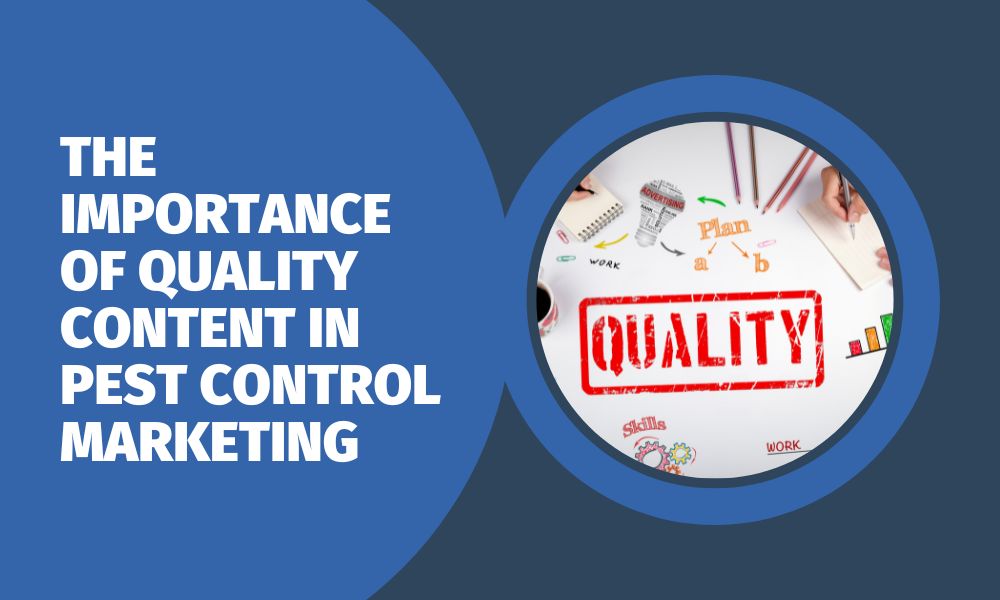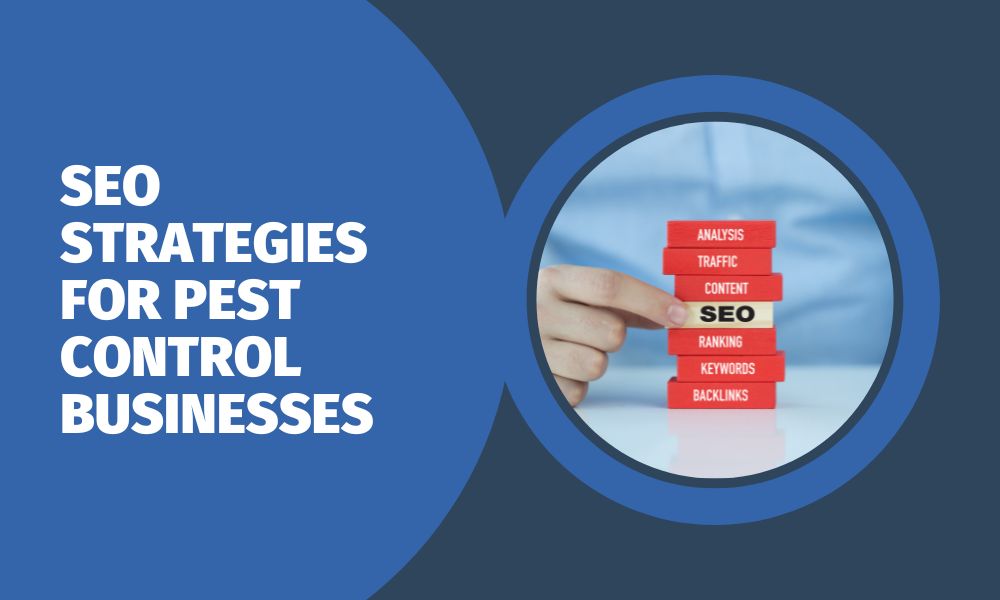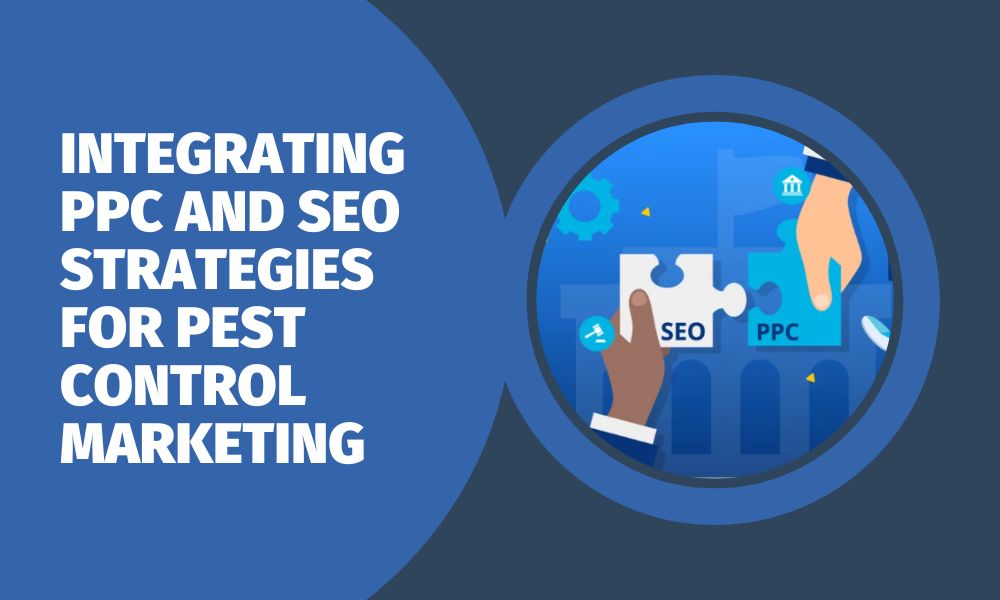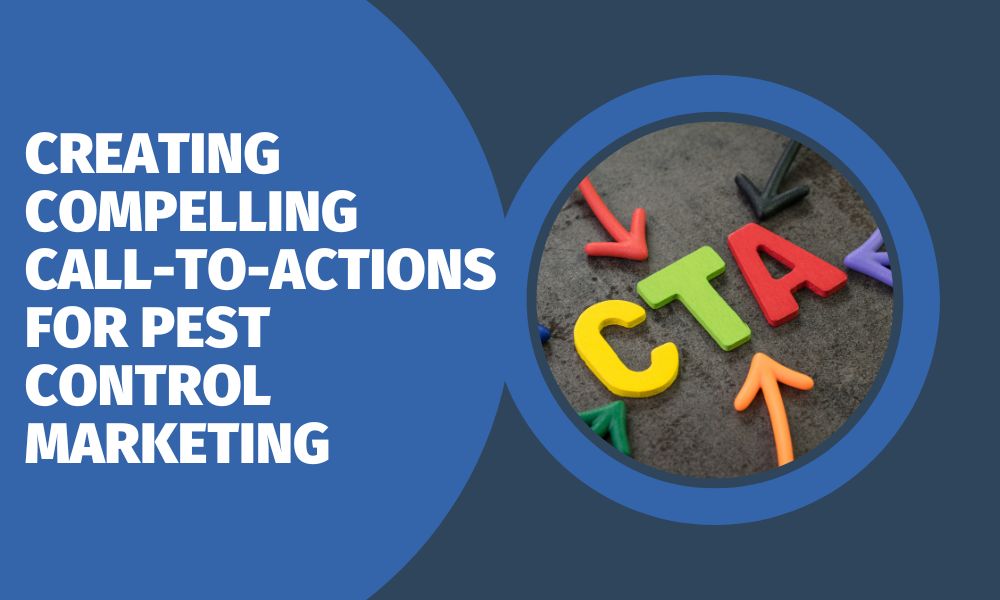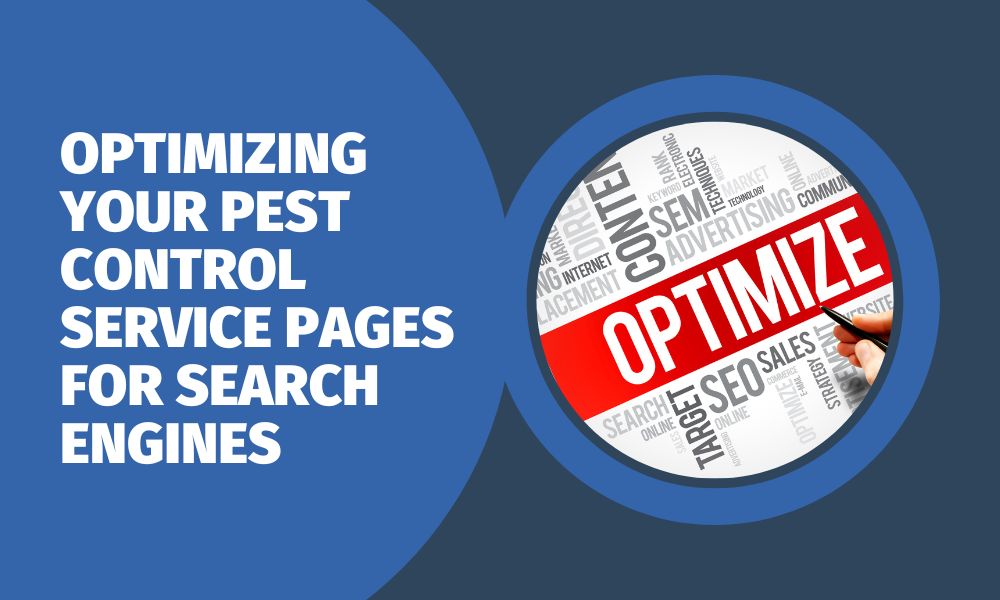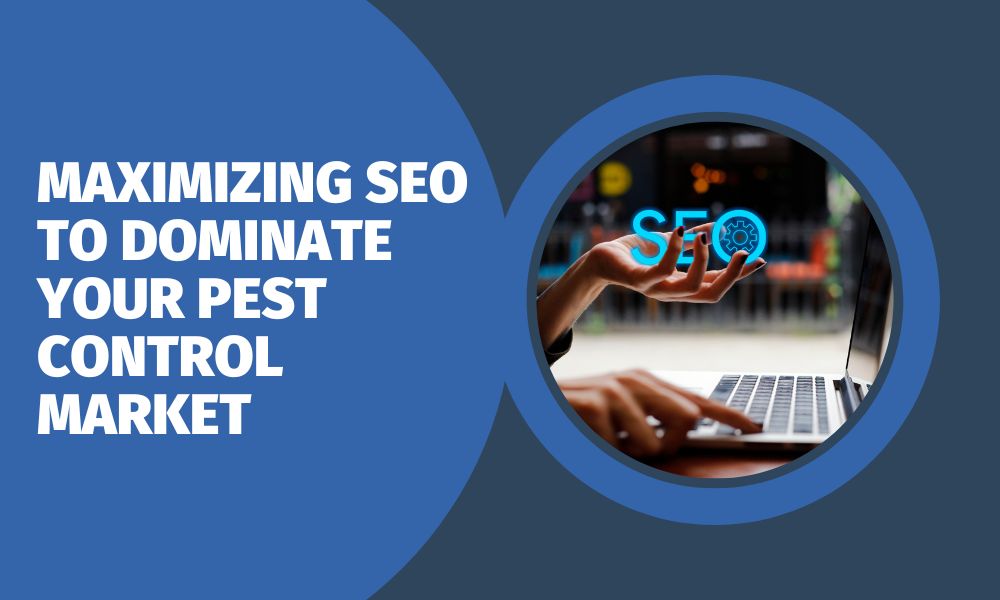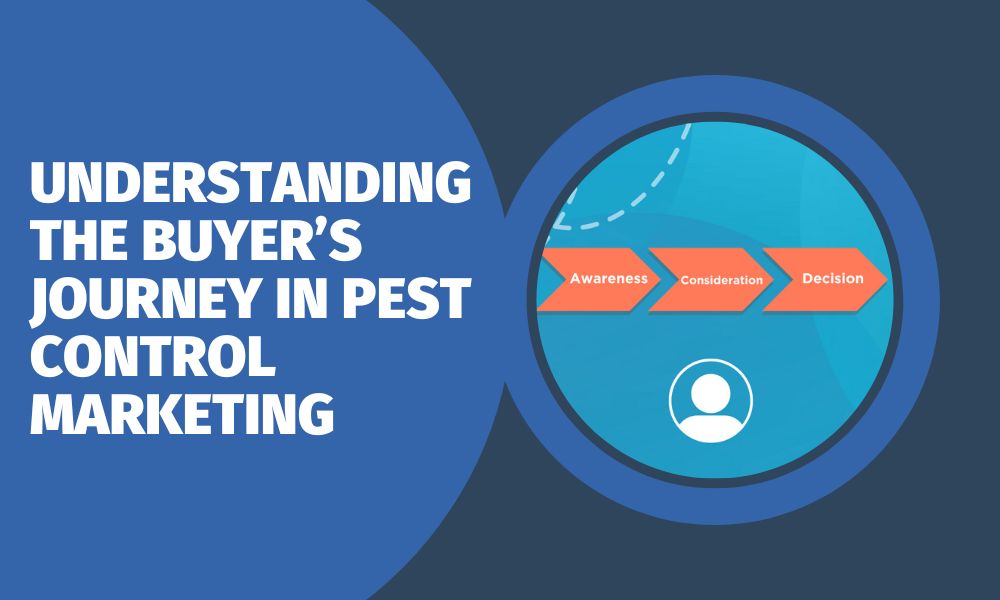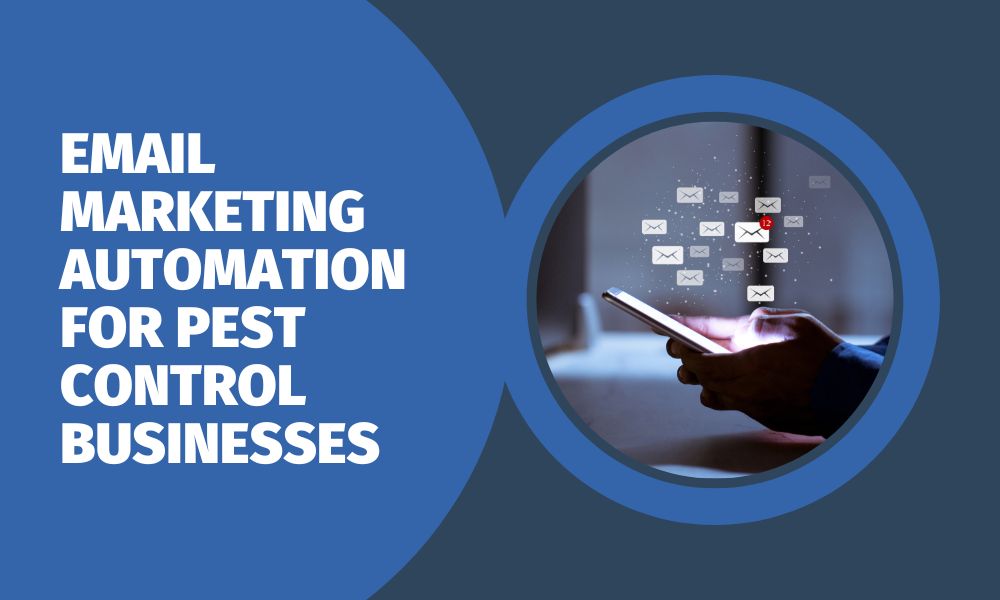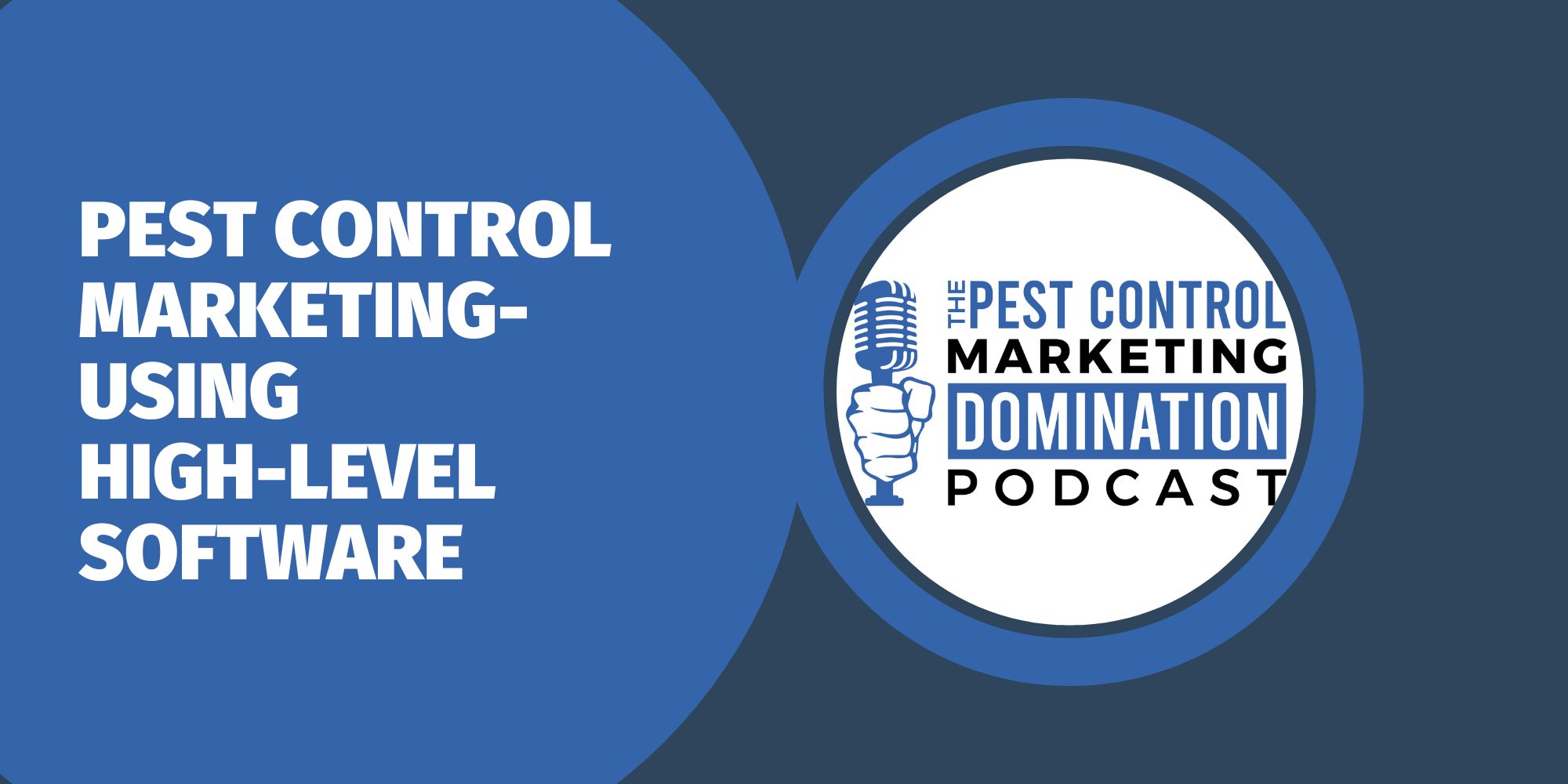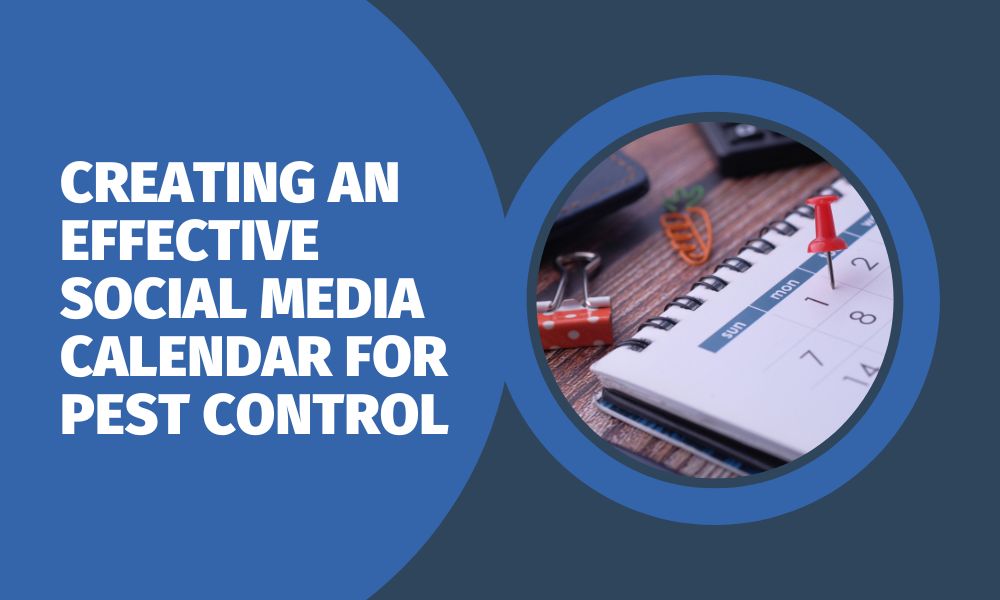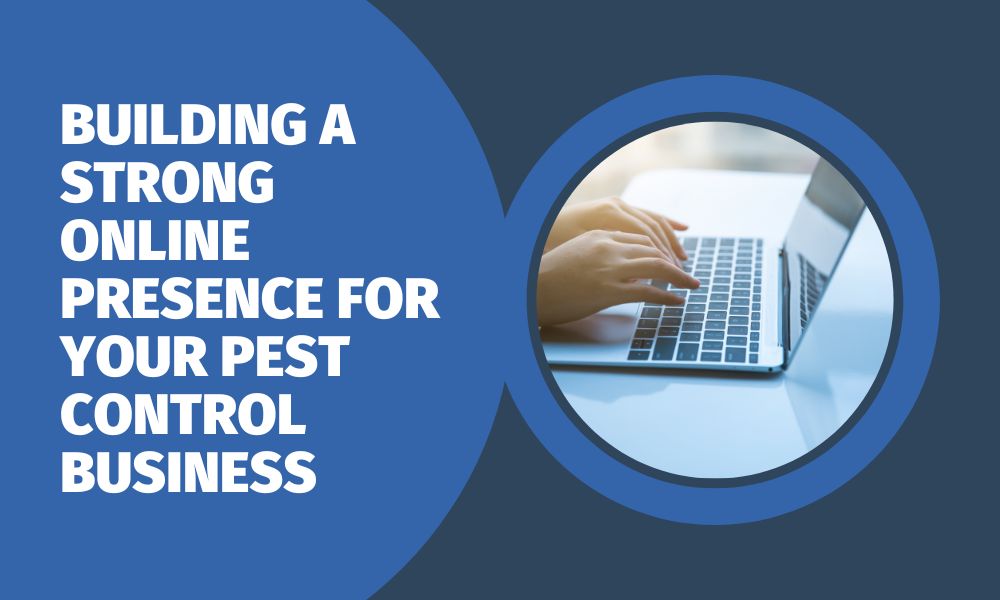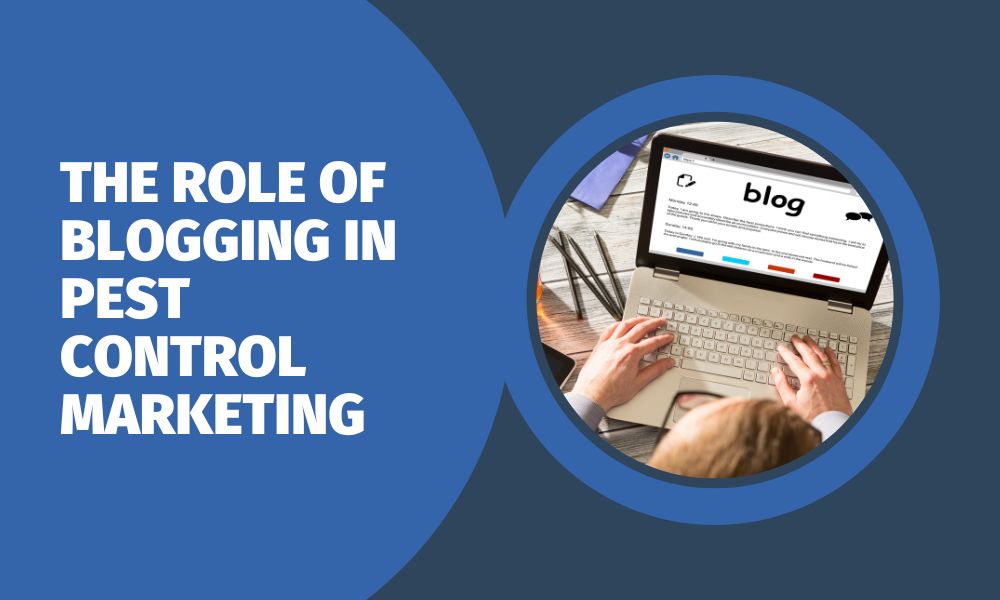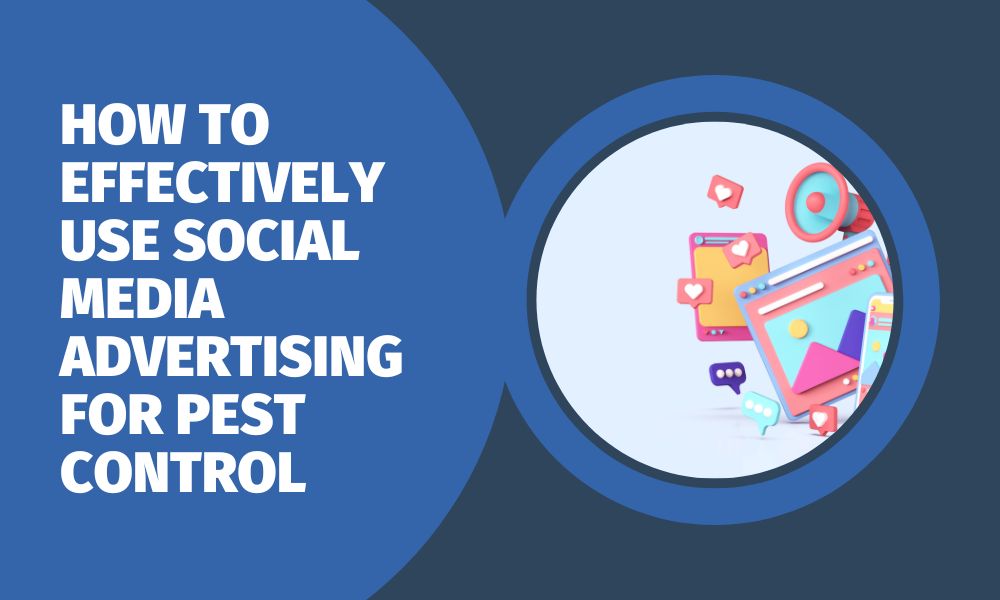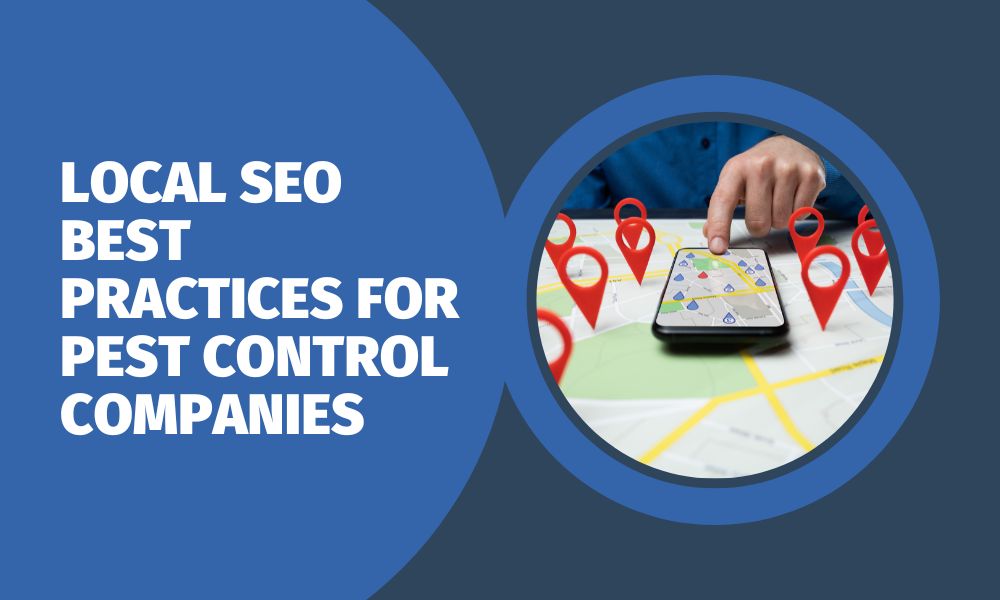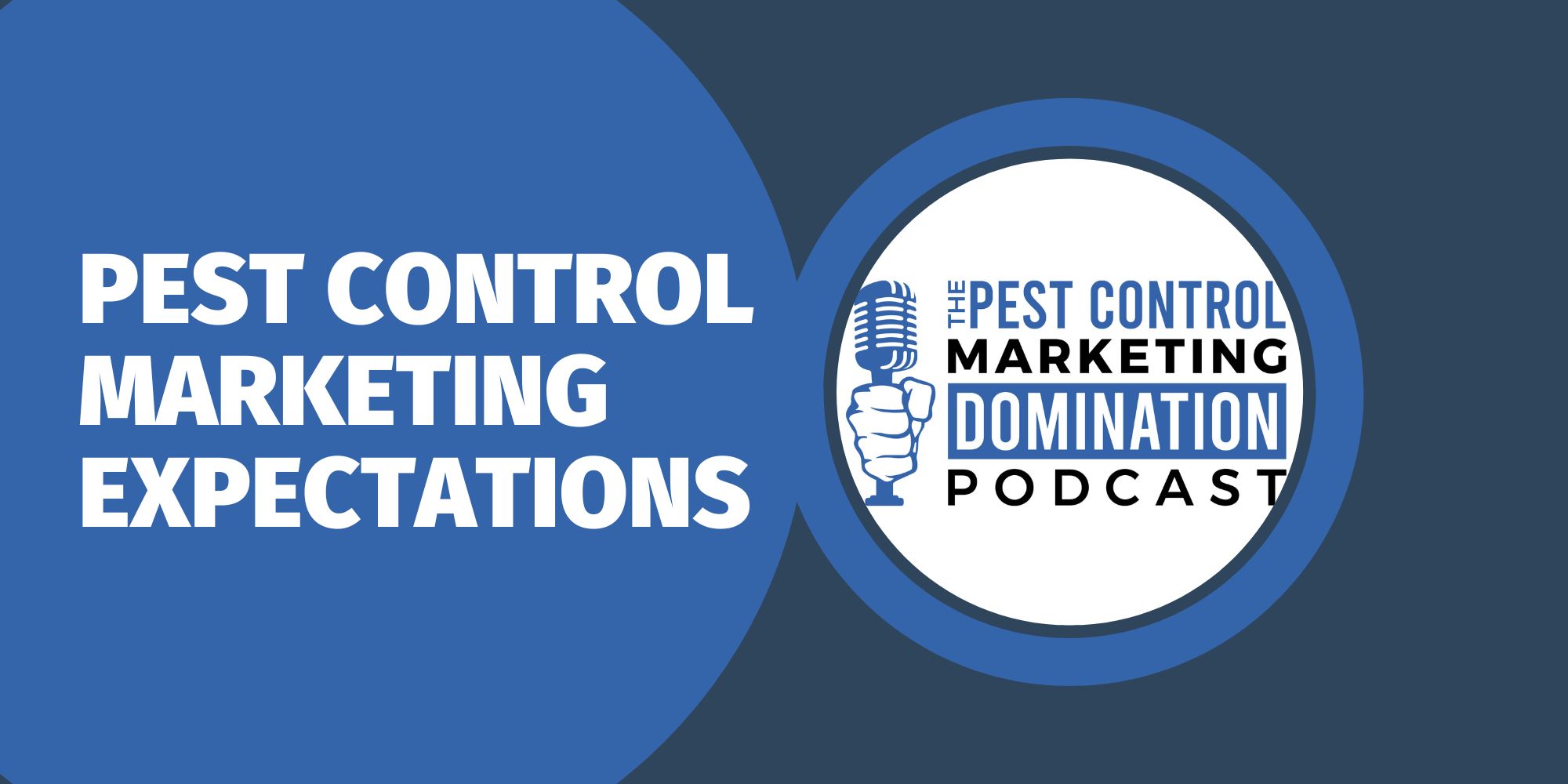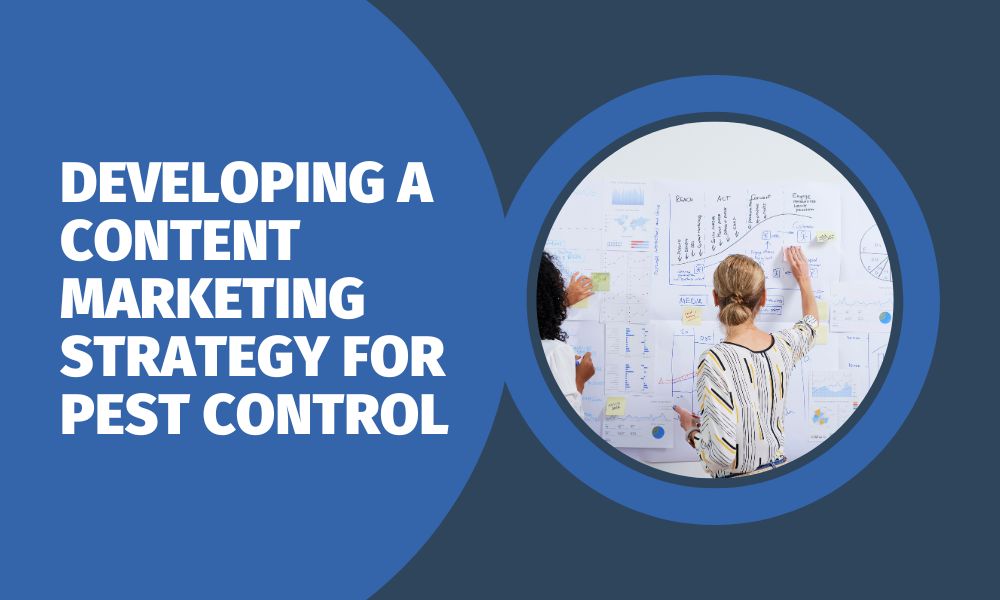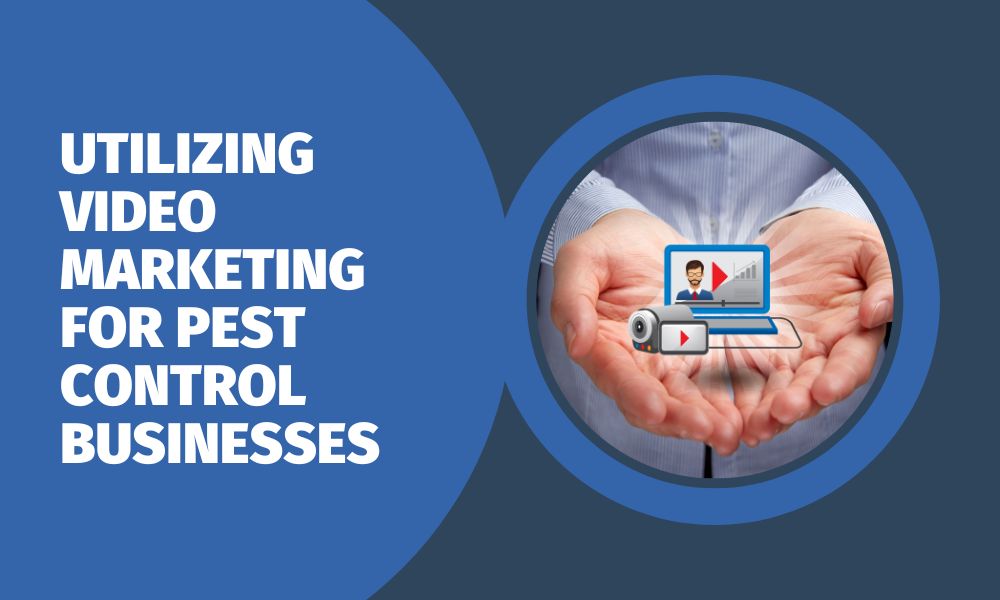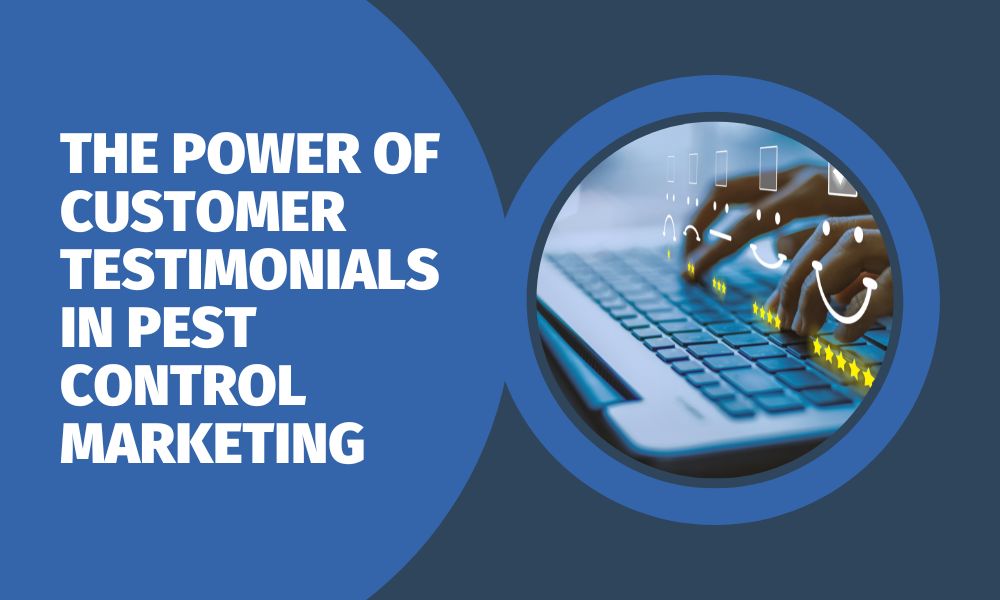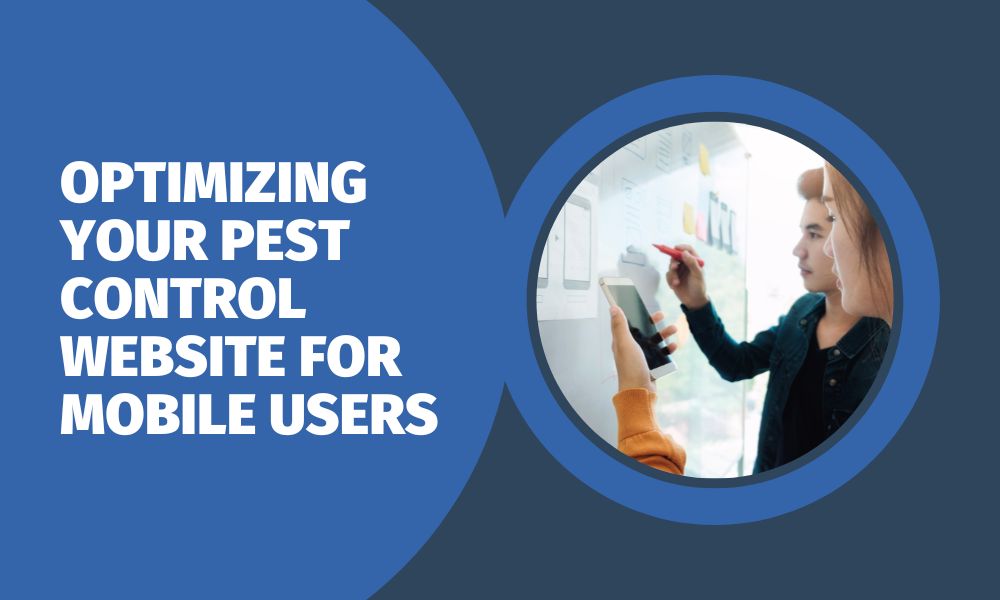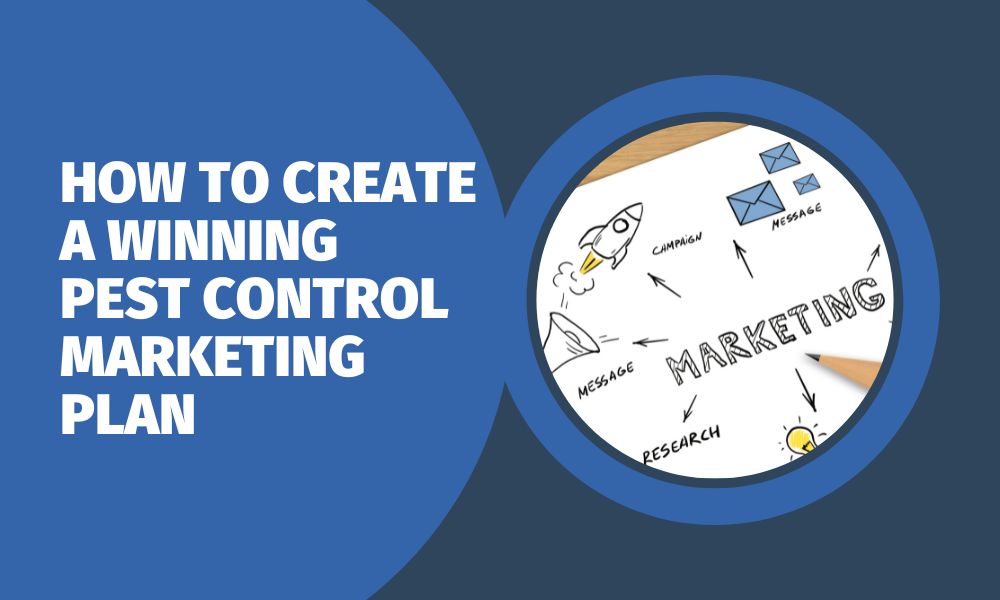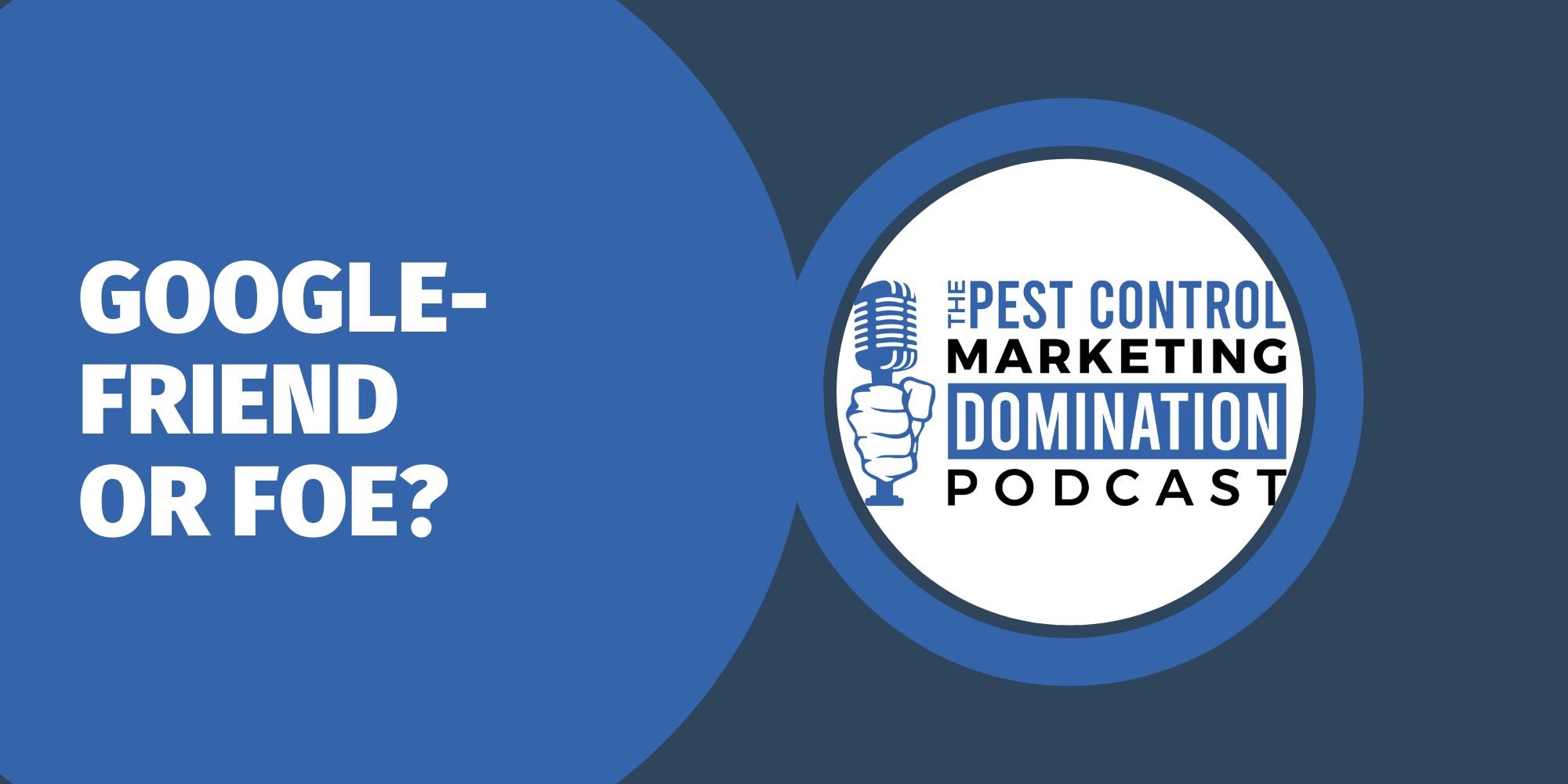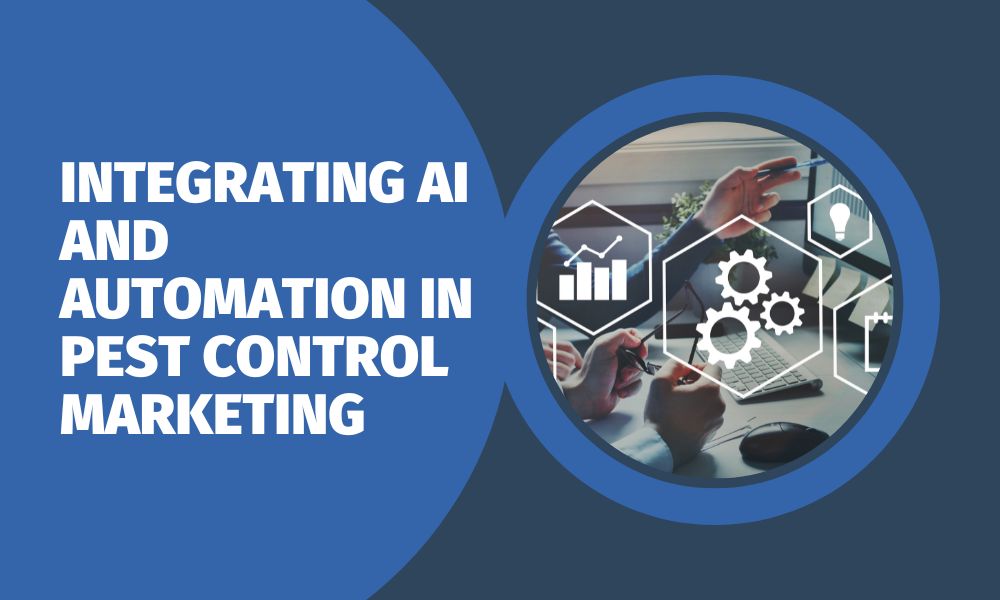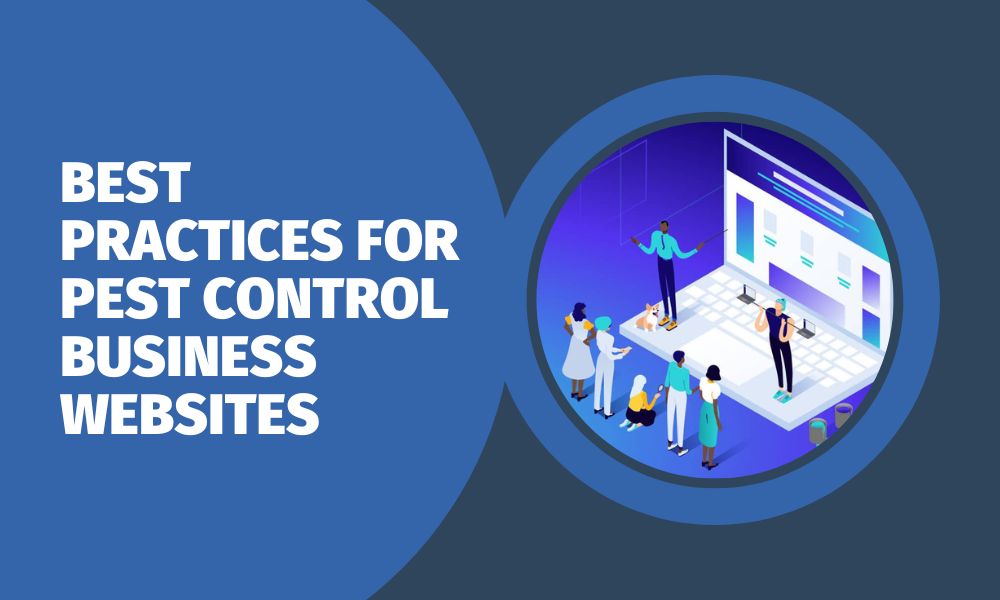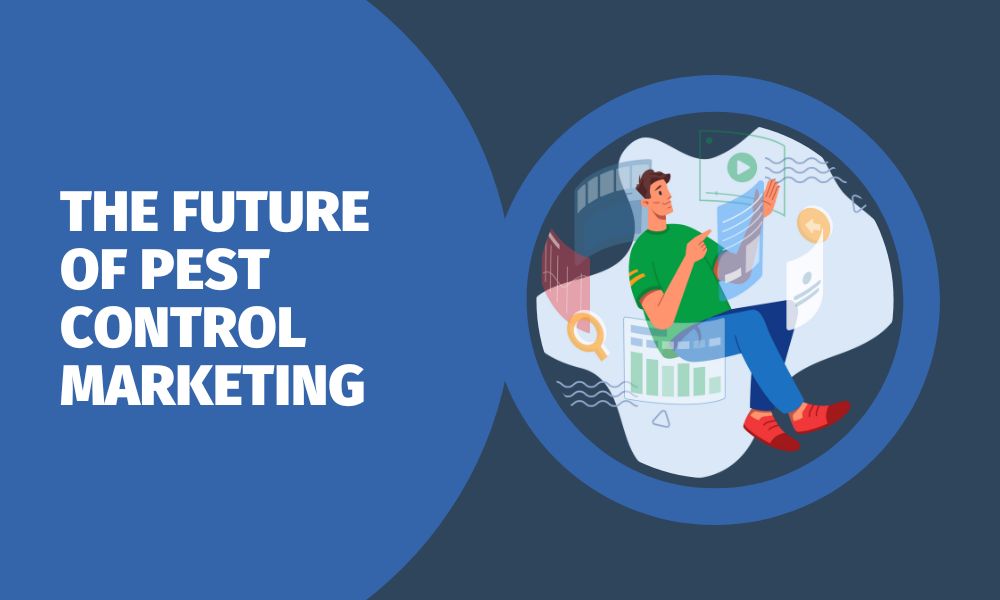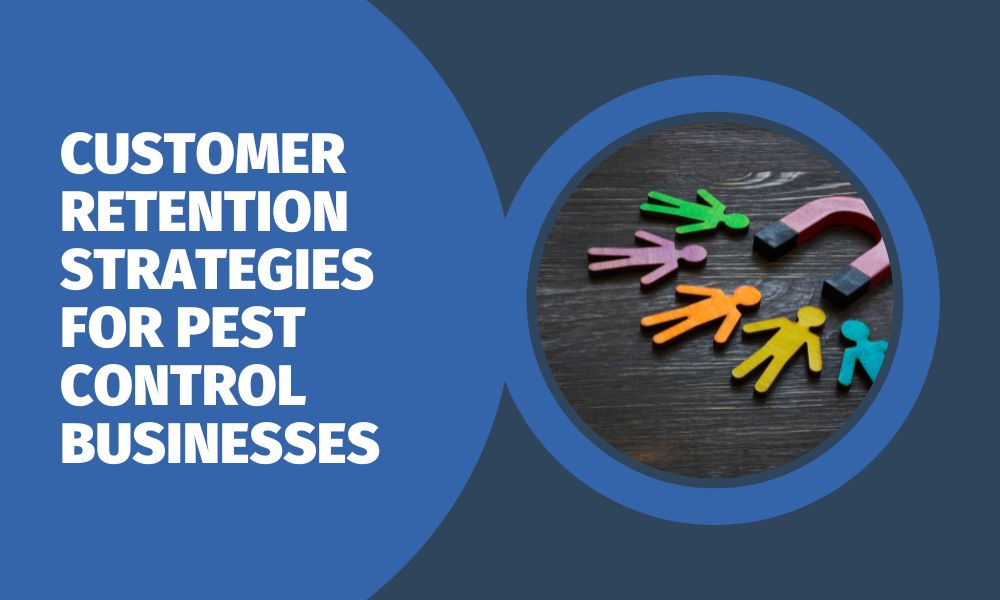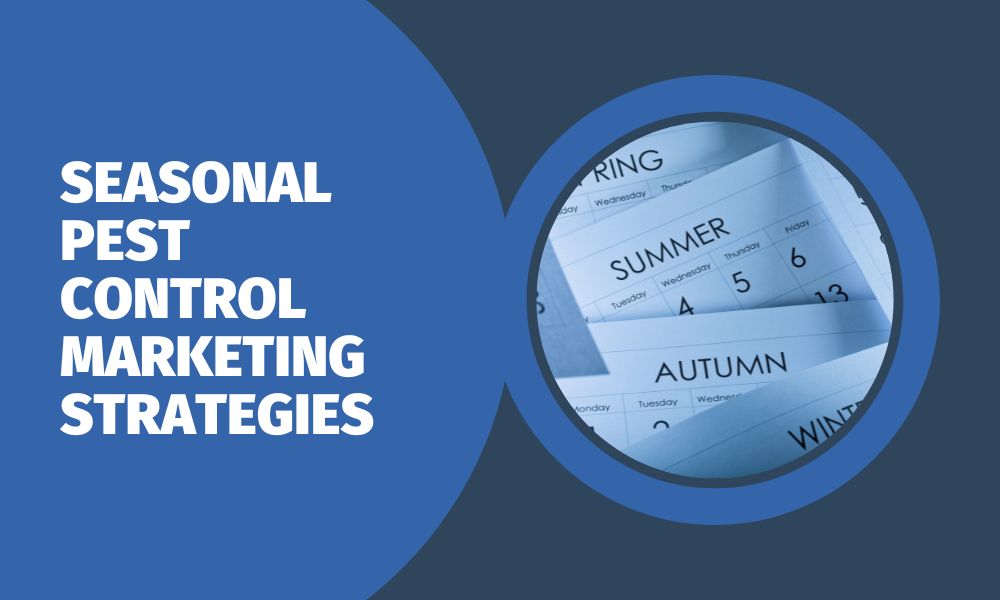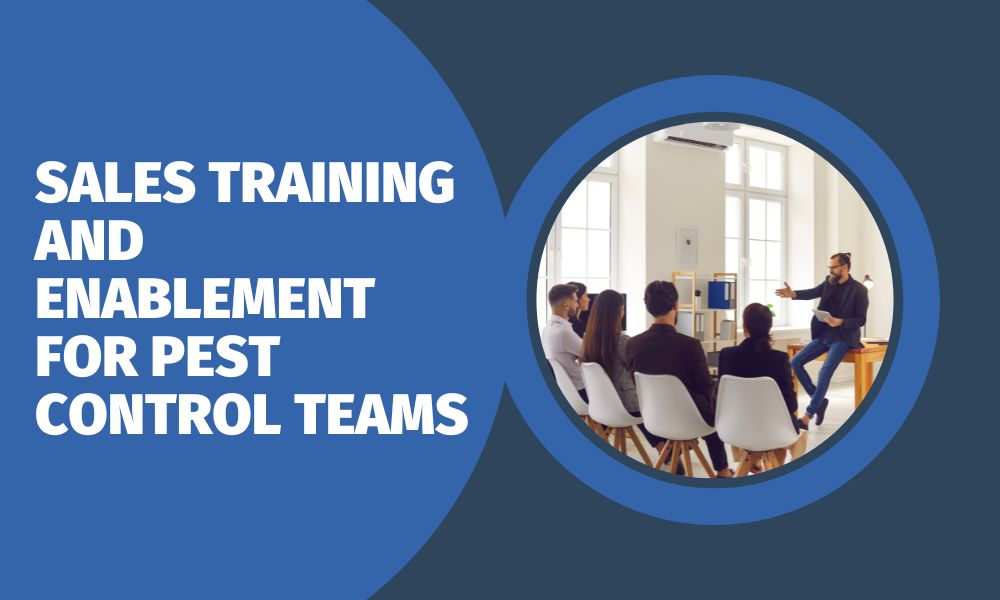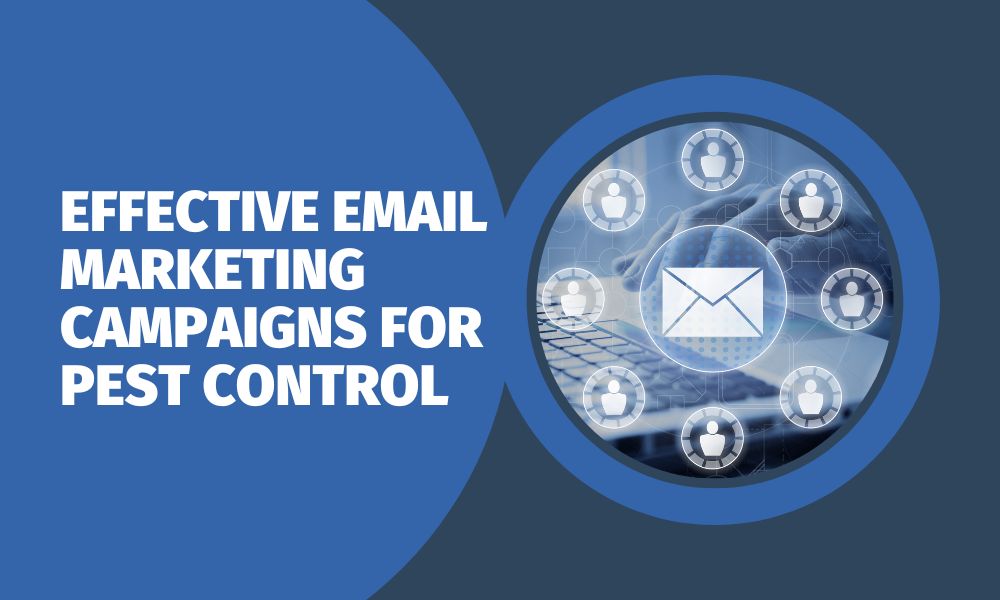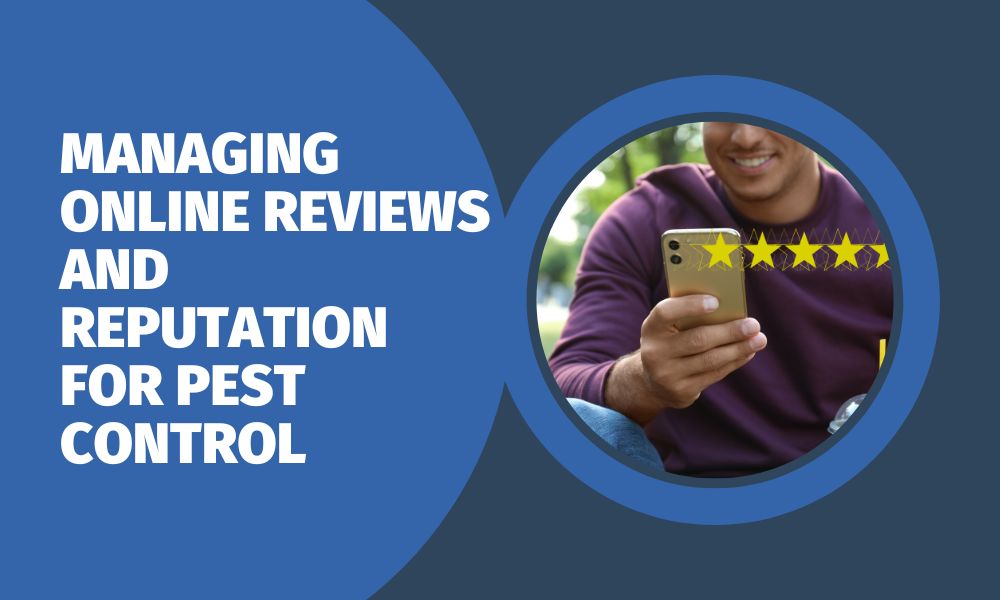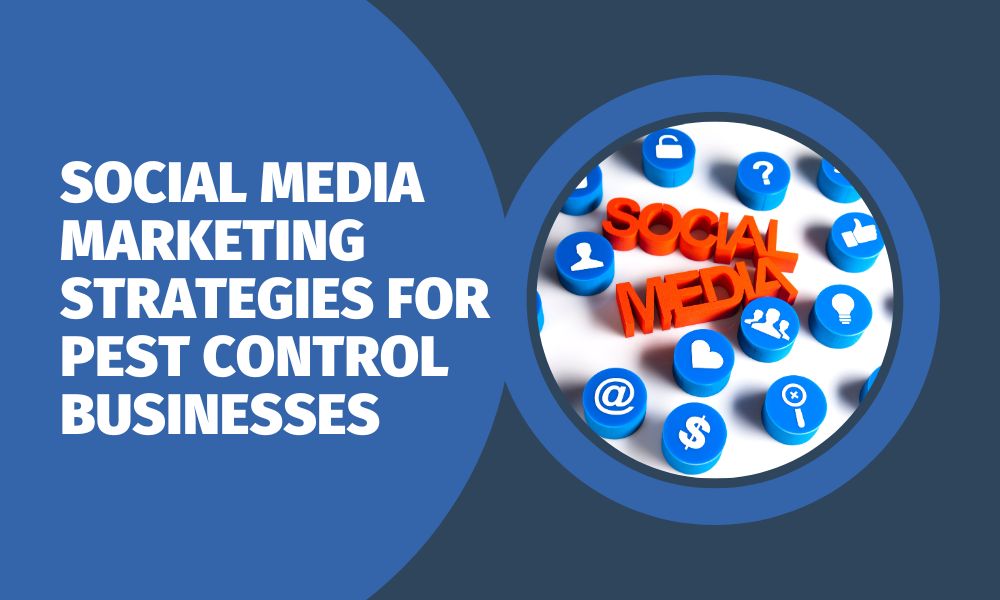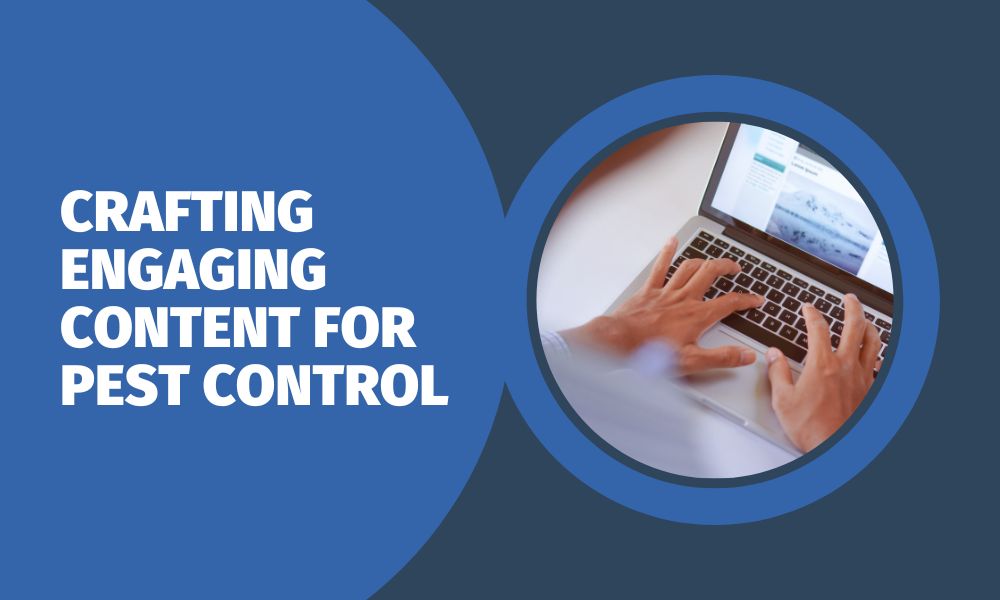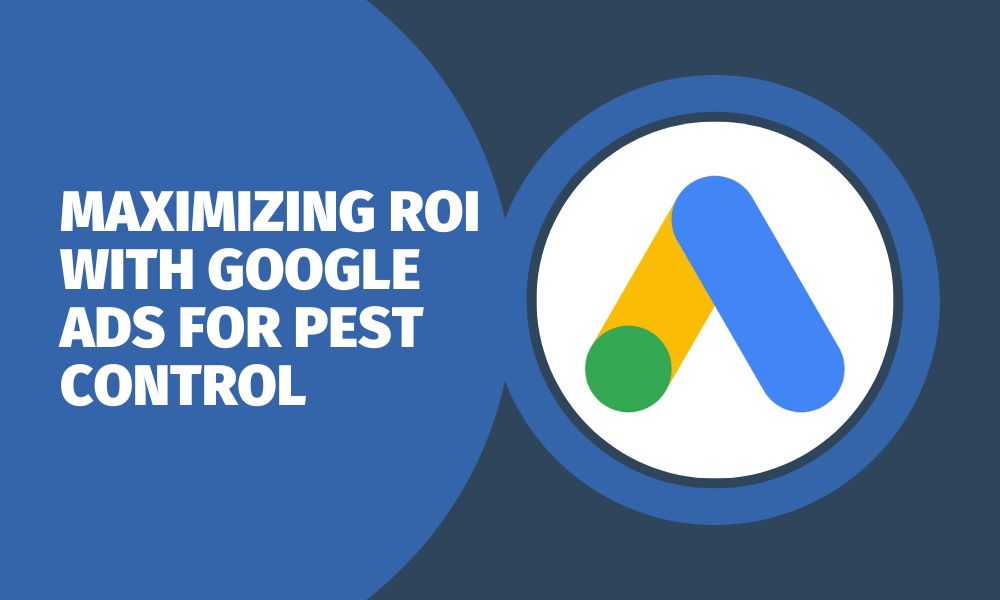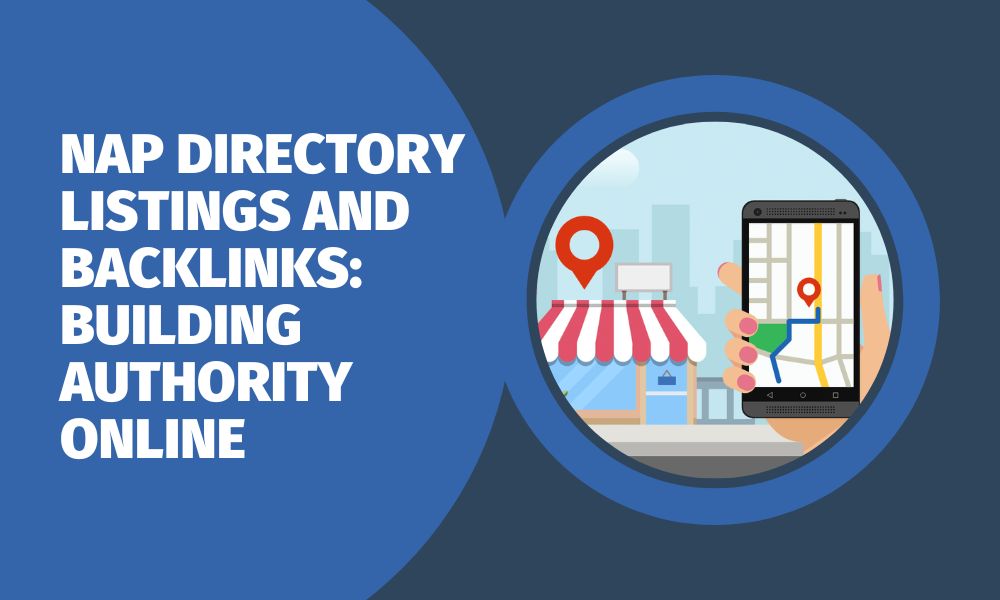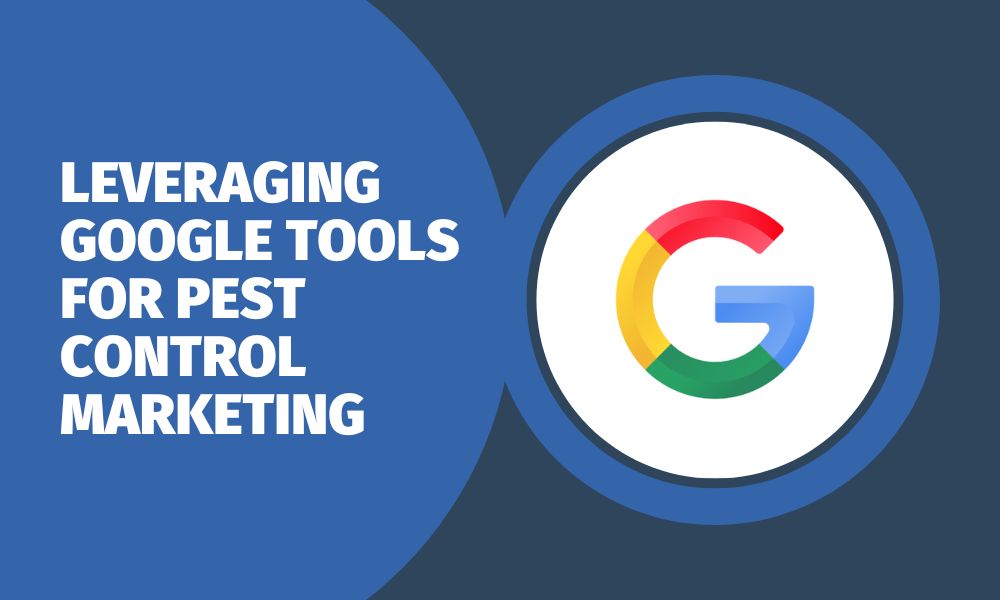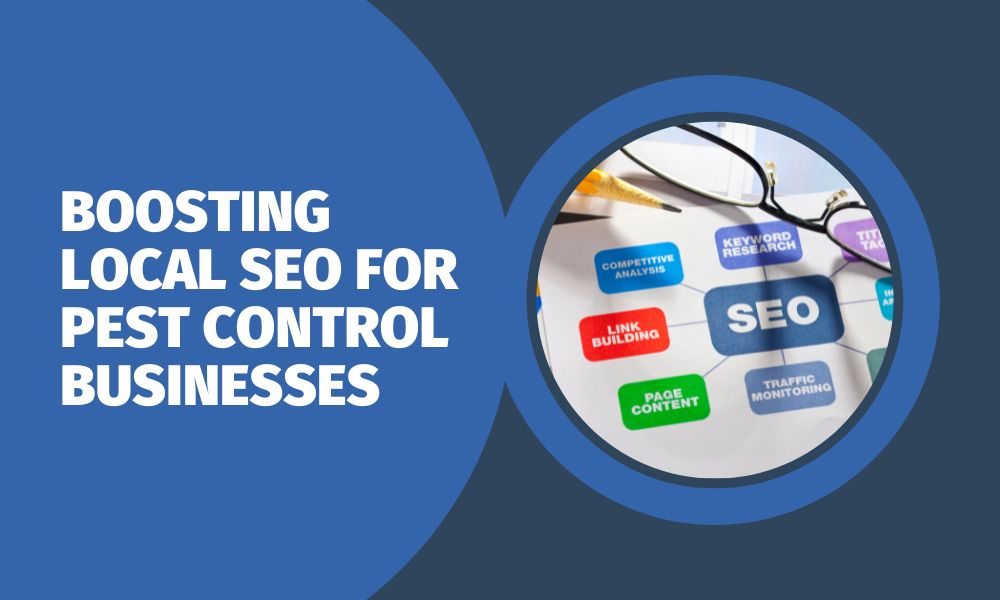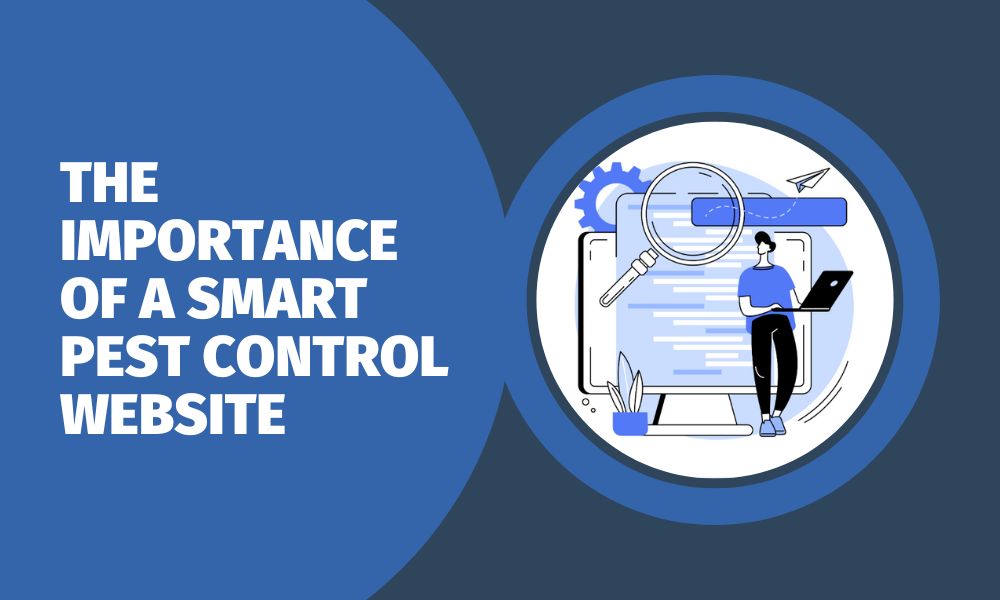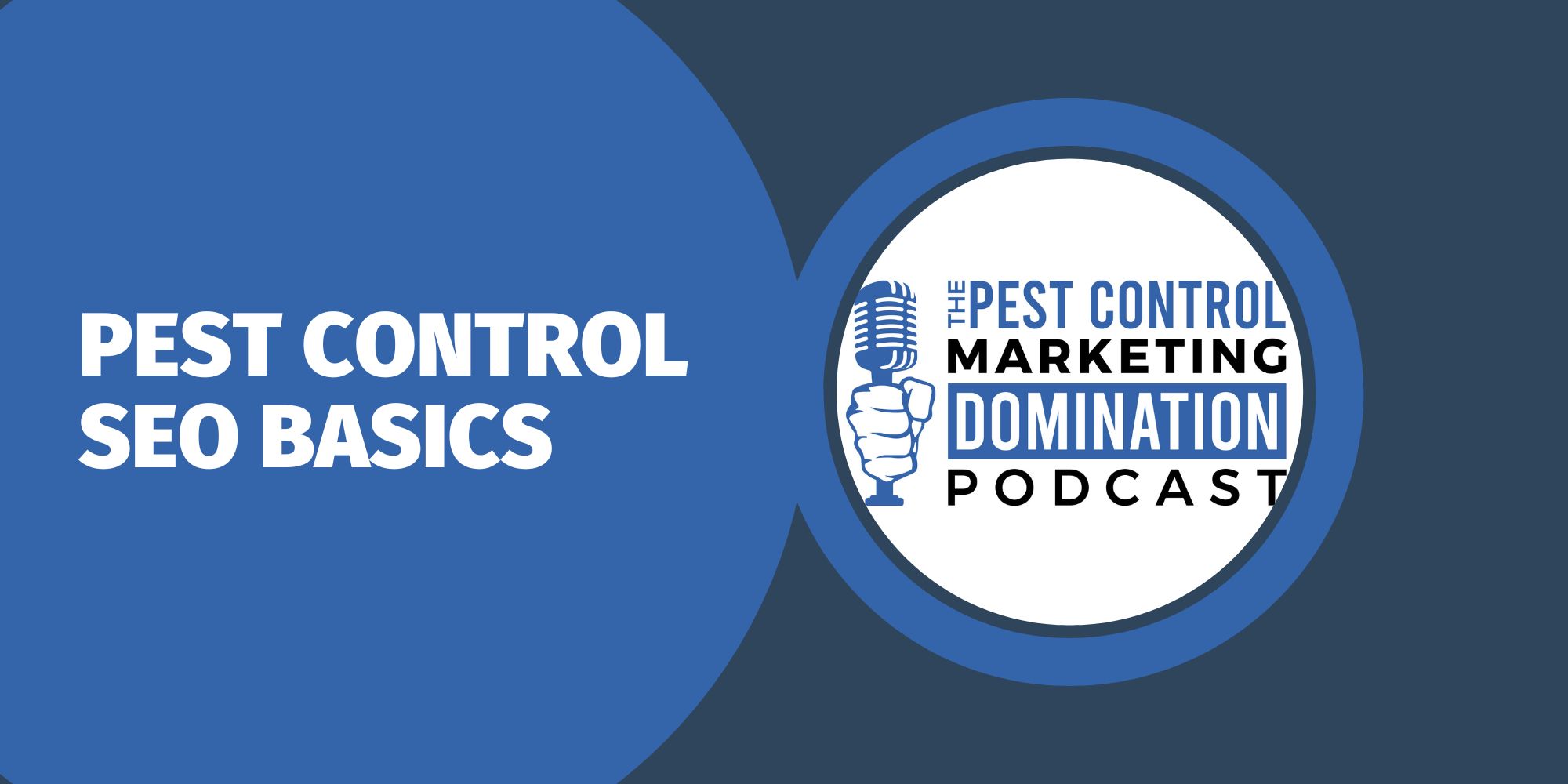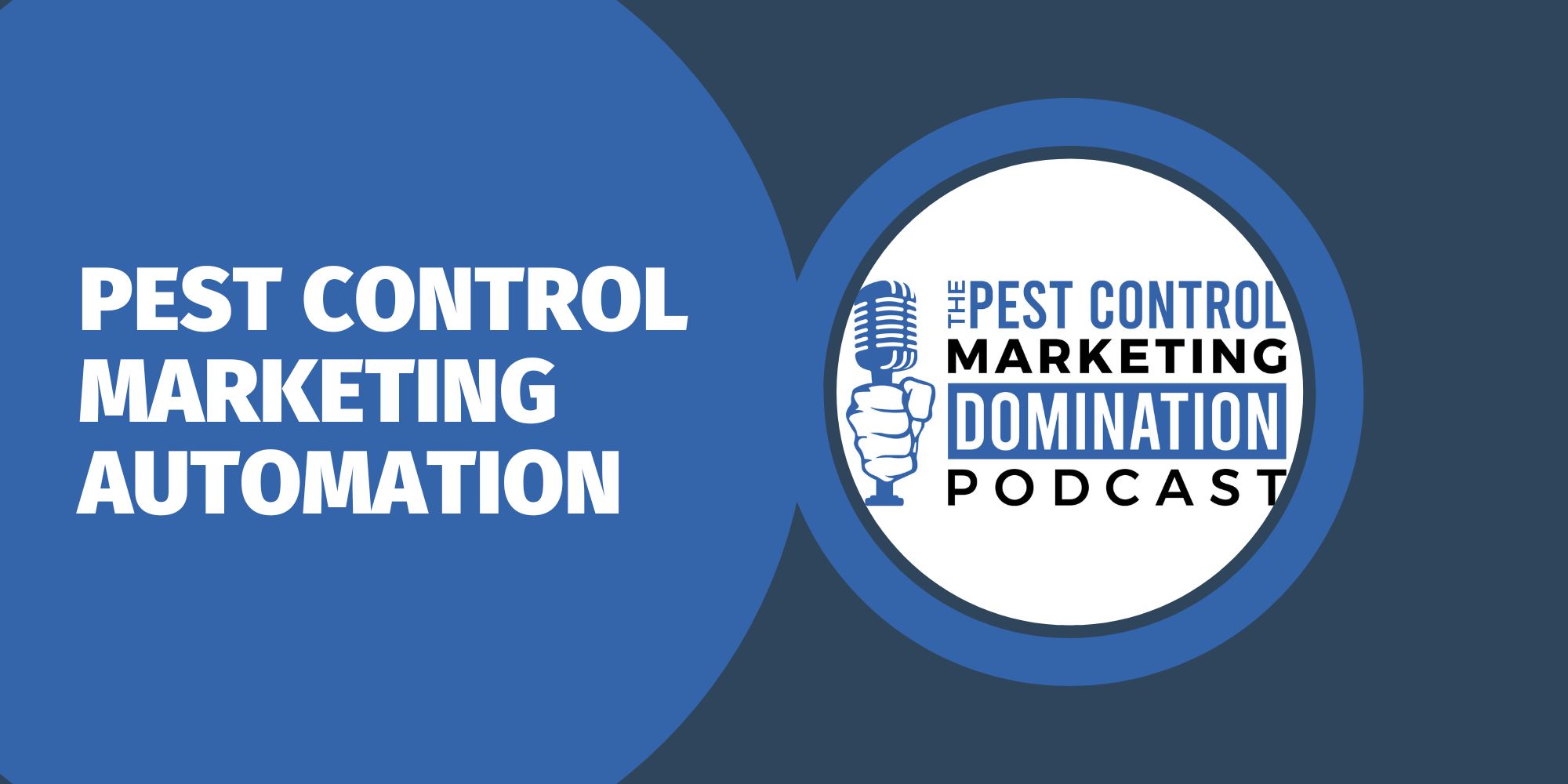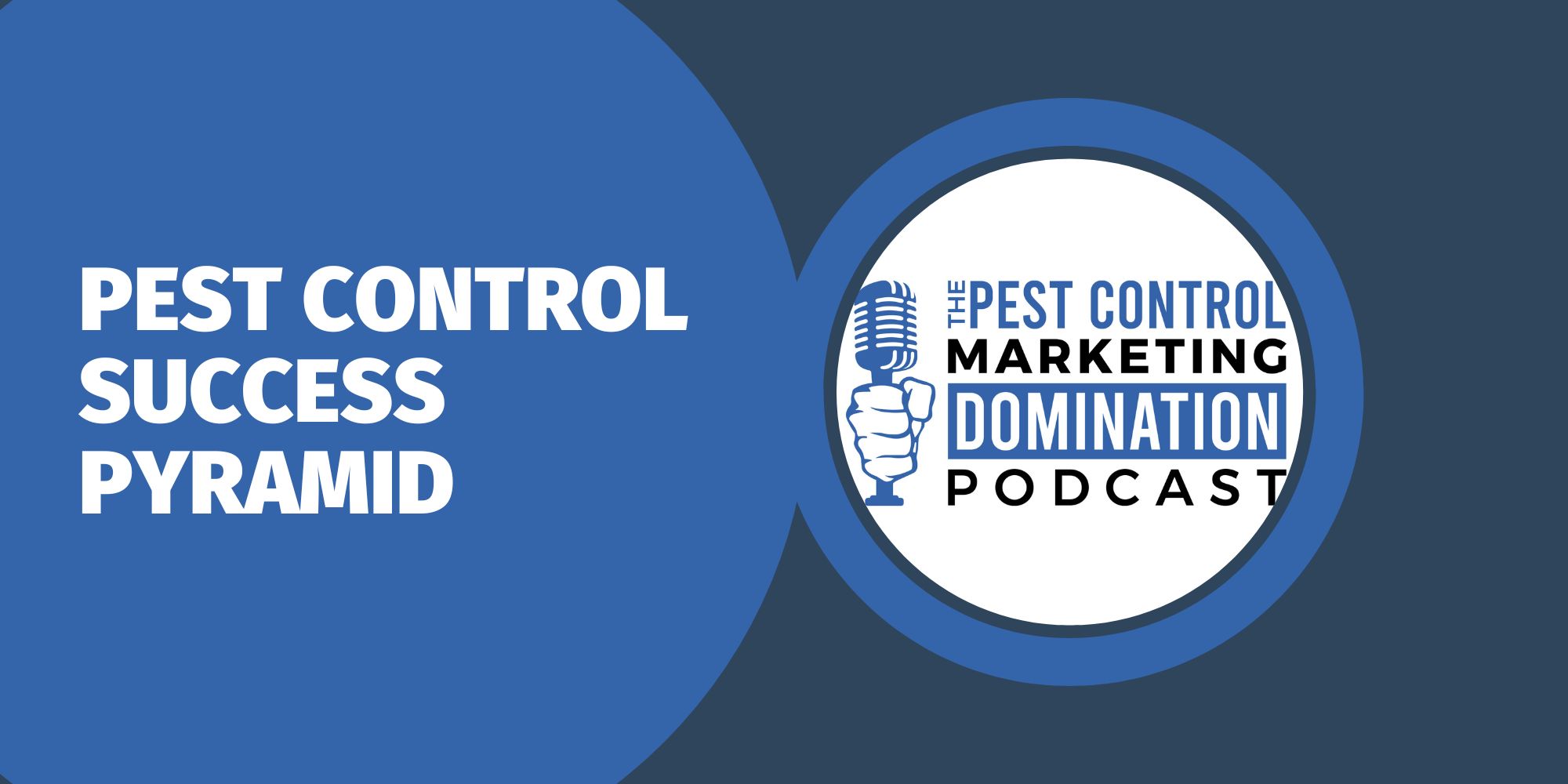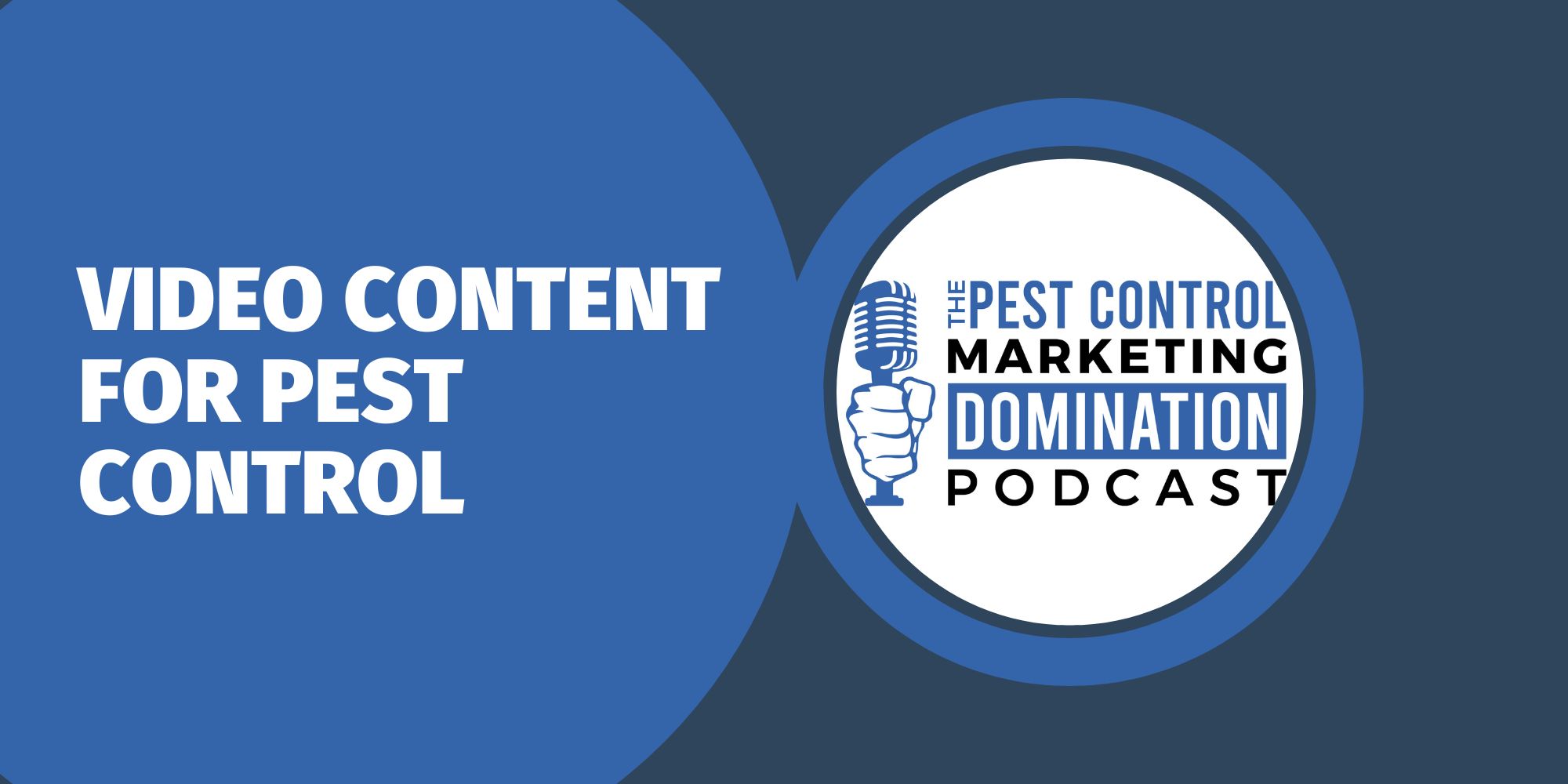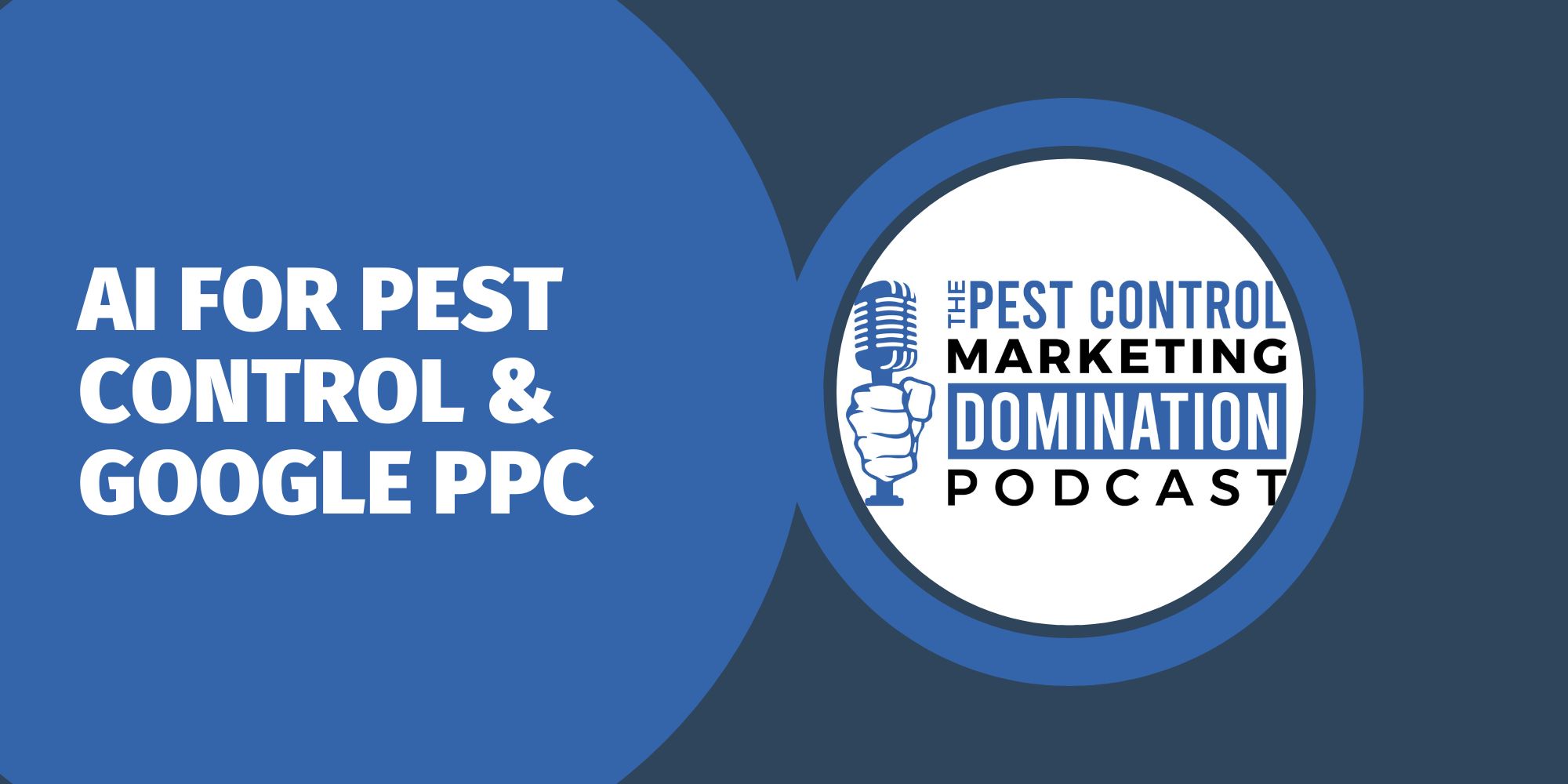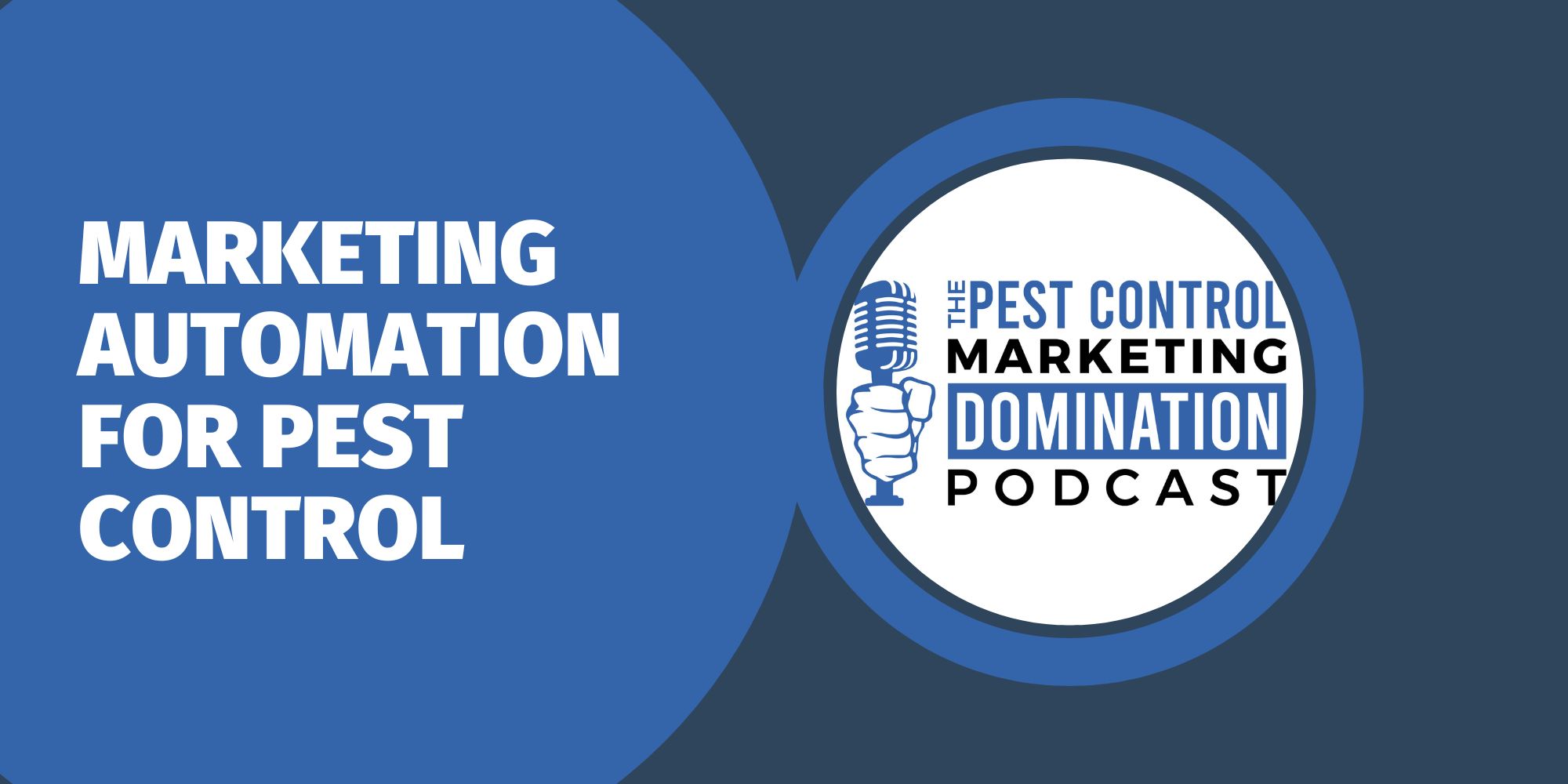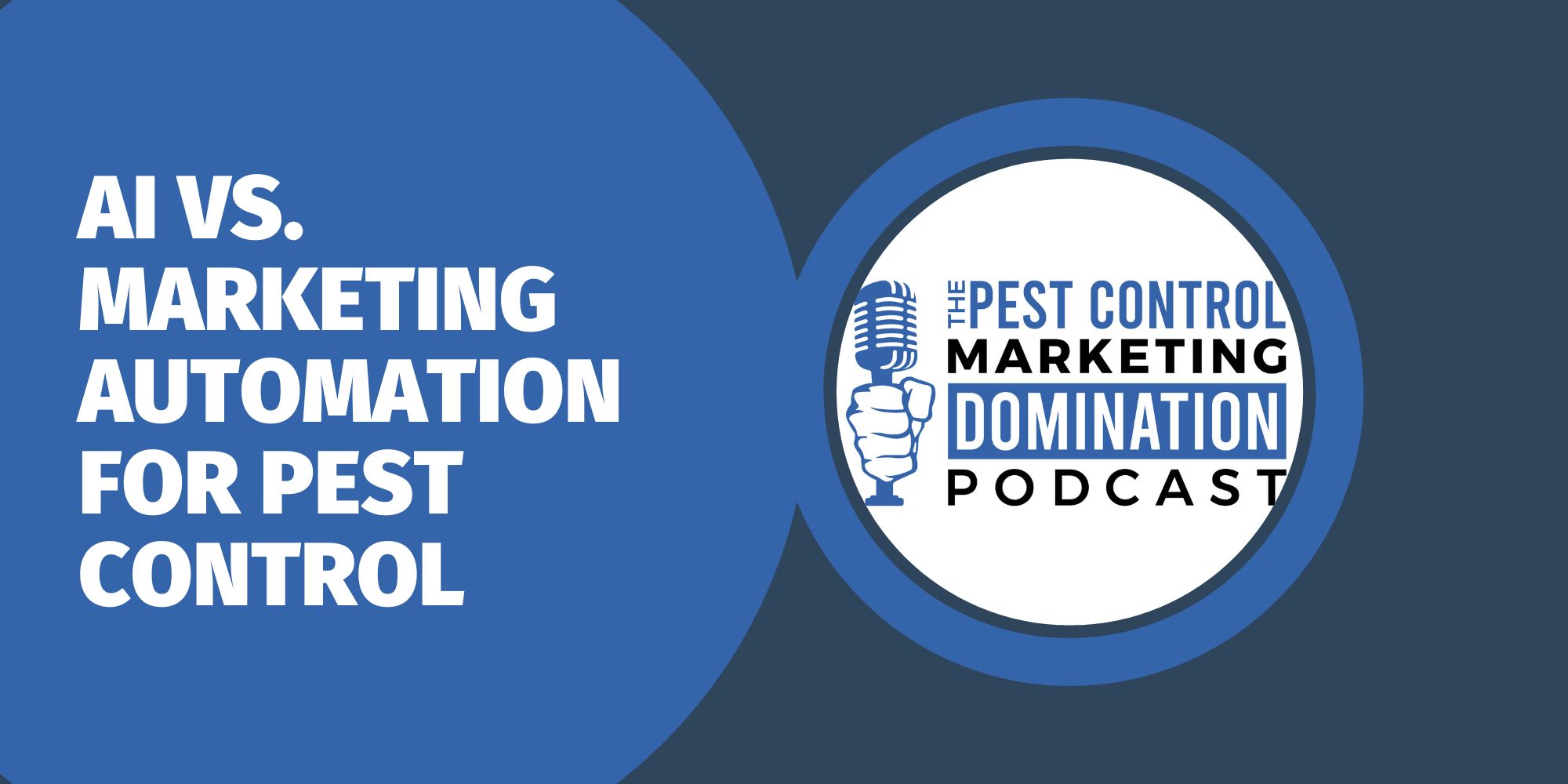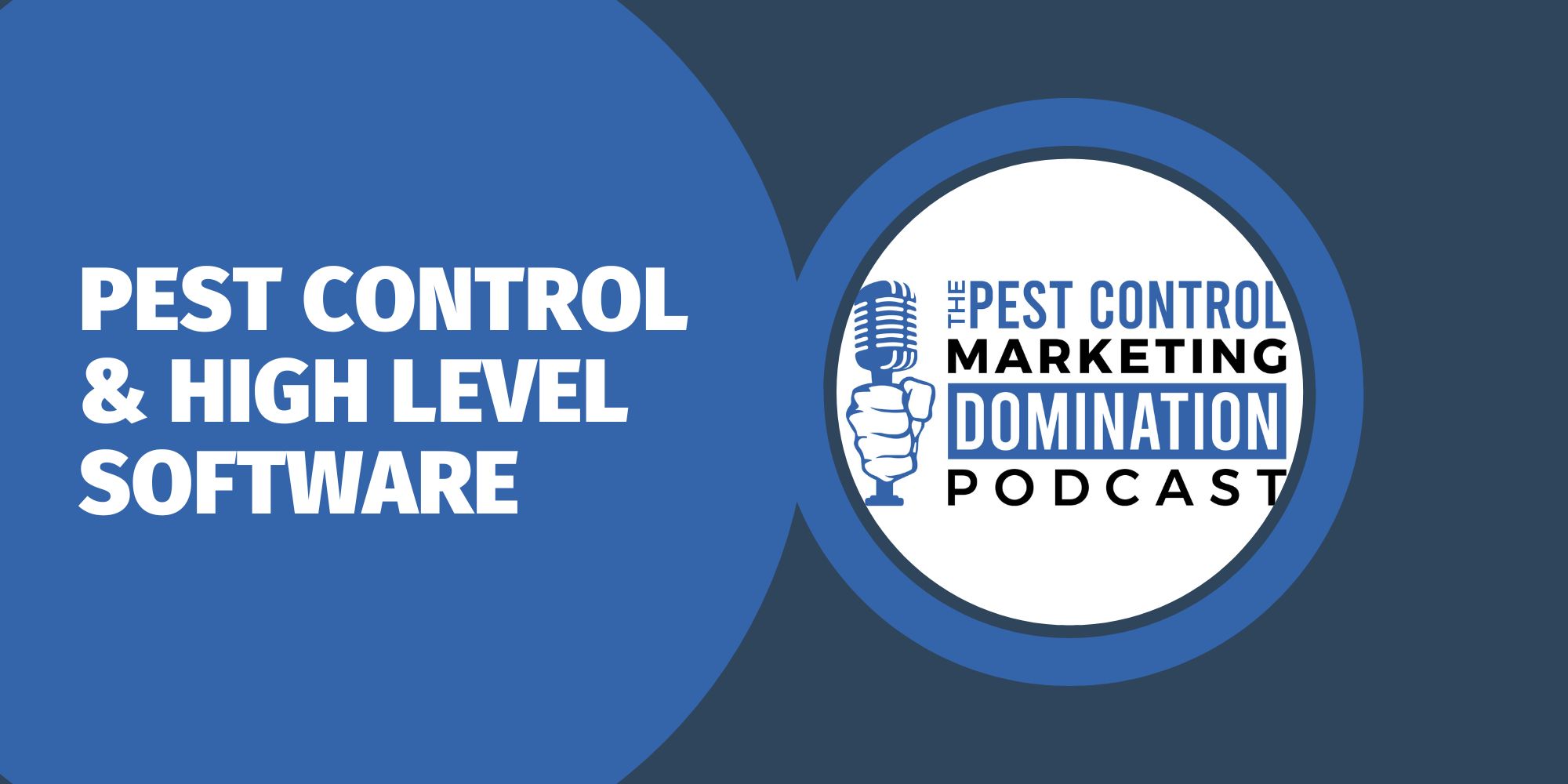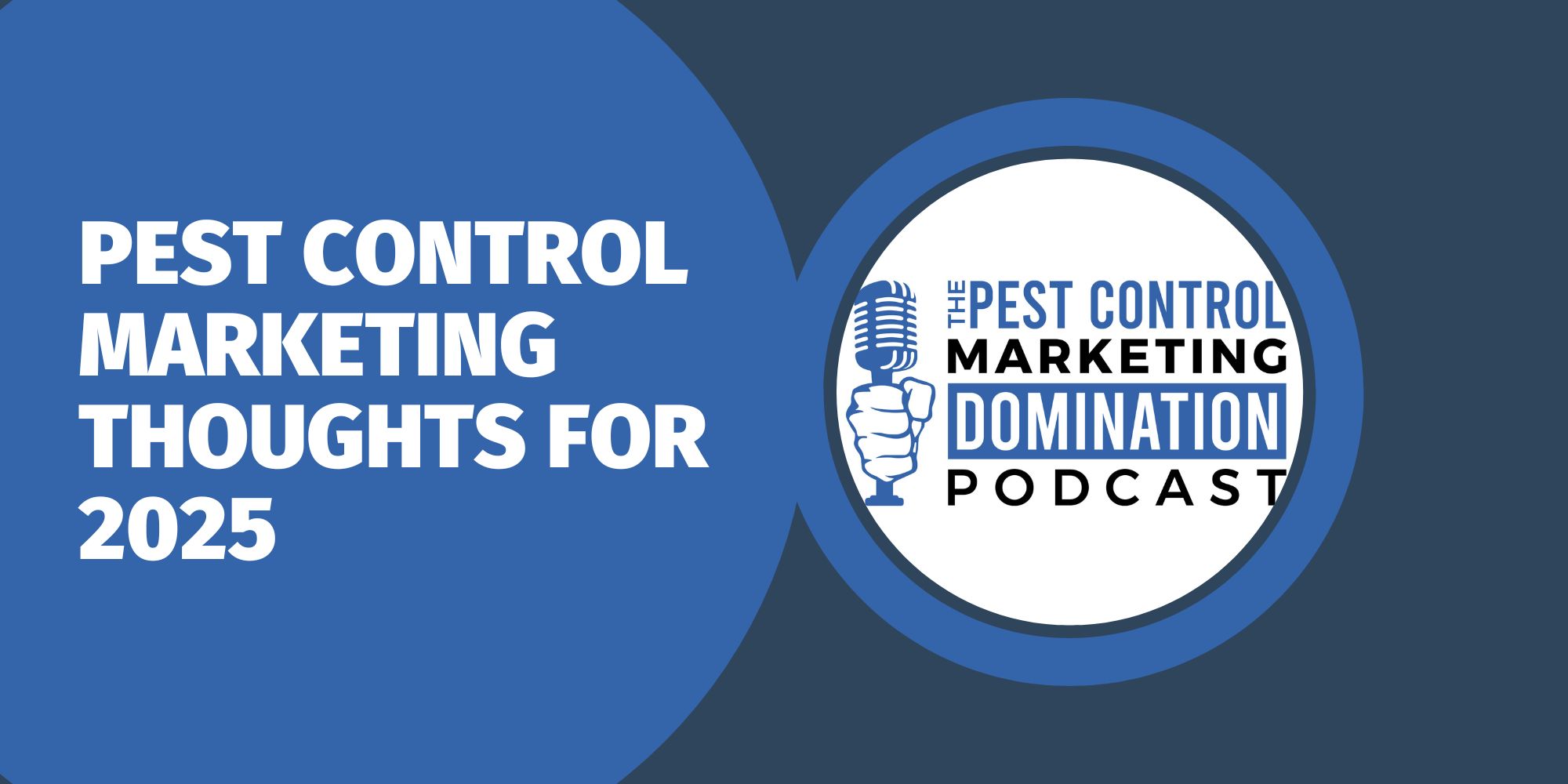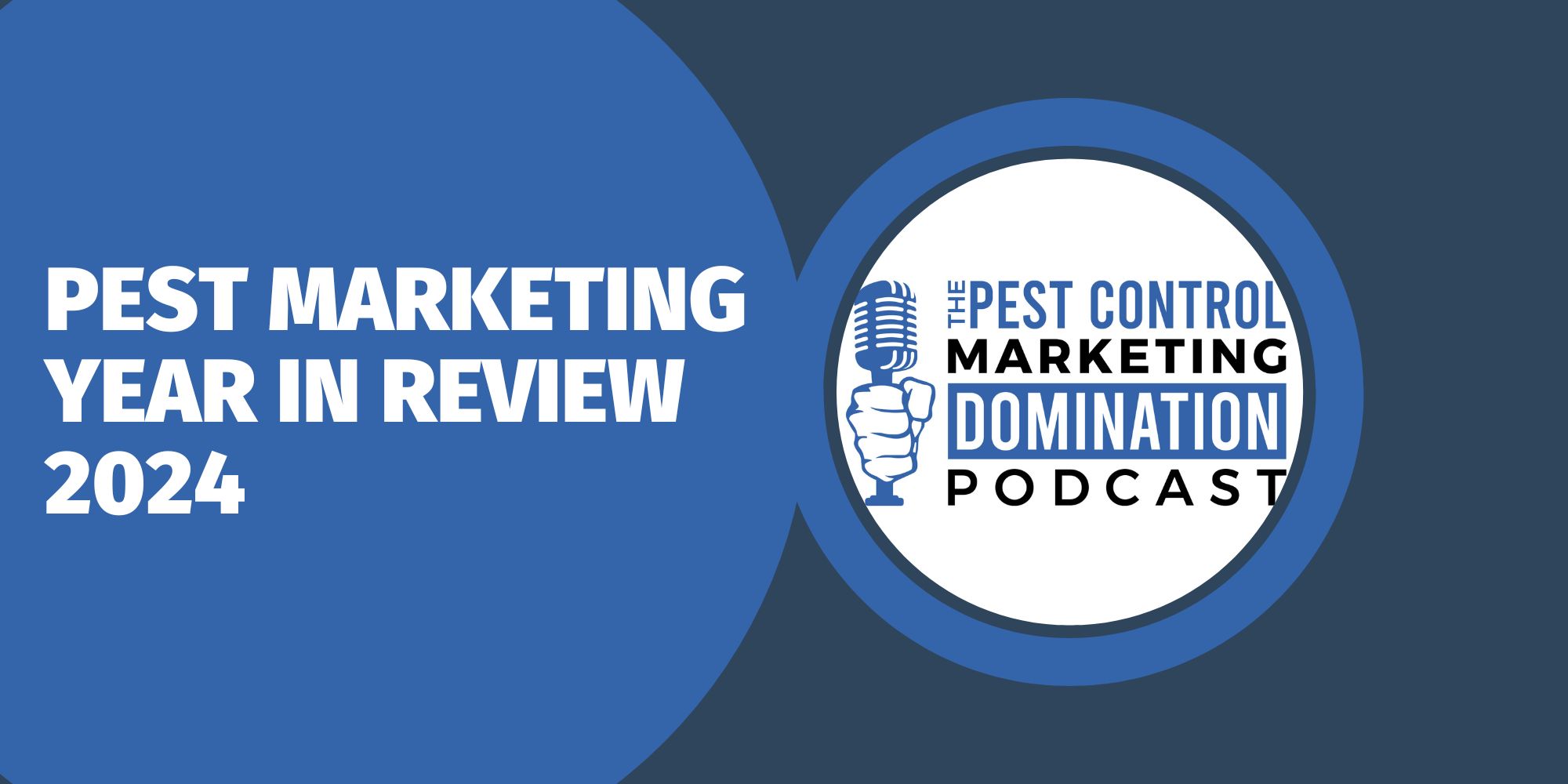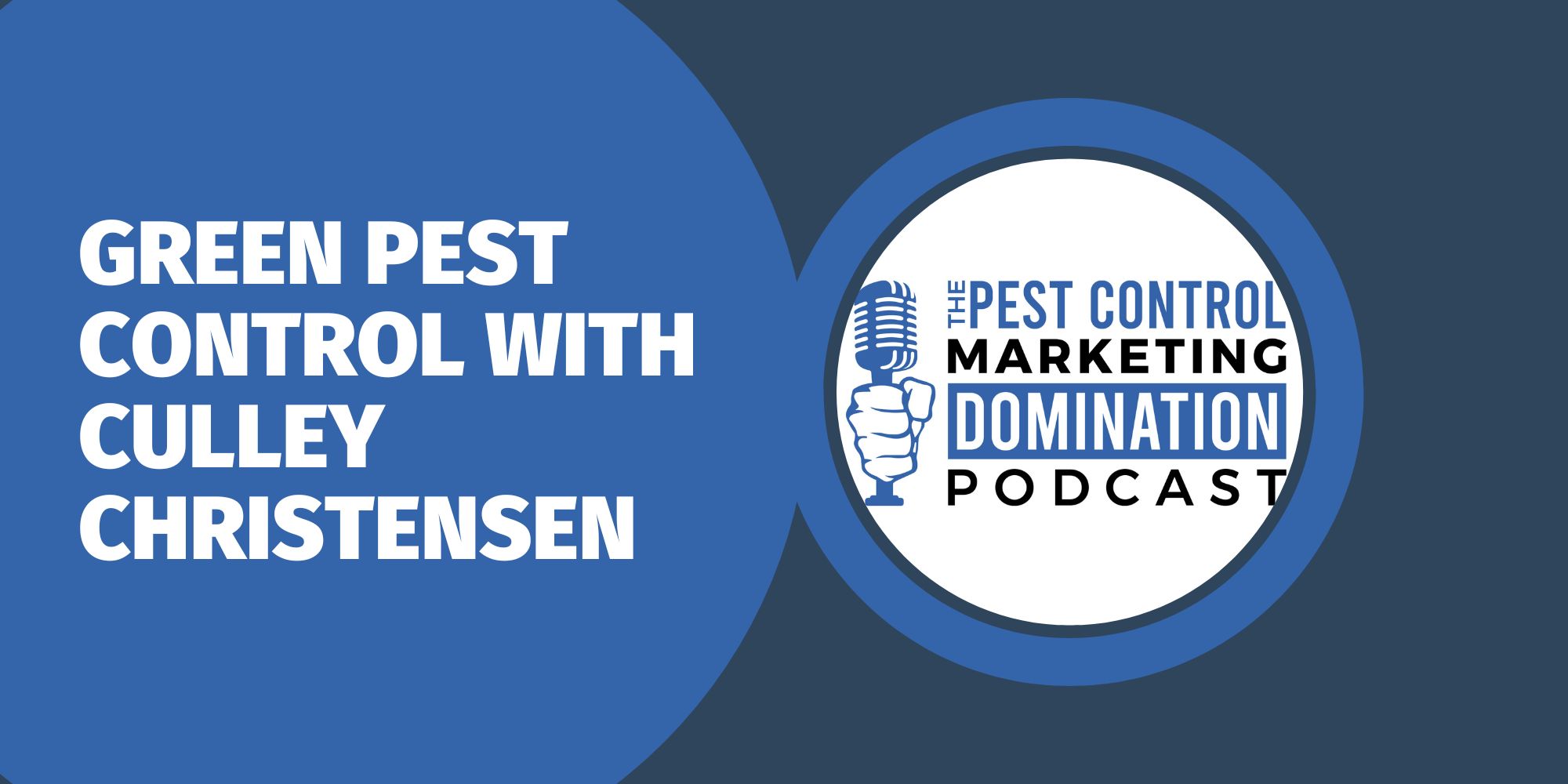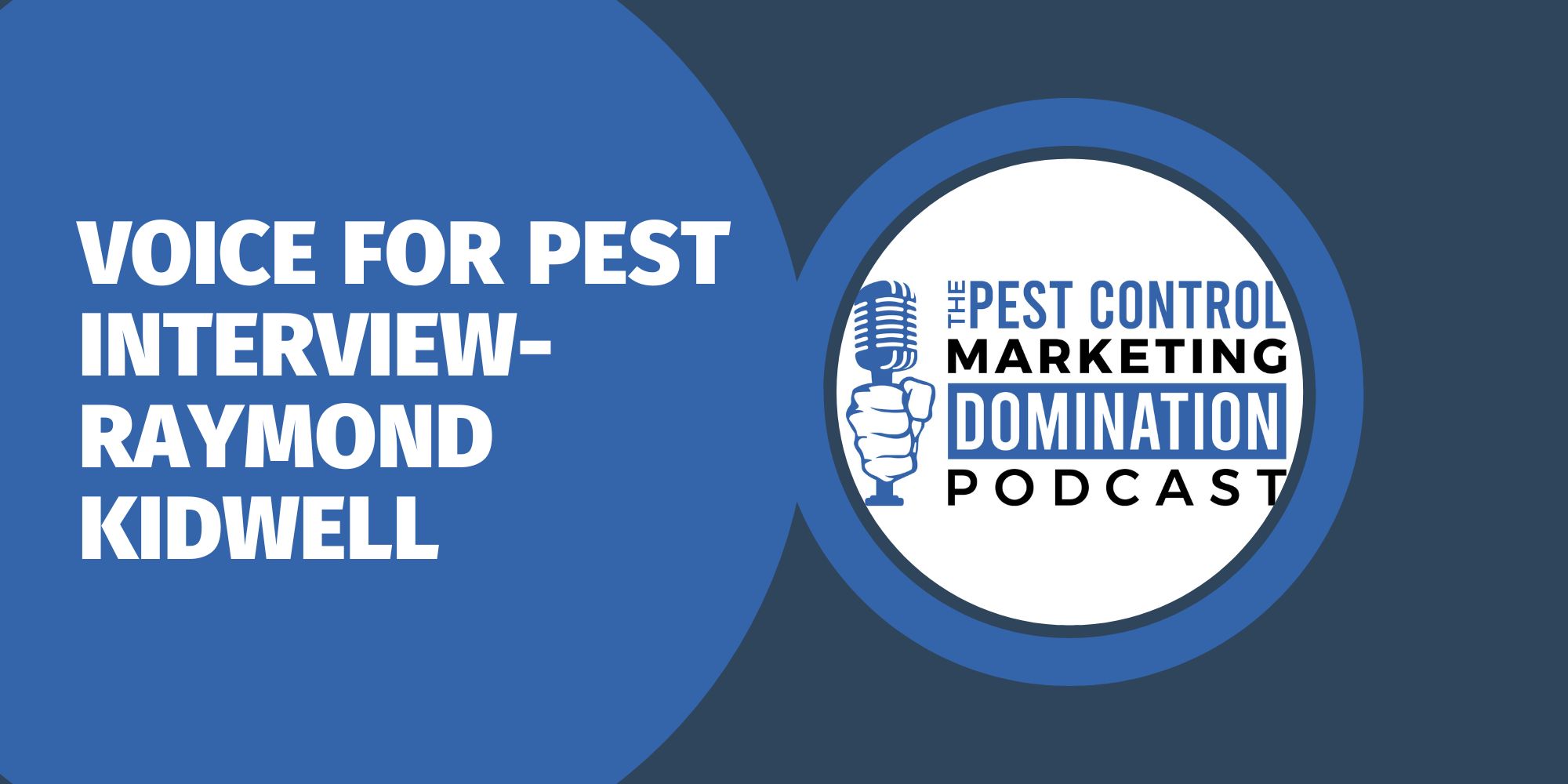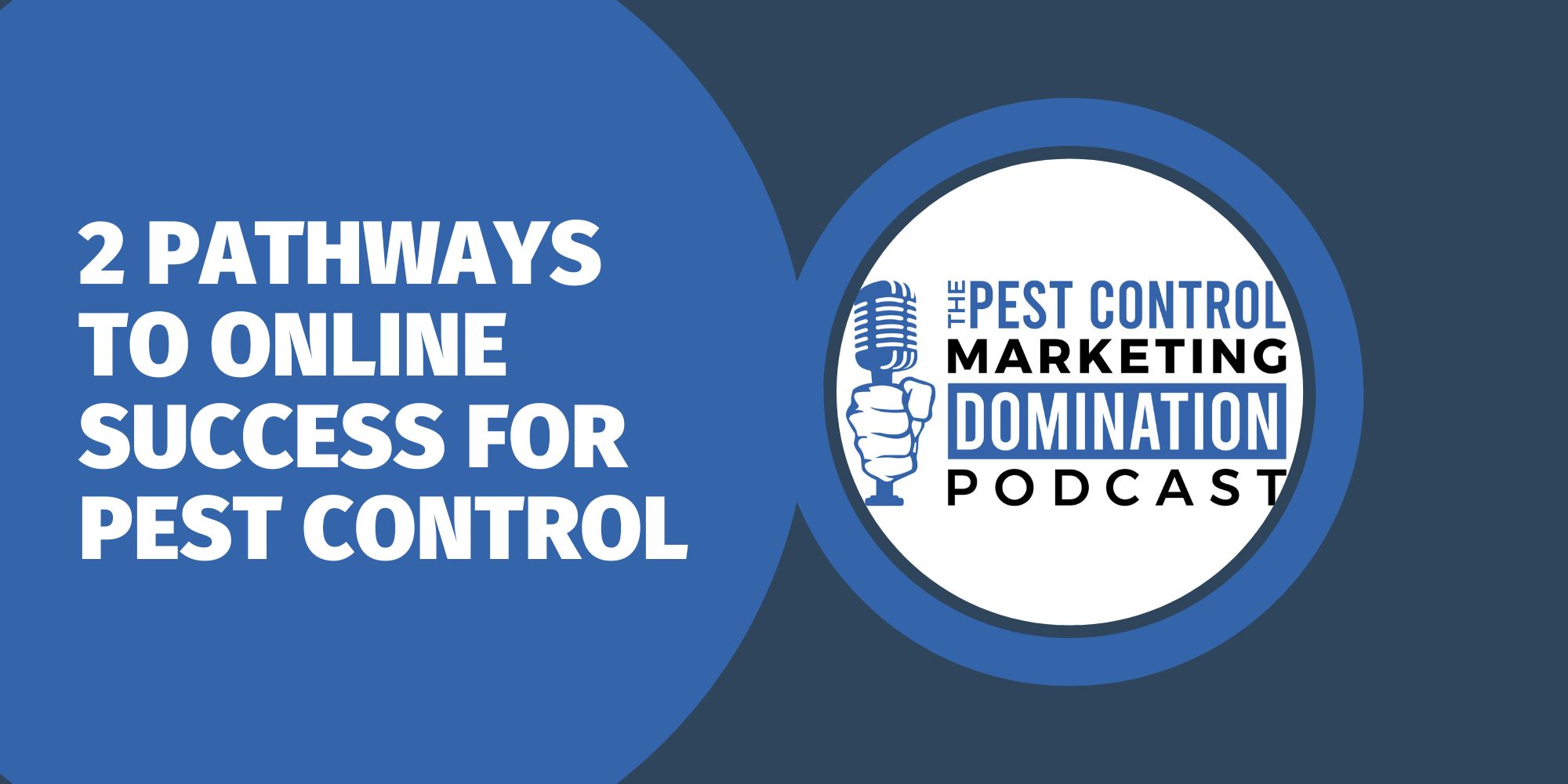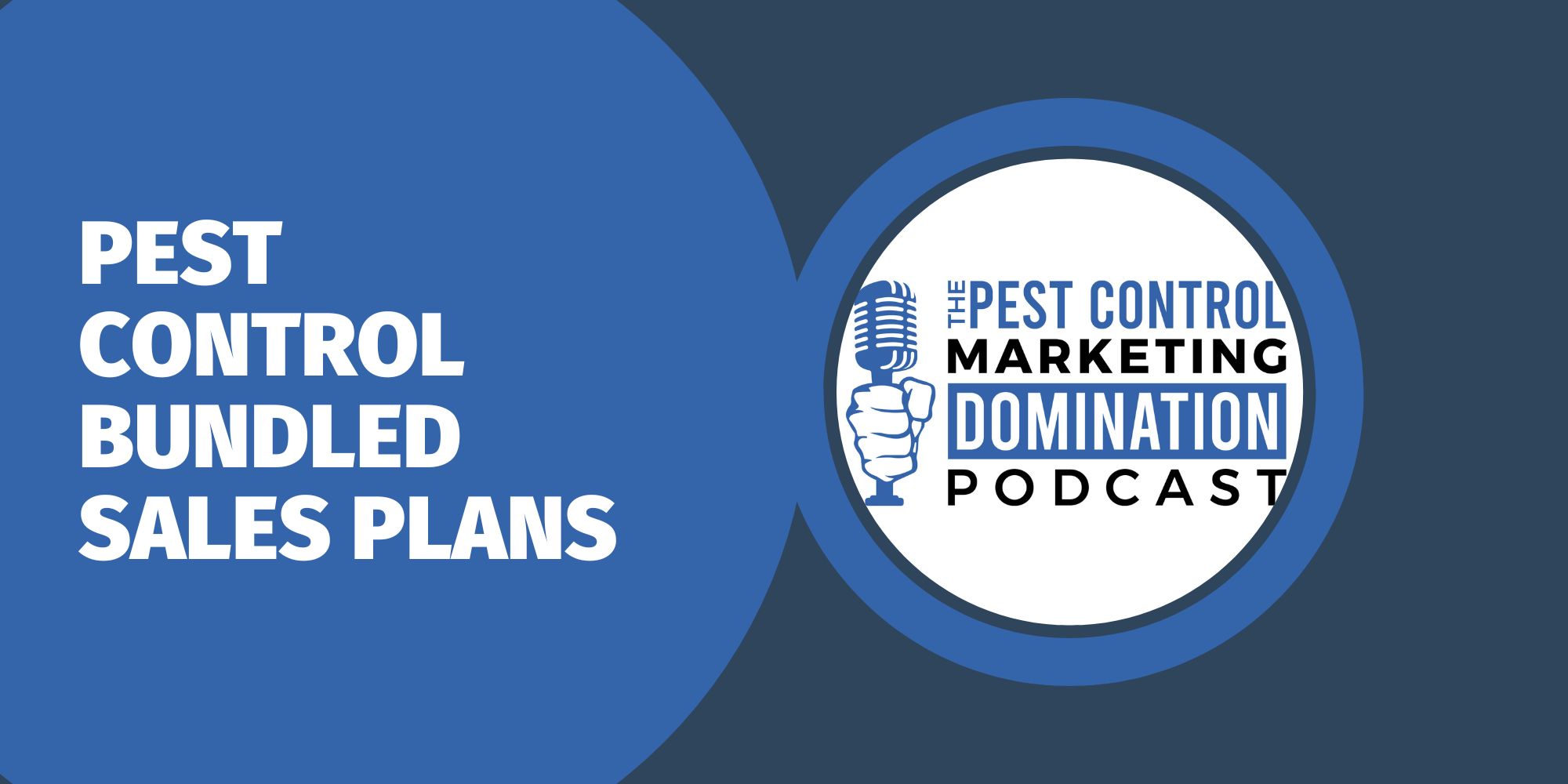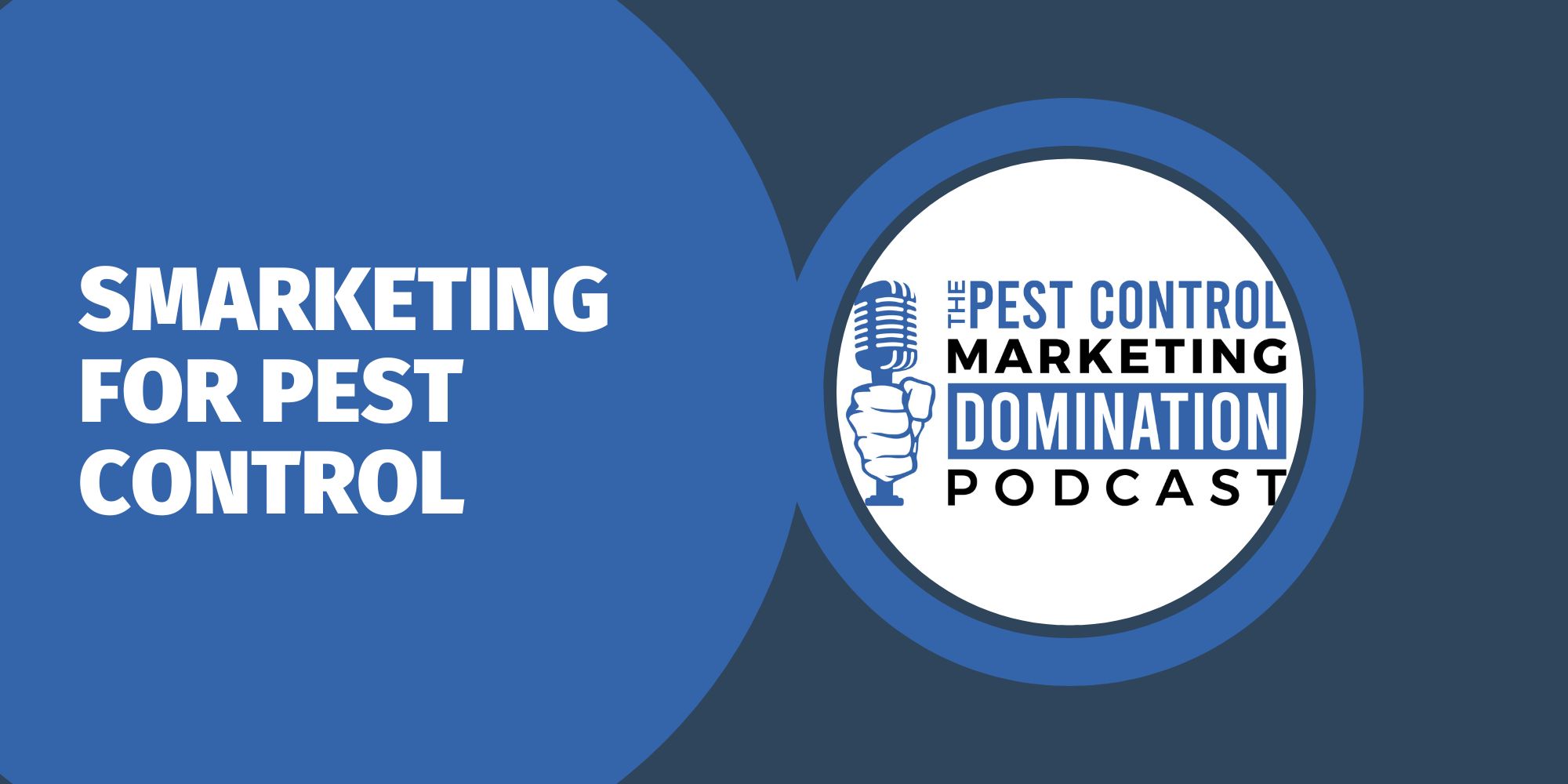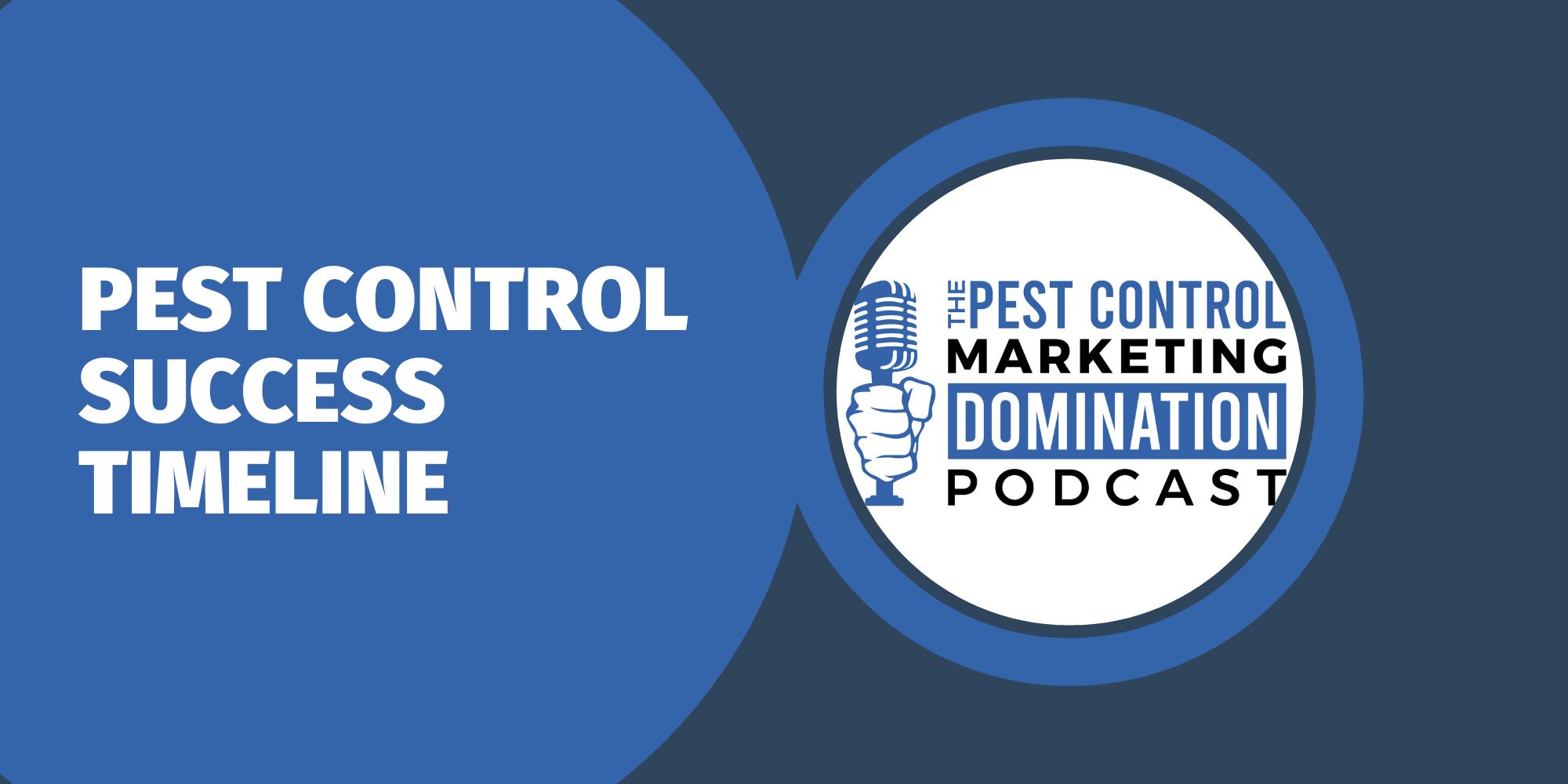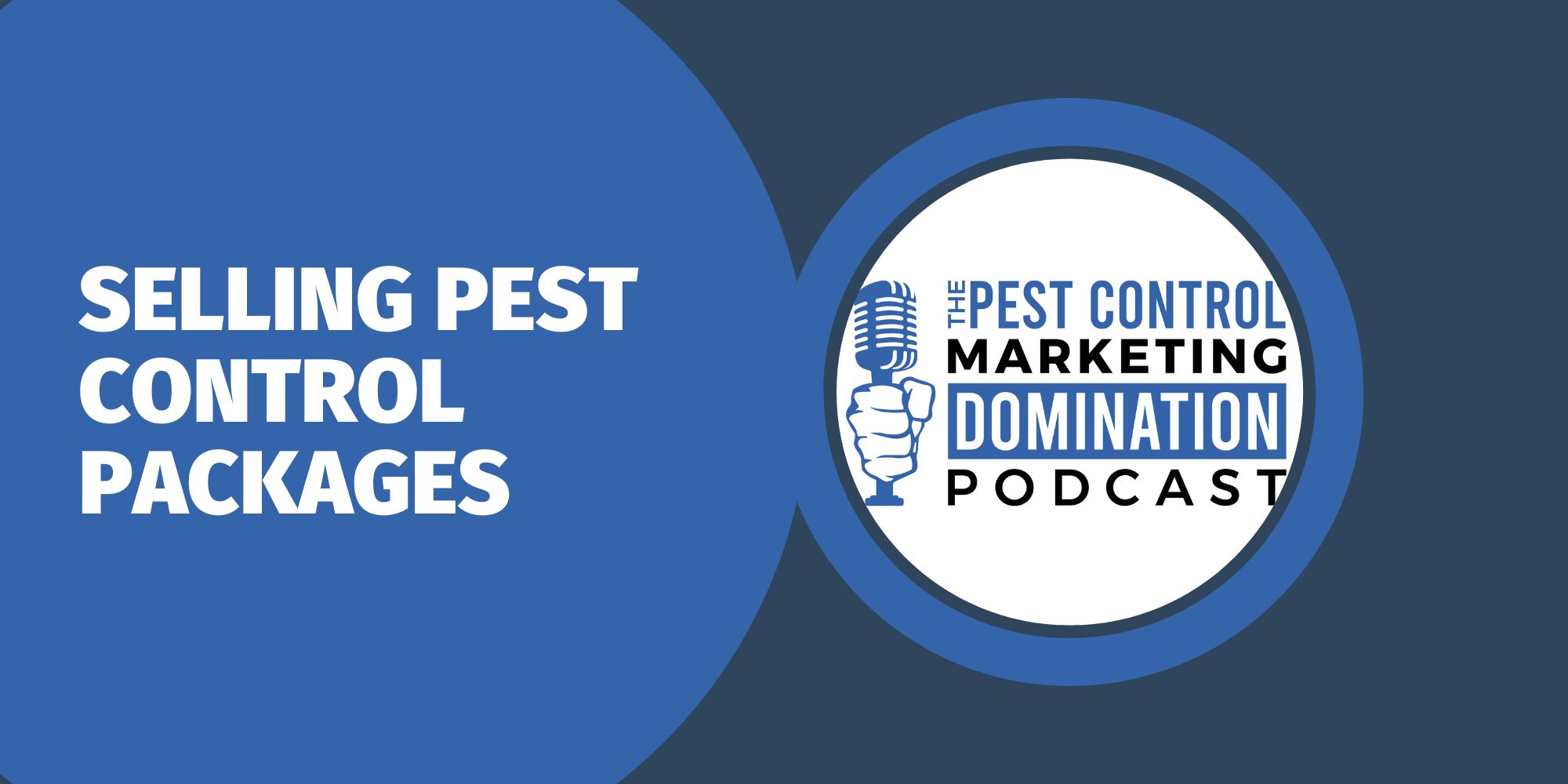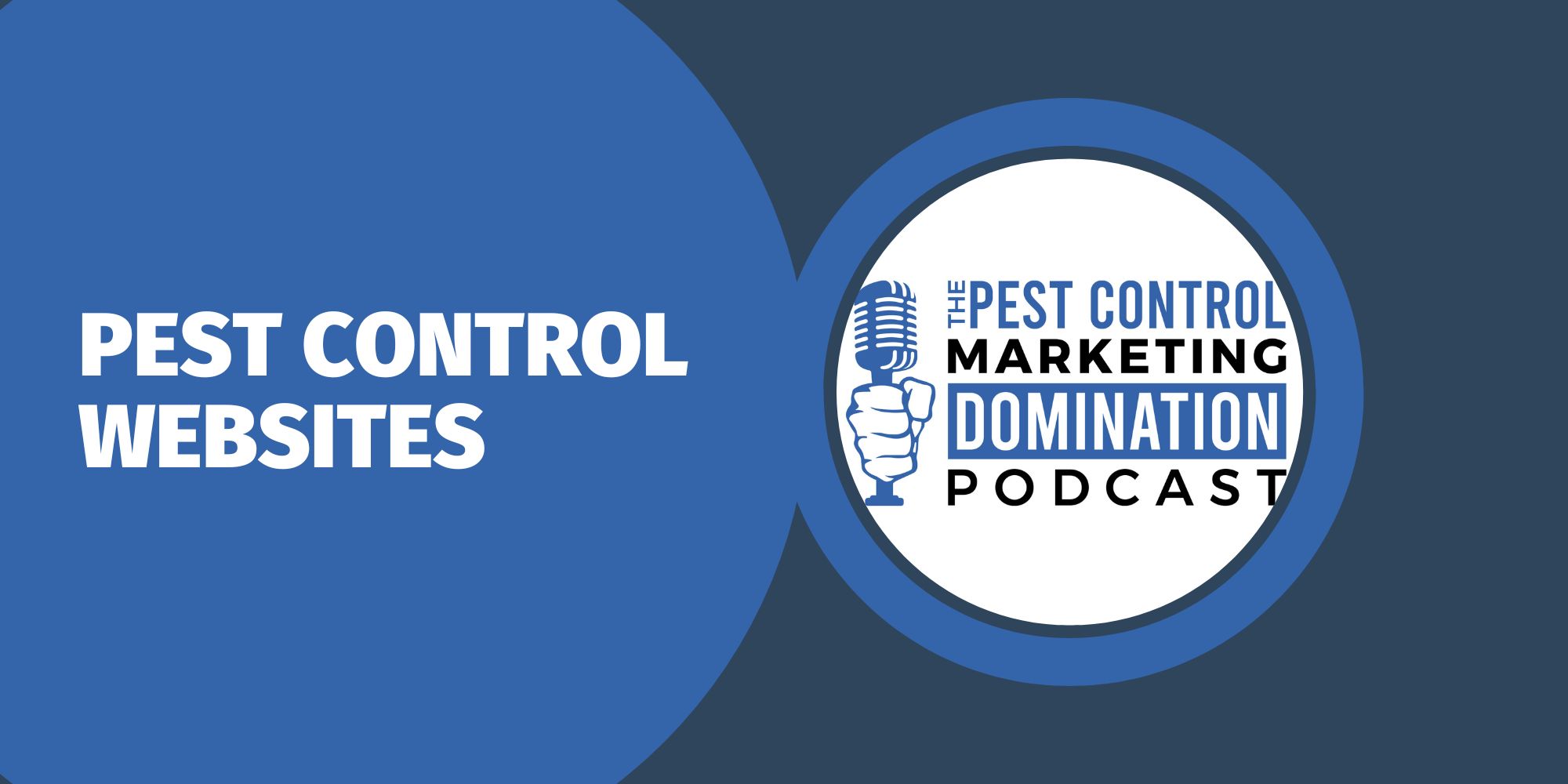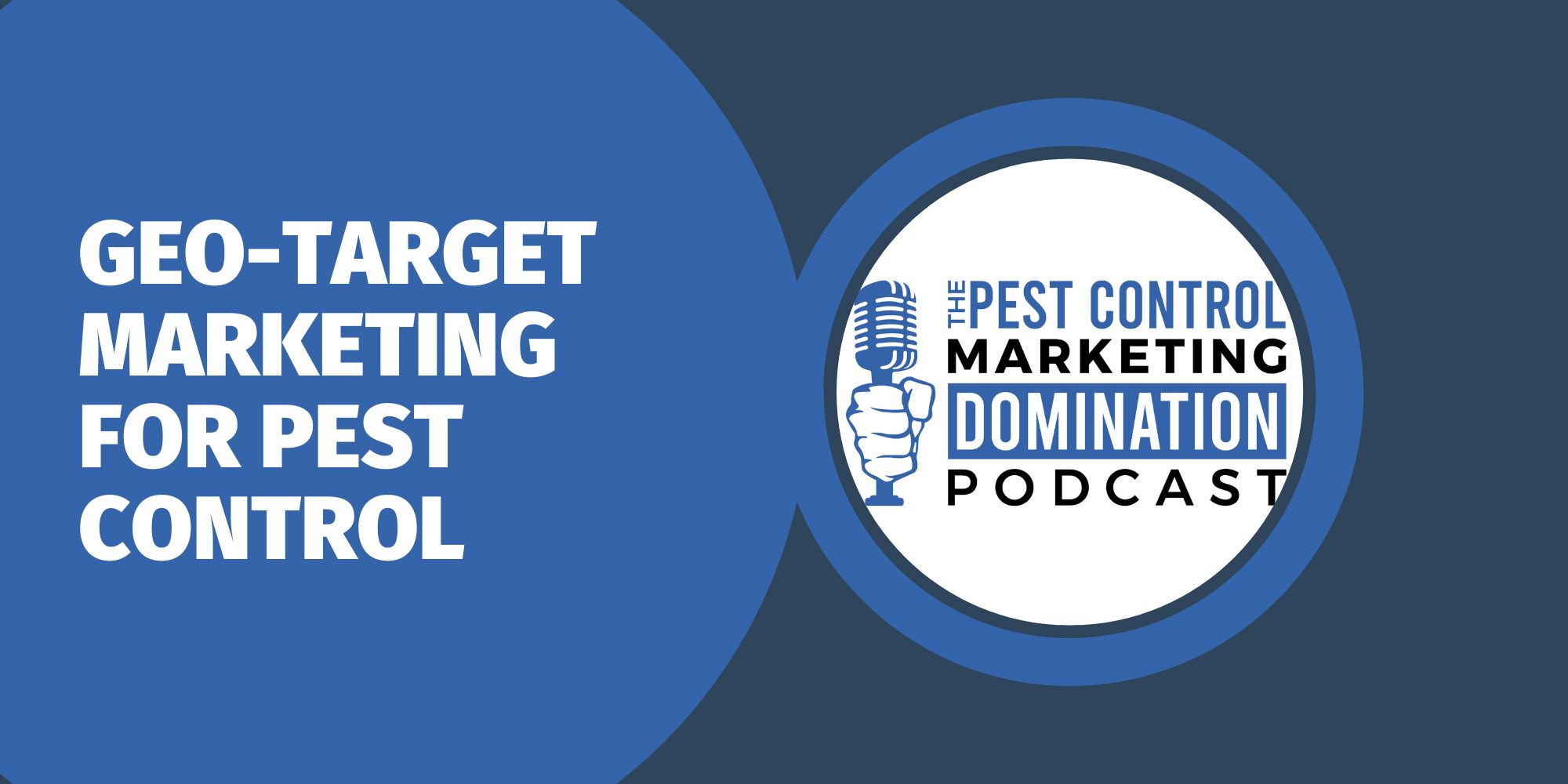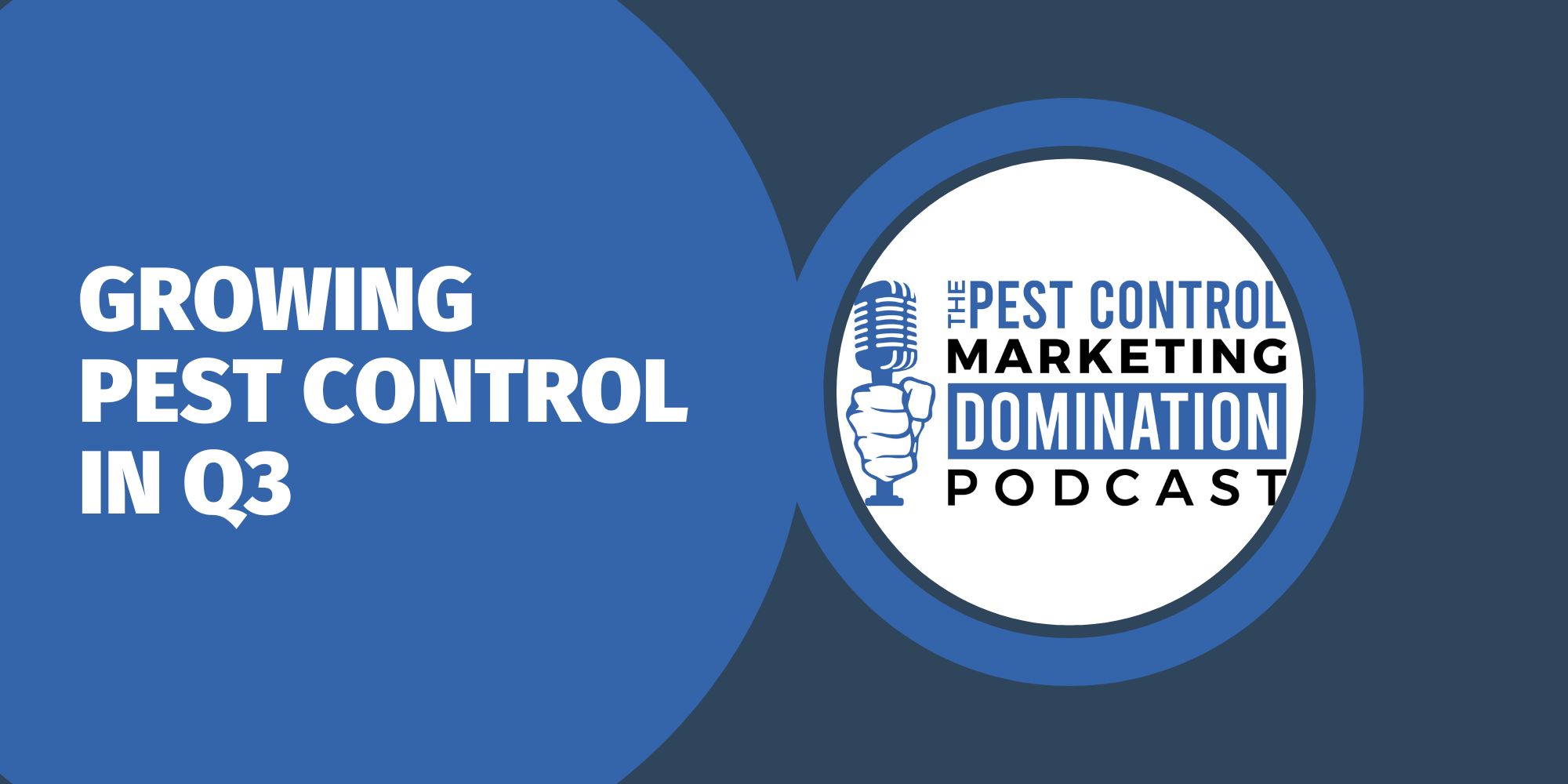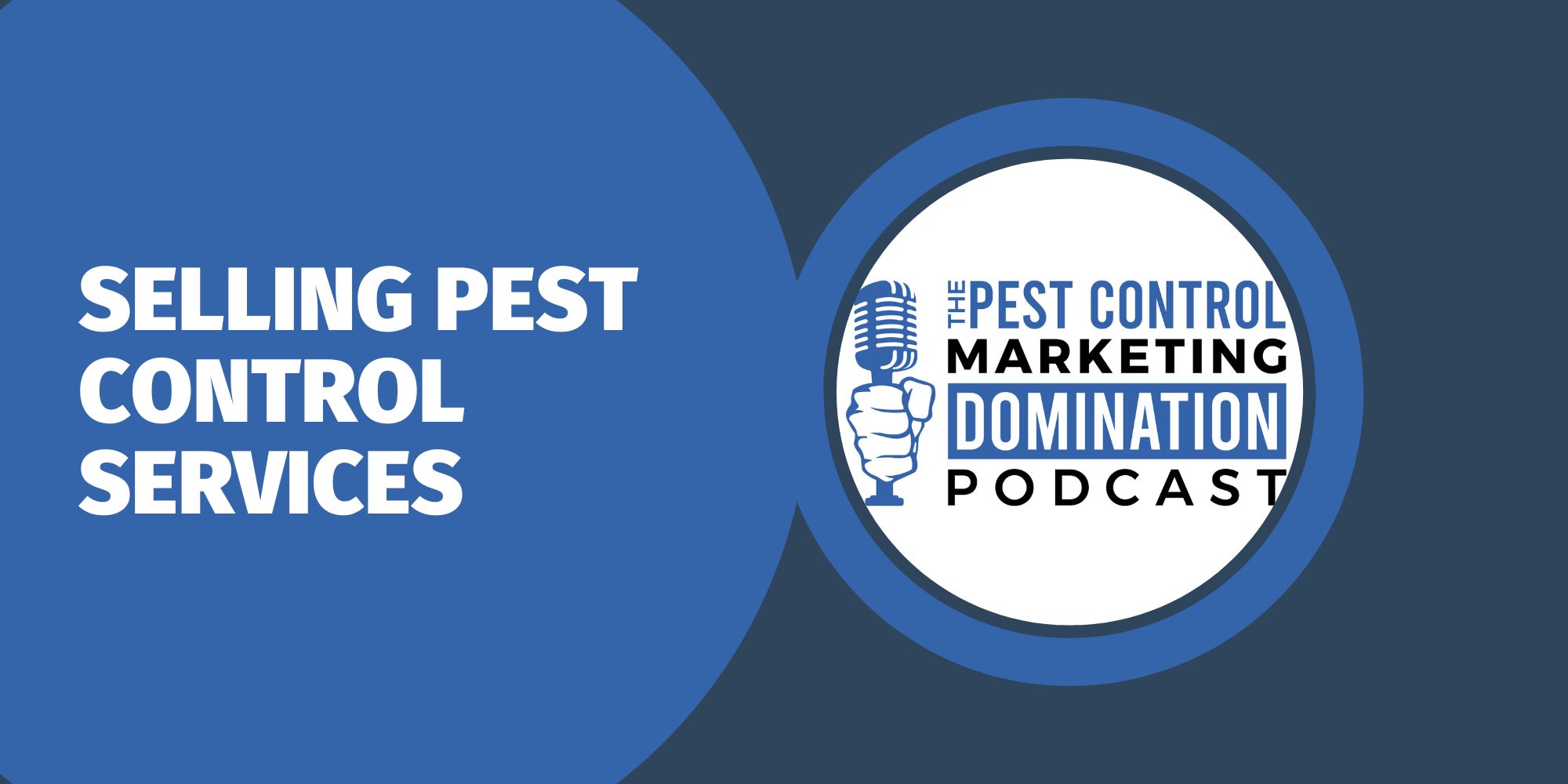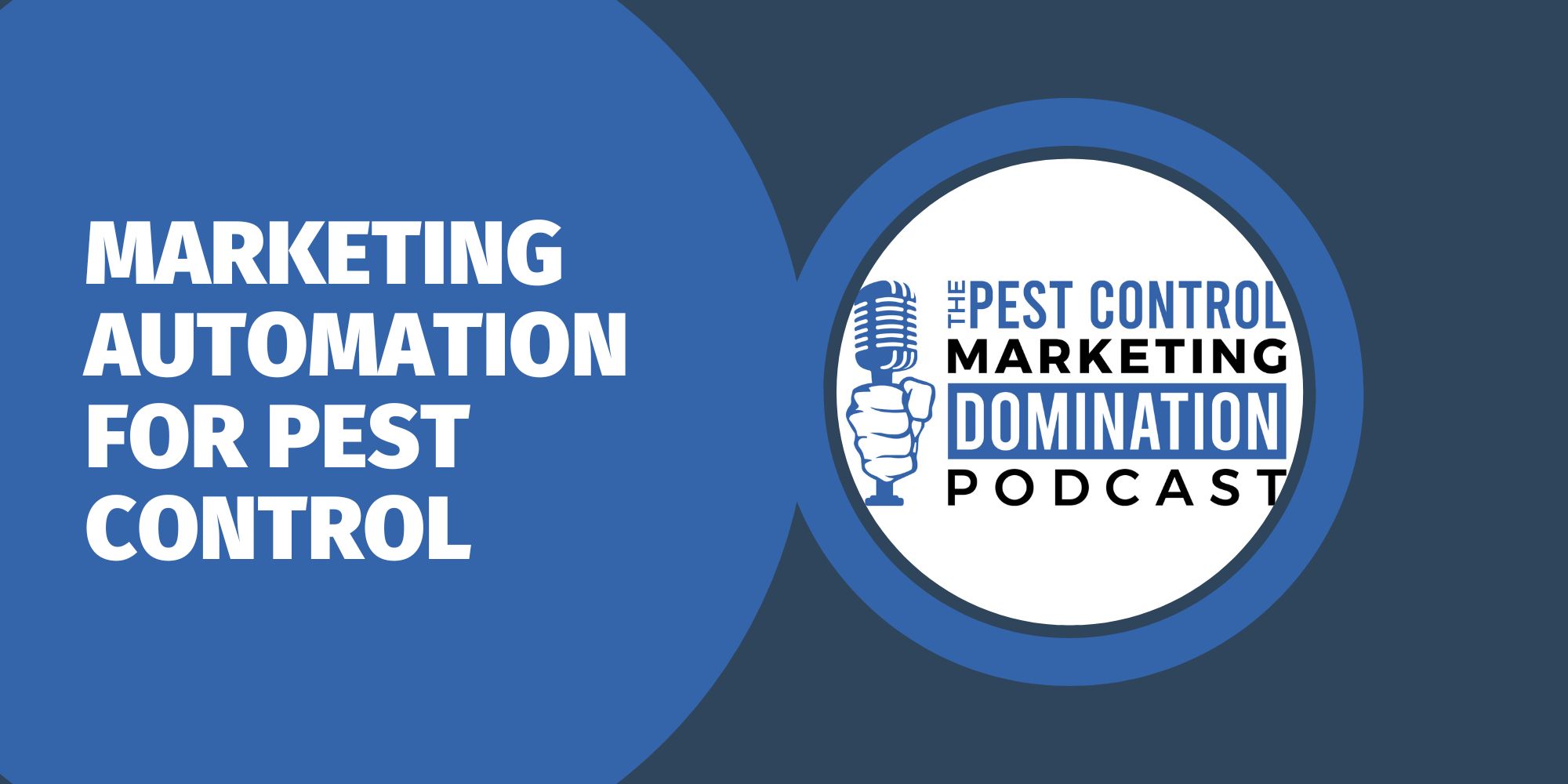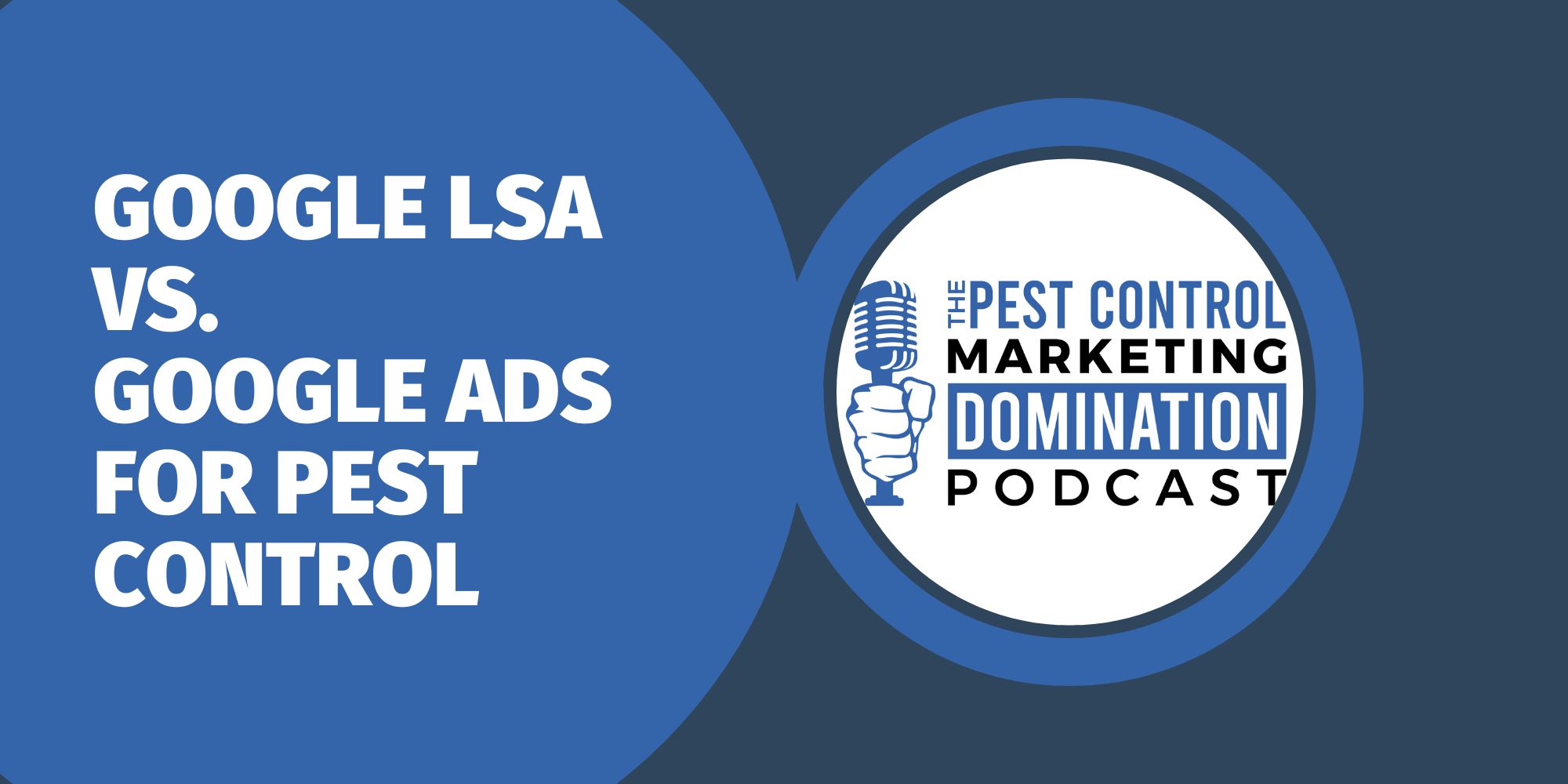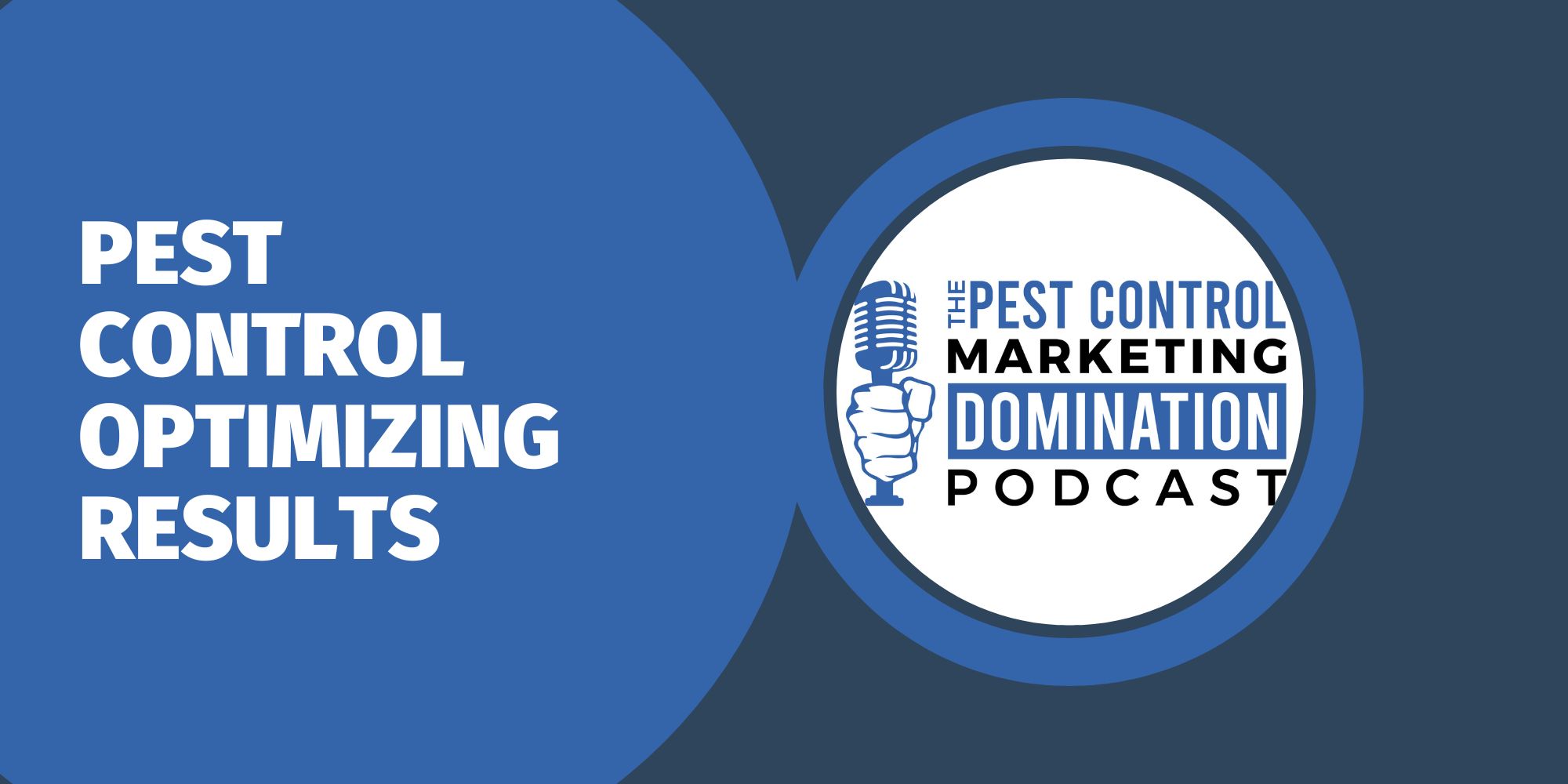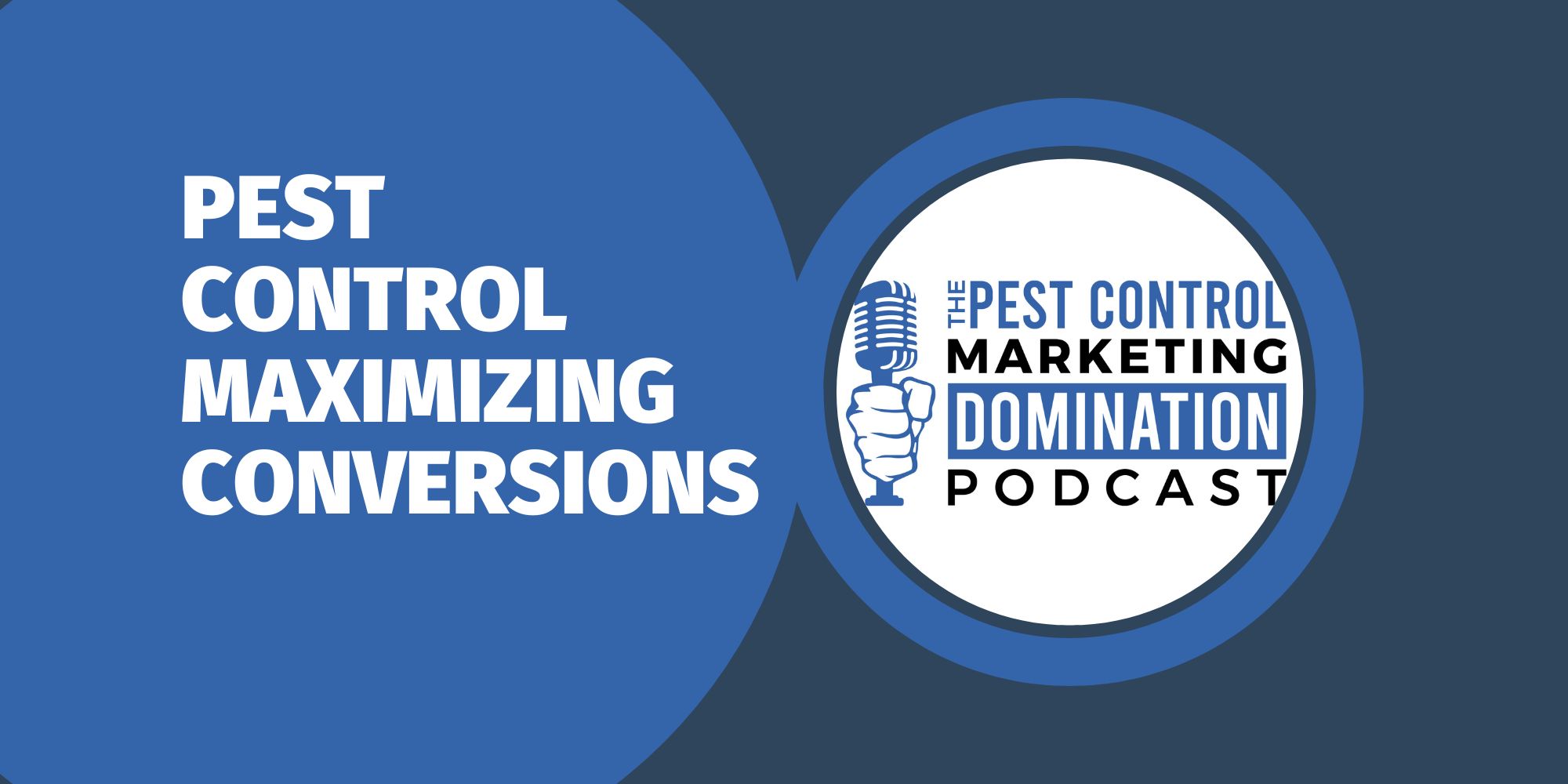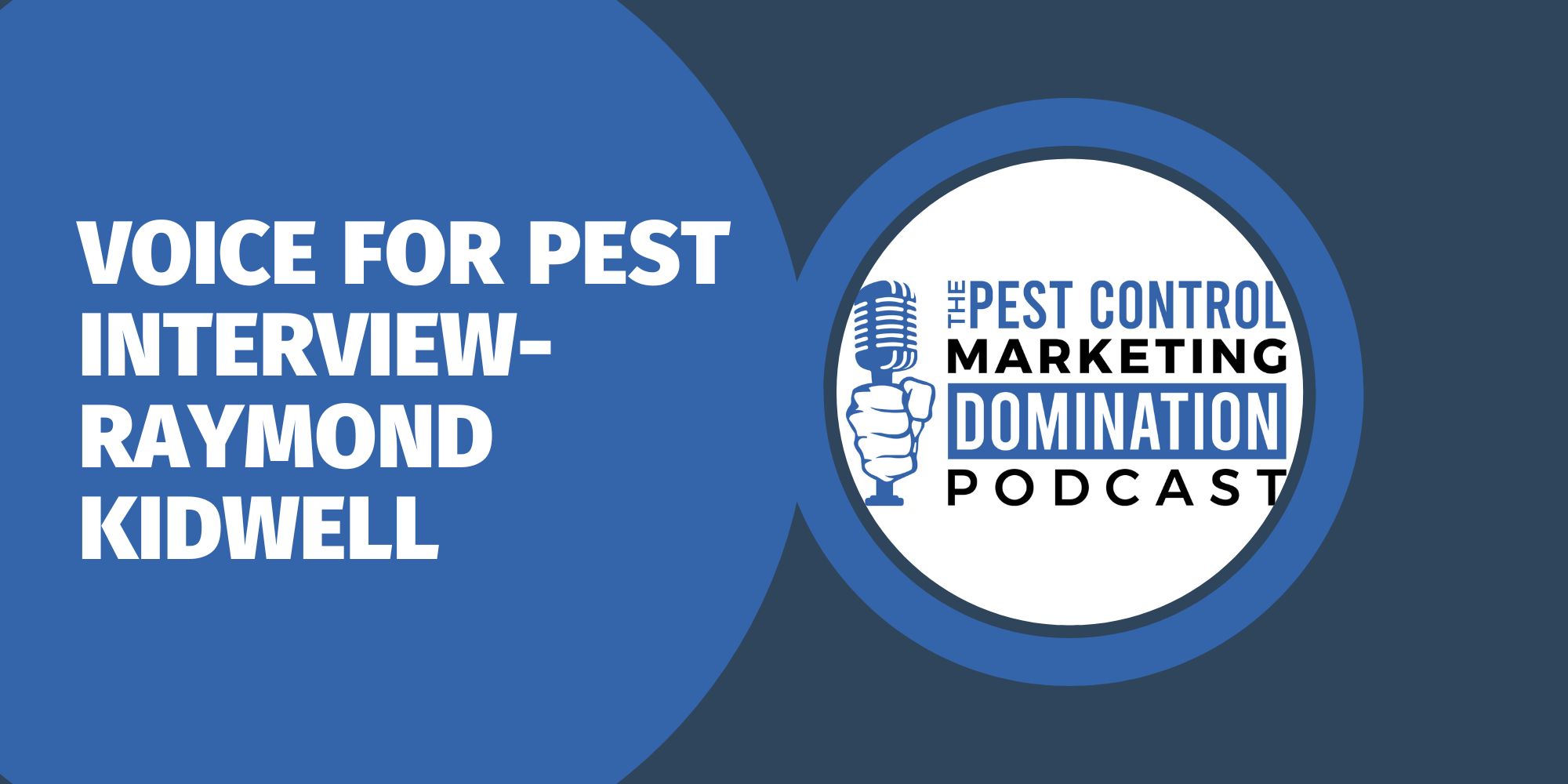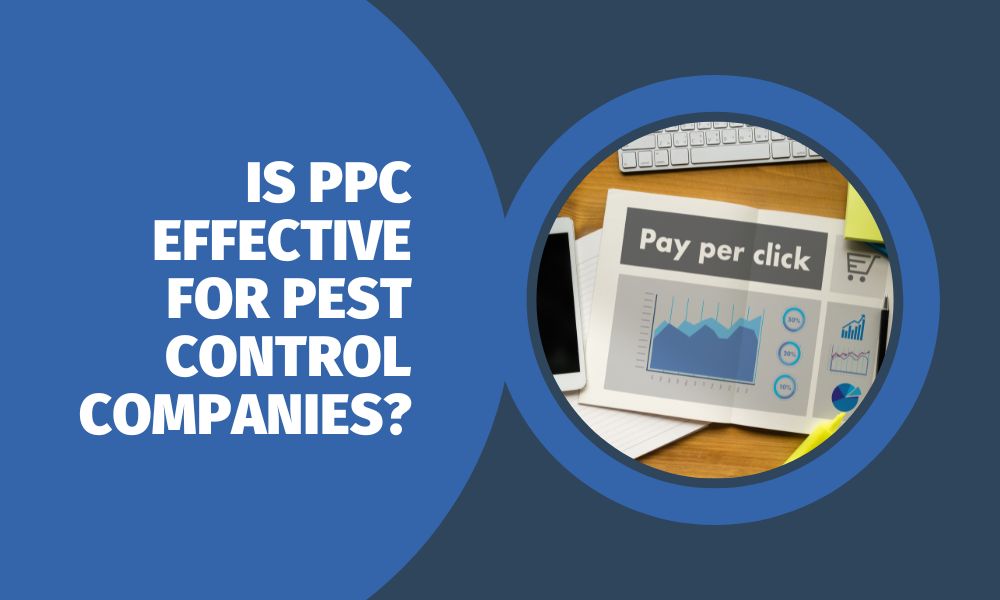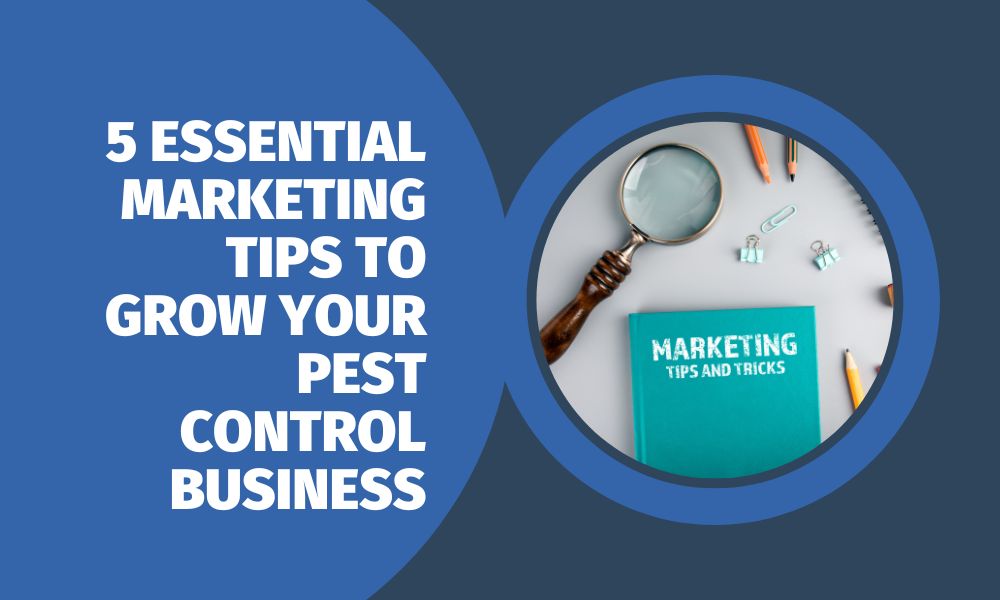If your pest control company isn’t appearing on the first page of Google, you’re leaving calls, bookings, and revenue on the table. In a market where visibility equals opportunity, securing top local rankings is what separates thriving pest control businesses from those barely being found.
Improving your search visibility starts with aligning your digital assets to what search engines care about most. Companies that focus early on technical infrastructure and local SEO for pest control often see faster performance gains.
We’ll walk through the essential pillars of ranking a pest control website on Google—starting with locally focused keyword research and moving through content architecture, backlink building, and technical optimization. Every tactic covered is designed to be actionable, measurable, and adaptable for companies looking to strengthen their online foundation.
Start with Keyword Research That Mirrors Local Intent
The most effective SEO strategies begin with understanding how your customers actually search. Pest control decisions are often urgent and location-specific, which means your keyword strategy should reflect that.
Target phrases like “termite control in Sacramento” or “bed bug exterminator near me” to capture high-intent traffic. Avoid generic terms with national competition; instead, build out a keyword map around service + city combinations tailored to your coverage area.
This sets the stage for every other optimization decision, from page structure to content themes.
Structure Pages with SEO in Mind
Your website should guide both visitors and search engine crawlers with clarity. Start with a main headline (H1) that includes your focus keyword, followed by logically organized subheadings.
For pest control companies with multiple services, create individual landing pages for each (e.g., rodent control, termite inspection, mosquito treatment). This helps users find what they’re looking for—and signals to Google that your content is relevant and specific.
Clear internal linking between pages improves crawlability and encourages users to explore your offerings naturally. Local SEO for pest control thrives on structured content that eliminates confusion and drives conversions.
Build Authority with Backlinks and Consistent NAP Data
Backlinks act like digital referrals. The more credible sources link to your site, the more search engines trust your authority. Pest control websites can build backlinks by:
- Getting listed in trusted local directories
- Publishing helpful blog content that earns organic links
- Partnering with home improvement sites or community blogs
Equally important is keeping your NAP—Name, Address, and Phone—identical across all platforms. Inconsistent data across listings hurts rankings and creates friction for customers trying to reach you.
Optimize for Speed and Mobile Performance
Technical SEO impacts how search engines rank your site and how users experience it. A slow, clunky website can drive potential customers away before they even pick up the phone.
Steps to improve performance include:
- Compressing images to reduce load times
- Cleaning up code and minimizing plugins
- Ensuring mobile responsiveness across all devices
- Securing your site with HTTPS
With most pest control searches happening on phones, mobile optimization for pest control websites isn’t optional—it’s mission-critical.
Use Google’s Tools Strategically
Search engines want to reward businesses that play by their rules. That’s why tools like Google Search Console and Google Business Profile are vital to increasing rankings.
Search Console allows you to:
- Submit sitemaps
- Monitor indexing issues
- Analyze keyword click-through rates
Meanwhile, a complete and optimized Google Business Profile helps your company show up in the coveted “local 3-pack” when users search for pest control near them. Fill out all service categories, add recent photos, gather reviews, and respond to customer questions regularly.
This integrated approach using Google tools for pest control companies helps build both visibility and trust.
Strengthen Visibility Through Structured Content Clusters
One of the most overlooked SEO strategies in pest control marketing is the use of well-defined content clusters—a method where your main service pages are supported by related blog posts and subtopics that build depth and relevance. For example, a termite control service page can be backed by blog articles on signs of infestation, seasonal termite risks, or the benefits of preventative treatment. When executed properly, content clusters help search engines understand the full scope of your expertise while guiding users through valuable information that builds trust.
Interlinking these pages strengthens your topical authority, improves dwell time, and gives your website more opportunities to rank for long-tail queries. This structured approach complements your keyword strategy while giving customers a natural path from education to conversion.
Your Path to Page One Starts Here
SEO isn’t static—it’s strategic. Ranking on the first page of Google doesn’t happen by accident; it’s the result of smart planning, consistent action, and continual refinement.
For pest control companies ready to take the next step, investing in professional strategy makes all the difference. That includes backlink acquisition, mobile optimization, and NAP directory listing and backlinks for pest control companies.
At Rhino Pest Control Marketing, we specialize in building SEO ecosystems designed to deliver measurable dominance. Our technical and creative teams work together to map keywords, audit technical performance, and craft content that earns attention—and leads.
Contact Rhino Pest Control Marketing today and let our team build you a smarter, faster, and stronger online presence that gets your pest control business noticed—and chosen—by local customers.


